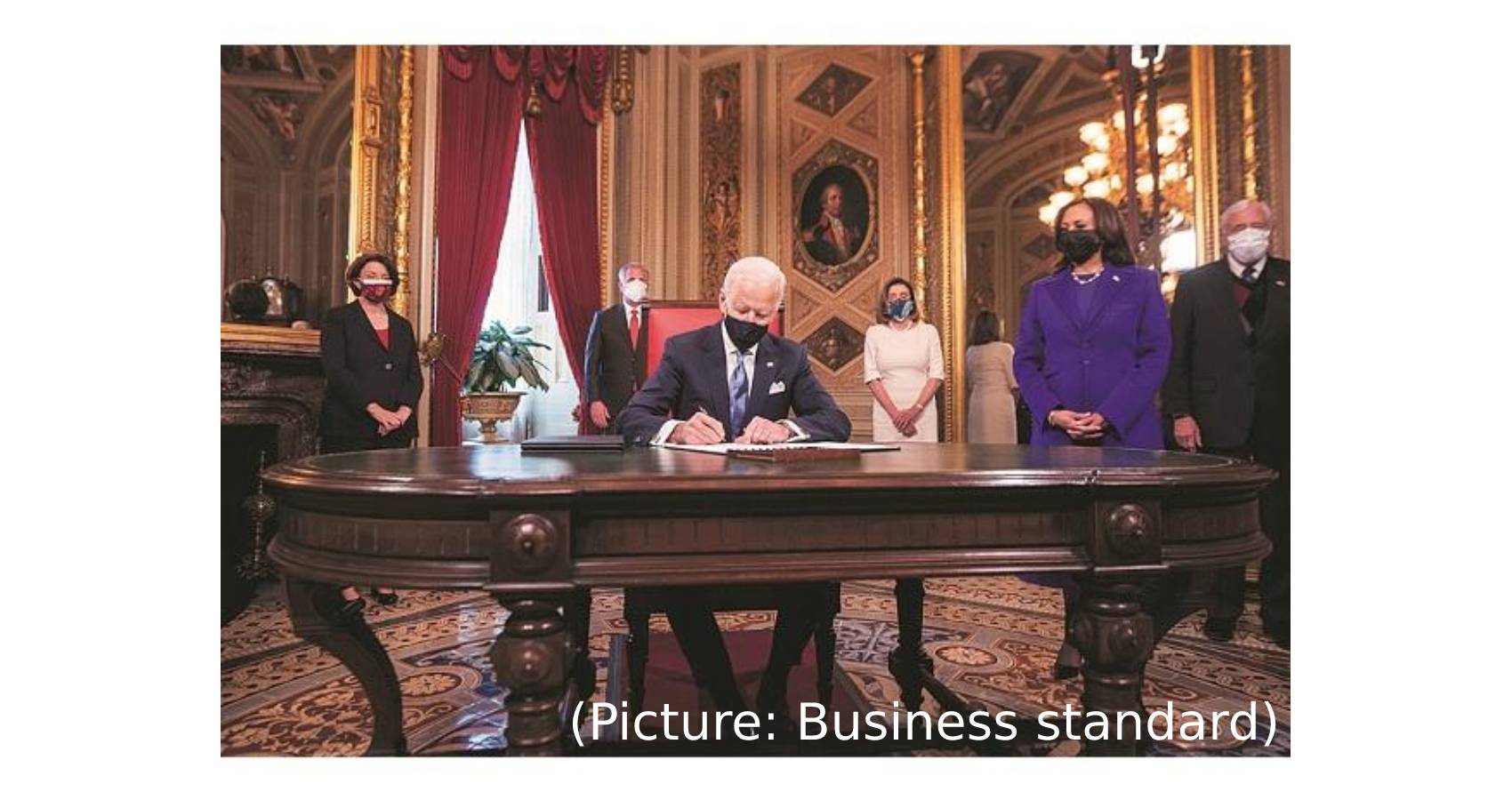The United States has more immigrants than any other country in the world. Today, more than 40 million people living in the U.S. were born in another country, accounting for about one-fifth of the world’s migrants. The population of immigrants is also very diverse, with just about every country in the world represented among U.S. immigrants.
Pew Research Center regularly publishes statistical portraits of the nation’s foreign-born population, which include historical trends since 1960. Based on these portraits, here are answers to some key questions about the U.S. immigrant population.
How many people in the U.S. are immigrants?
The U.S. foreign-born population reached a record 44.8 million in 2018. Since 1965, when U.S. immigration laws replaced a national quota system, the number of immigrants living in the U.S. has more than quadrupled. Immigrants today account for 13.7% of the U.S. population, nearly triple the share (4.8%) in 1970. However, today’s immigrant share remains below the record 14.8% share in 1890, when 9.2 million immigrants lived in the U.S.
What is the legal status of immigrants in the U.S.?
Most immigrants (77%) are in the country legally, while almost a quarter are unauthorized, according to new Pew Research Center estimates based on census data adjusted for undercount. In 2017, 45% were naturalized U.S. citizens.
Some 27% of immigrants were permanent residents and 5% were temporary residents in 2017. Another 23% of all immigrants were unauthorized immigrants. From 1990 to 2007, the unauthorized immigrant population more than tripled in size – from 3.5 million to a record high of 12.2 million in 2007. By 2017, that number had declined by 1.7 million, or 14%. There were 10.5 million unauthorized immigrants in the U.S. in 2017, accounting for 3.2% of the nation’s population.
The decline in the unauthorized immigrant population is due largely to a fall in the number from Mexico – the single largest group of unauthorized immigrants in the U.S. Between 2007 and 2017, this group decreased by 2 million. Meanwhile, there was a rise in the number from Central America and Asia.
Do all lawful immigrants choose to become U.S. citizens?
Not all lawful permanent residents choose to pursue U.S. citizenship. Those who wish to do so may apply after meeting certain requirements, including having lived in the U.S. for five years. In fiscal year 2019, about 800,000 immigrants applied for naturalization. The number of naturalization applications has climbed in recent years, though the annual totals remain below the 1.4 million applications filed in 2007.
Generally, most immigrants eligible for naturalization apply to become citizens. However, Mexican lawful immigrants have the lowest naturalization rate overall. Language and personal barriers, lack of interest and financial barriers are among the top reasons for choosing not to naturalize cited by Mexican-born green card holders, according to a 2015 Pew Research Center survey.
Where do immigrants come from?
Mexico is the top origin country of the U.S. immigrant population. In 2018, roughly 11.2 million immigrants living in the U.S. were from there, accounting for 25% of all U.S. immigrants. The next largest origin groups were those from China (6%), India (6%), the Philippines (4%) and El Salvador (3%).
By region of birth, immigrants from Asia combined accounted for 28% of all immigrants, close to the share of immigrants from Mexico (25%). Other regions make up smaller shares: Europe, Canada and other North America (13%), the Caribbean (10%), Central America (8%), South America (7%), the Middle East and North Africa (4%) and sub-Saharan Africa (5%).
Who is arriving today?
More than 1 million immigrants arrive in the U.S. each year. In 2018, the top country of origin for new immigrants coming into the U.S. was China, with 149,000 people, followed by India (129,000), Mexico (120,000) and the Philippines (46,000).
By race and ethnicity, more Asian immigrants than Hispanic immigrants have arrived in the U.S. in most years since 2010. Immigration from Latin America slowed following the Great Recession, particularly for Mexico, which has seen both decreasing flows into the United States and large flows back to Mexico in recent years.
Asians are projected to become the largest immigrant group in the U.S. by 2055, surpassing Hispanics. Pew Research Center estimates indicate that in 2065, those who identify as Asian will make up some 38% of all immigrants; as Hispanic, 31%; White, 20%; and Black, 9%.
Is the immigrant population growing?
New immigrant arrivals have fallen, mainly due to a decrease in the number of unauthorized immigrants coming to the U.S. The drop in the unauthorized immigrant population can primarily be attributed to more Mexican immigrants leaving the U.S. than coming in.
Looking forward, immigrants and their descendants are projected to account for 88% of U.S. population growth through 2065, assuming current immigration trends continue. In addition to new arrivals, U.S. births to immigrant parents will be important to future growth in the country’s population. In 2018, the percentage of women giving birth in the past year was higher among immigrants (7.5%) than among the U.S. born (5.7%). While U.S.-born women gave birth to more than 3 million children that year, immigrant women gave birth to about 760,000.
How many immigrants have come to the U.S. as refugees?
Since the creation of the federal Refugee Resettlement Program in 1980, about 3 million refugees have been resettled in the U.S. – more than any other country.
In fiscal 2019, a total of 30,000 refugees were resettled in the U.S. The largest origin group of refugees was the Democratic Republic of the Congo, followed by Burma (Myanmar), Ukraine, Eritrea and Afghanistan. Among all refugees admitted in fiscal year 2019, 4,900 are Muslims (16%) and 23,800 are Christians (79%). Texas, Washington, New York and California resettled more than a quarter of all refugees admitted in fiscal 2018.
Where do most U.S. immigrants live?
Nearly half (45%) of the nation’s 44.4 million immigrants live in just three states: California (24%), Texas (11%) and Florida (10%). California had the largest immigrant population of any state in 2018, at 10.6 million. Texas, Florida and New York had more than 4 million immigrants each.
In terms of regions, about two-thirds of immigrants lived in the West (34%) and South (34%). Roughly one-fifth lived in the Northeast (21%) and 11% were in the Midwest.
In 2018, most immigrants lived in just 20 major metropolitan areas, with the largest populations in the New York, Los Angeles and Miami metro areas. These top 20 metro areas were home to 28.7 million immigrants, or 64% of the nation’s total foreign-born population. Most of the nation’s unauthorized immigrant population lived in these top metro areas as well.
How do immigrants compare with the U.S. population overall in education?
Immigrants in the U.S. as a whole have lower levels of education than the U.S.-born population. In 2018, immigrants were over three times as likely as the U.S. born to have not completed high school (27% vs. 8%). However, immigrants were just as likely as the U.S. born to have a bachelor’s degree or more (32% and 33%, respectively).
Educational attainment varies among the nation’s immigrant groups, particularly across immigrants from different regions of the world. Immigrants from Mexico and Central America are less likely to be high school graduates than the U.S. born (54% and 47%, respectively, do not have a high school diploma, vs. 8% of U.S. born). On the other hand, immigrants from every region except Mexico, the Caribbean and Central America were as likely as or more likely than U.S.-born residents to have a bachelor’s or advanced degree.
Among all immigrants, those from South Asia (71%) were the most likely to have a bachelor’s degree or more. Immigrants from Mexico (7%) and Central America (11%) were the least likely to have a bachelor’s or higher.
How many immigrants are working in the U.S.?
In 2017, about 29 million immigrants were working or looking for work in the U.S., making up some 17% of the total civilian labor force. Lawful immigrants made up the majority of the immigrant workforce, at 21.2 million. An additional 7.6 million immigrant workers are unauthorized immigrants, less than the total of the previous year and notably less than in 2007, when they were 8.2 million. They alone account for 4.6% of the civilian labor force, a dip from their peak of 5.4% in 2007. During the same period, the overall U.S. workforce grew, as did the number of U.S.-born workers and lawful immigrant workers.
Immigrants are projected to drive future growth in the U.S. working-age population through at least 2035. As the Baby Boom generation heads into retirement, immigrants and their children are expected to offset a decline in the working-age population by adding about 18 million people of working age between 2015 and 2035.
How well do immigrants speak English?
Among immigrants ages 5 and older in 2018, half (53%) are proficient English speakers – either speaking English very well (37%) or only speaking English at home (17%).
Immigrants from Mexico have the lowest rates of English proficiency (34%), followed by those from Central America (35%), East and Southeast Asia (50%) and South America (56%). Immigrants from Canada (96%), Oceania (82%), Europe (75%) and sub-Saharan Africa (74%) have the highest rates of English proficiency.
The longer immigrants have lived in the U.S., the greater the likelihood they are English proficient. Some 47% of immigrants living in the U.S. five years or less are proficient. By contrast, more than half (57%) of immigrants who have lived in the U.S. for 20 years or more are proficient English speakers.
Among immigrants ages 5 and older, Spanish is the most commonly spoken language. Some 42% of immigrants in the U.S. speak Spanish at home. The top five languages spoken at home among immigrants outside of Spanish are English only (17%), followed by Chinese (6%), Hindi (5%), Filipino/Tagalog (4%) and French (3%).
How many immigrants have been deported recently?
Around 337,000 immigrants were deported from the U.S. in fiscal 2018, up since 2017. Overall, the Obama administration deported about 3 million immigrants between 2009 and 2016, a significantly higher number than the 2 million immigrants deported by the Bush administration between 2001 and 2008. In 2017, the Trump administration deported 295,000 immigrants, the lowest total since 2006.
Immigrants convicted of a crime made up the less than half of deportations in 2018, the most recent year for which statistics by criminal status are available. Of the 337,000 immigrants deported in 2018, some 44% had criminal convictions and 56% were not convicted of a crime. From 2001 to 2018, a majority (60%) of immigrants deported have not been convicted of a crime.
How many immigrant apprehensions take place at the U.S.-Mexico border?
The number of apprehensions at the U.S.-Mexico border has doubled from fiscal 2018 to fiscal 2019, from 396,579 in fiscal 2018 to 851,508 in fiscal 2019. Today, there are more apprehensions of non-Mexicans than Mexicans at the border. In fiscal 2019, apprehensions of Central Americans at the border exceeded those of Mexicans for the fourth consecutive year. The first time Mexicans did not make up the bulk of Border Patrol apprehensions was in 2014.
How do Americans view immigrants and immigration?
While immigration has been at the forefront of a national political debate, the U.S. public holds a range of views about immigrants living in the country. Overall, a majority of Americans have positive views about immigrants. About two-thirds of Americans (66%) say immigrants strengthen the country “because of their hard work and talents,” while about a quarter (24%) say immigrants burden the country by taking jobs, housing and health care.
Yet these views vary starkly by political affiliation. Among Democrats and Democratic-leaning independents, 88% think immigrants strengthen the country with their hard work and talents, and just 8% say they are a burden. Among Republicans and Republican-leaning independents, 41% say immigrants strengthen the country, while 44% say they burden it.
Americans were divided on future levels of immigration. A quarter said legal immigration to the U.S. should be decreased (24%), while one-third (38%) said immigration should be kept at its present level and almost another third (32%) said immigration should be increased.
Note: This is an update of a post originally published May 3, 2017, and written by Gustavo López, a former research analyst focusing on Hispanics, immigration and demographics; and Kristen Bialik, a former research assistant.

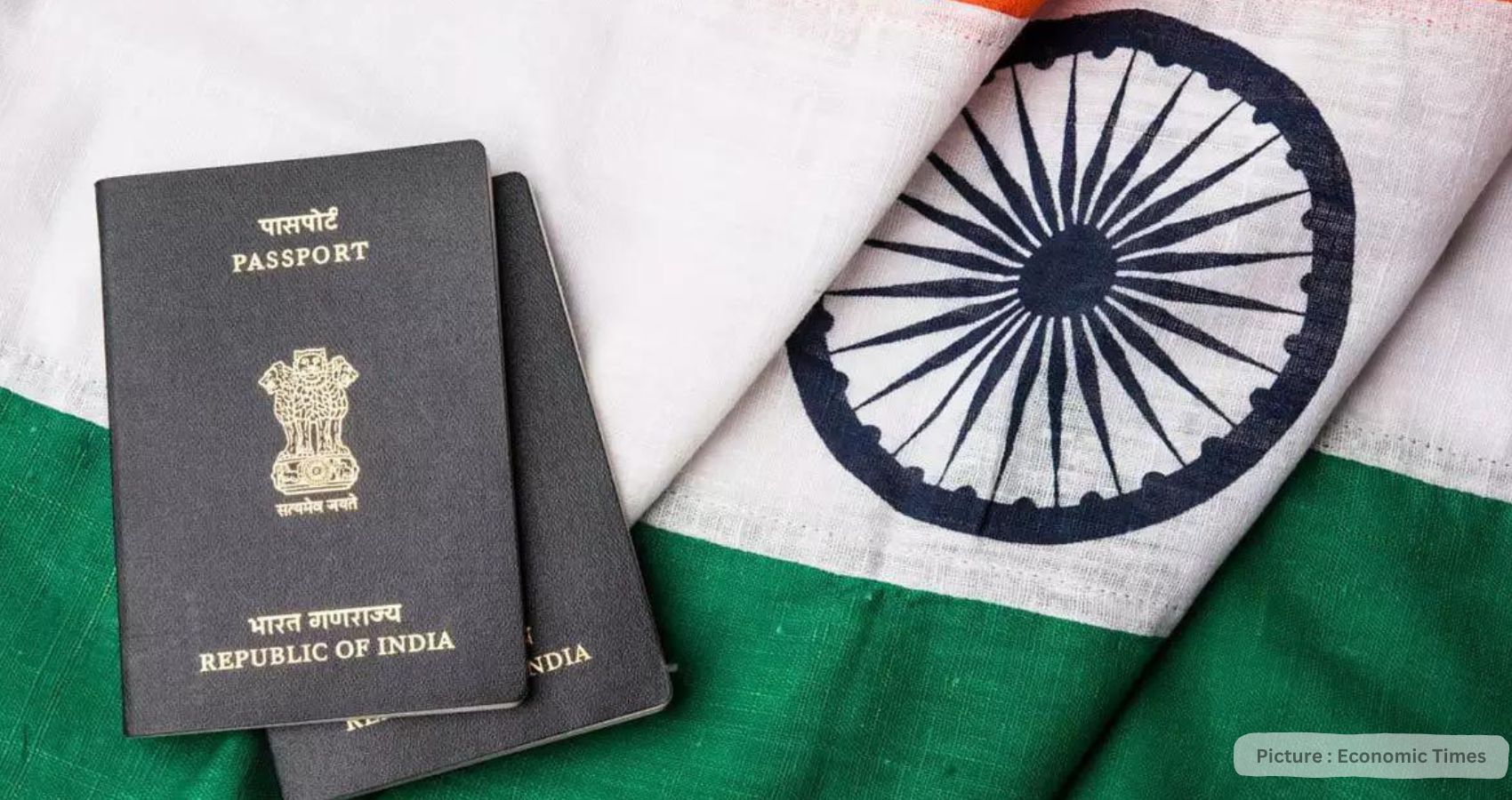
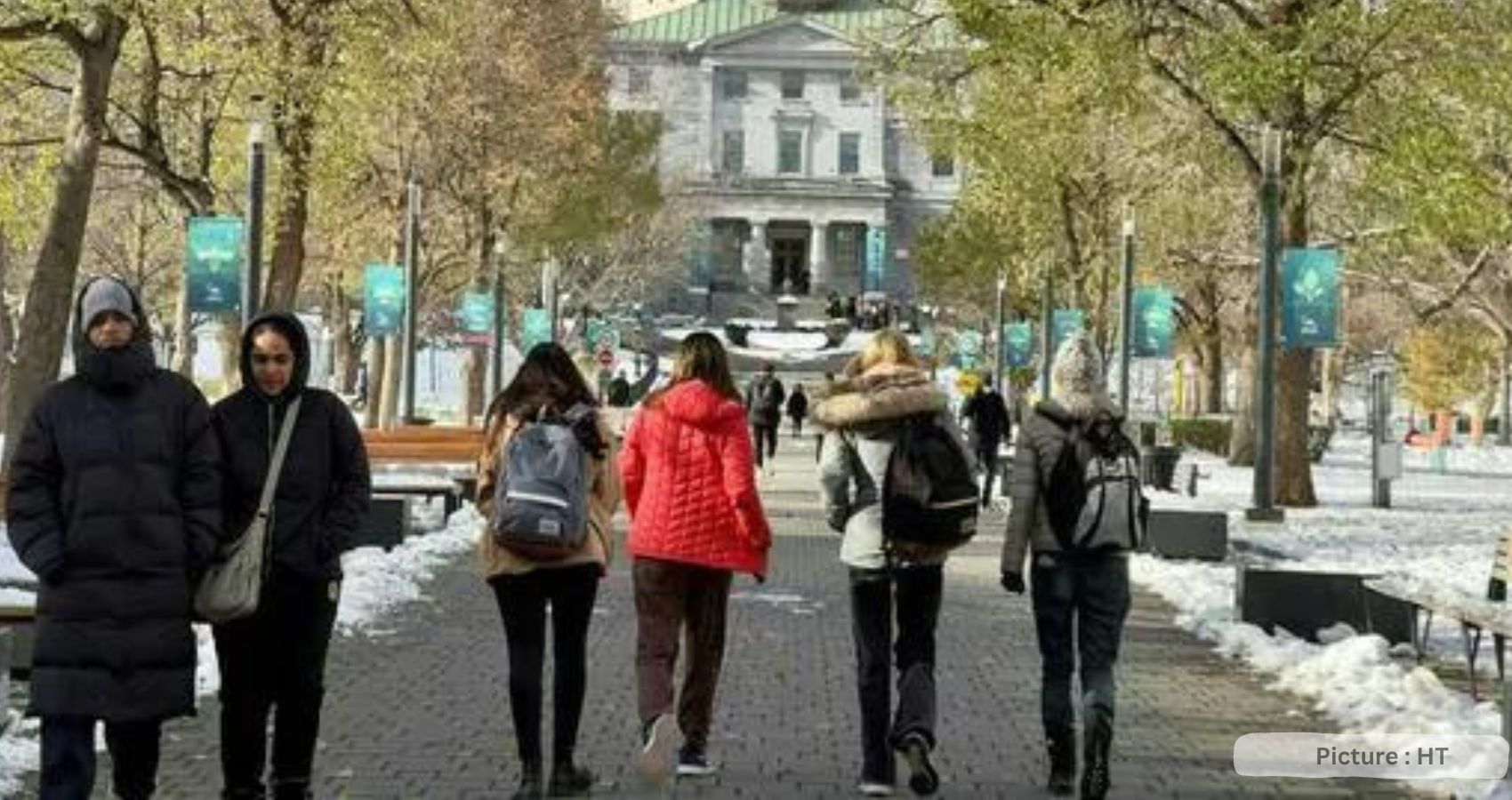
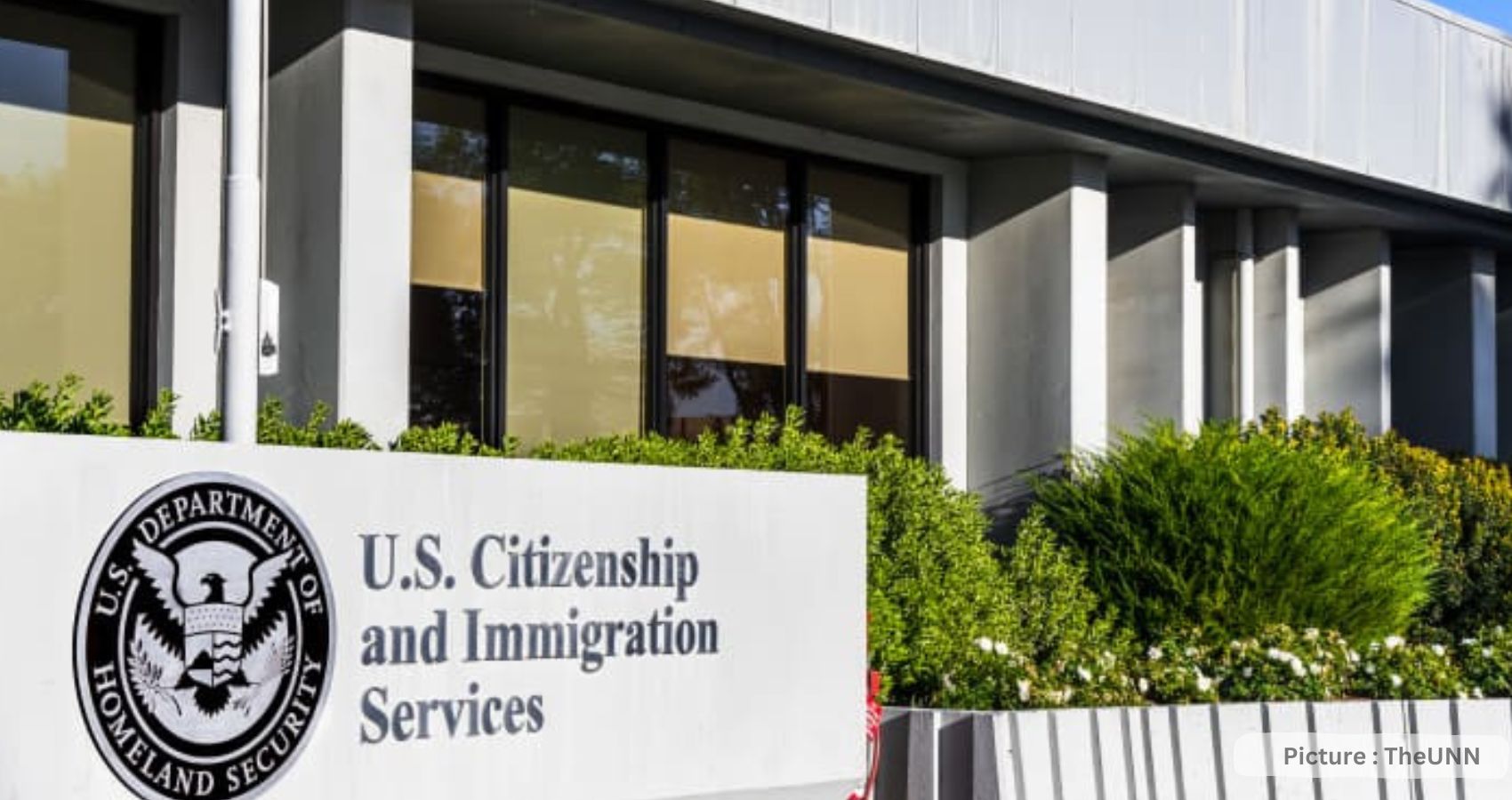
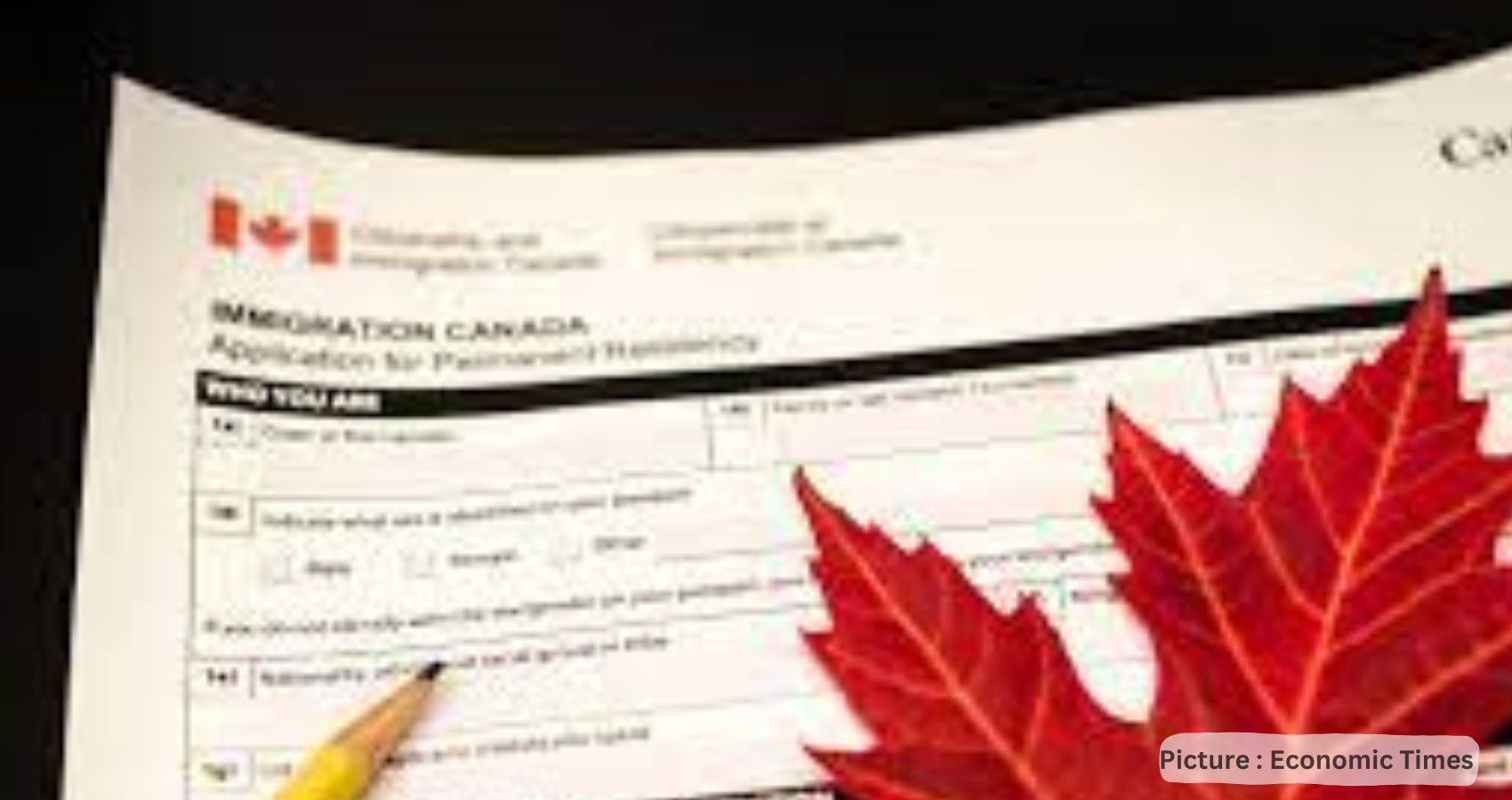
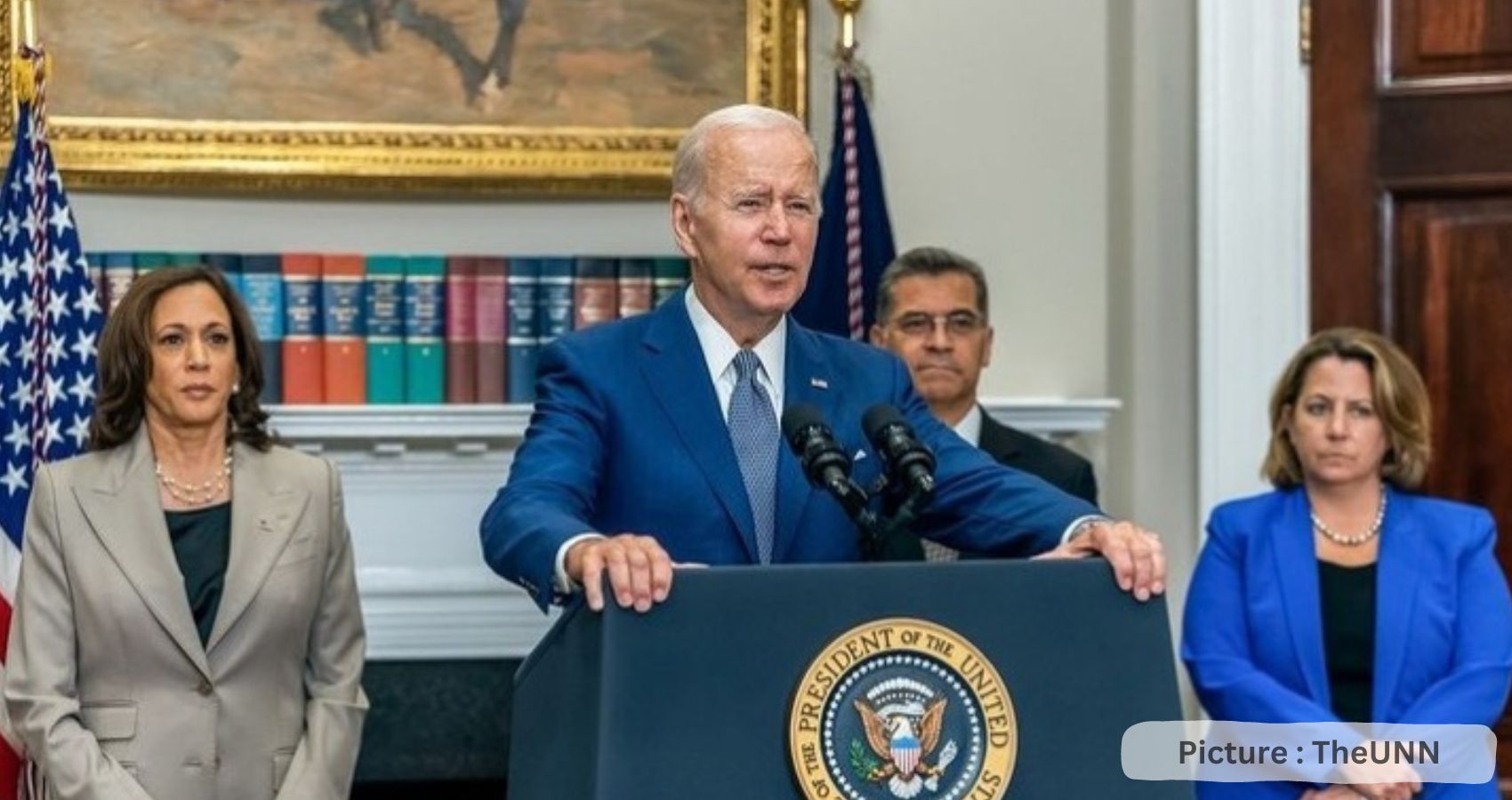
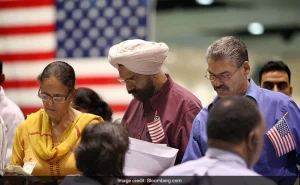
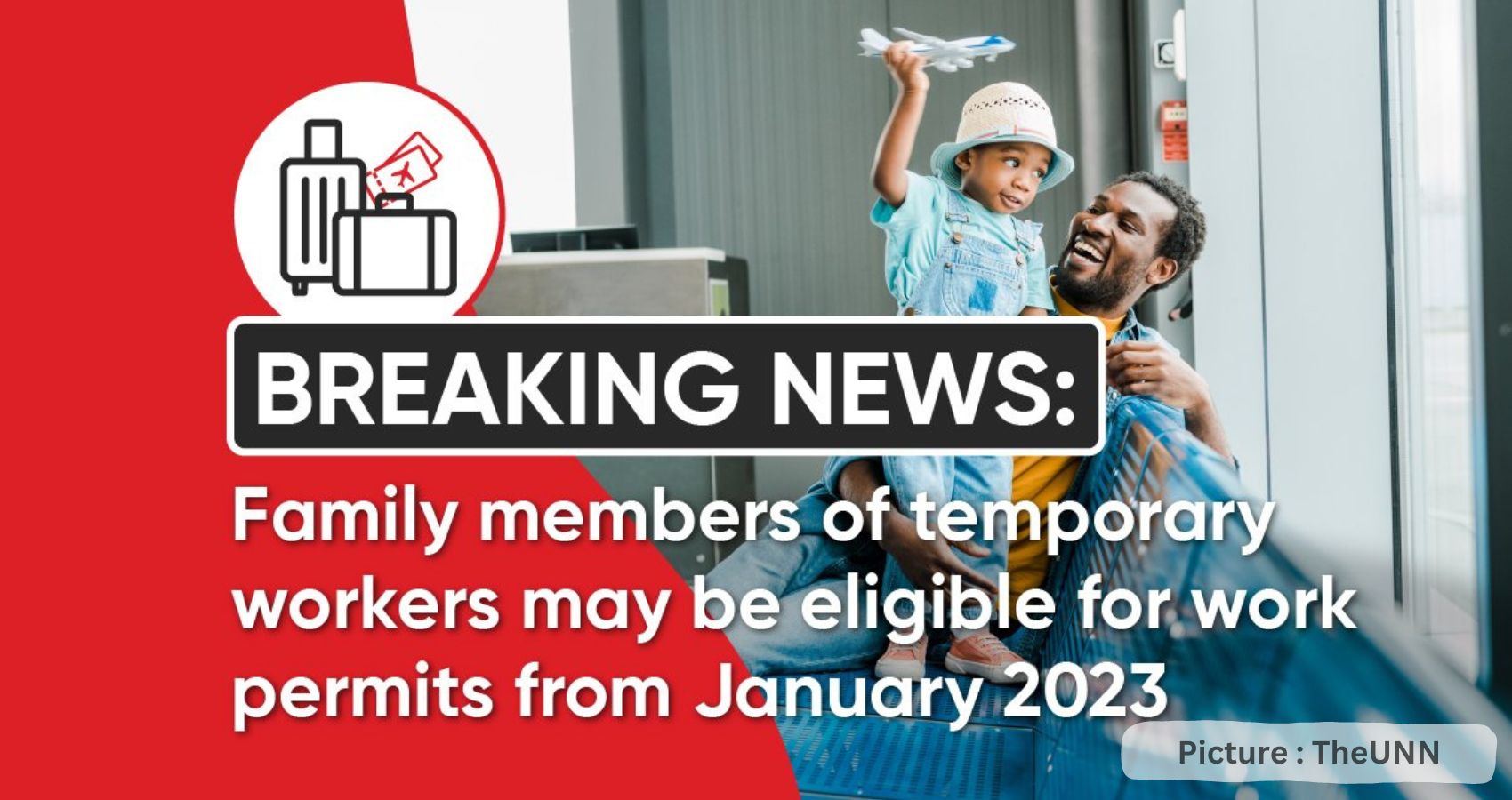
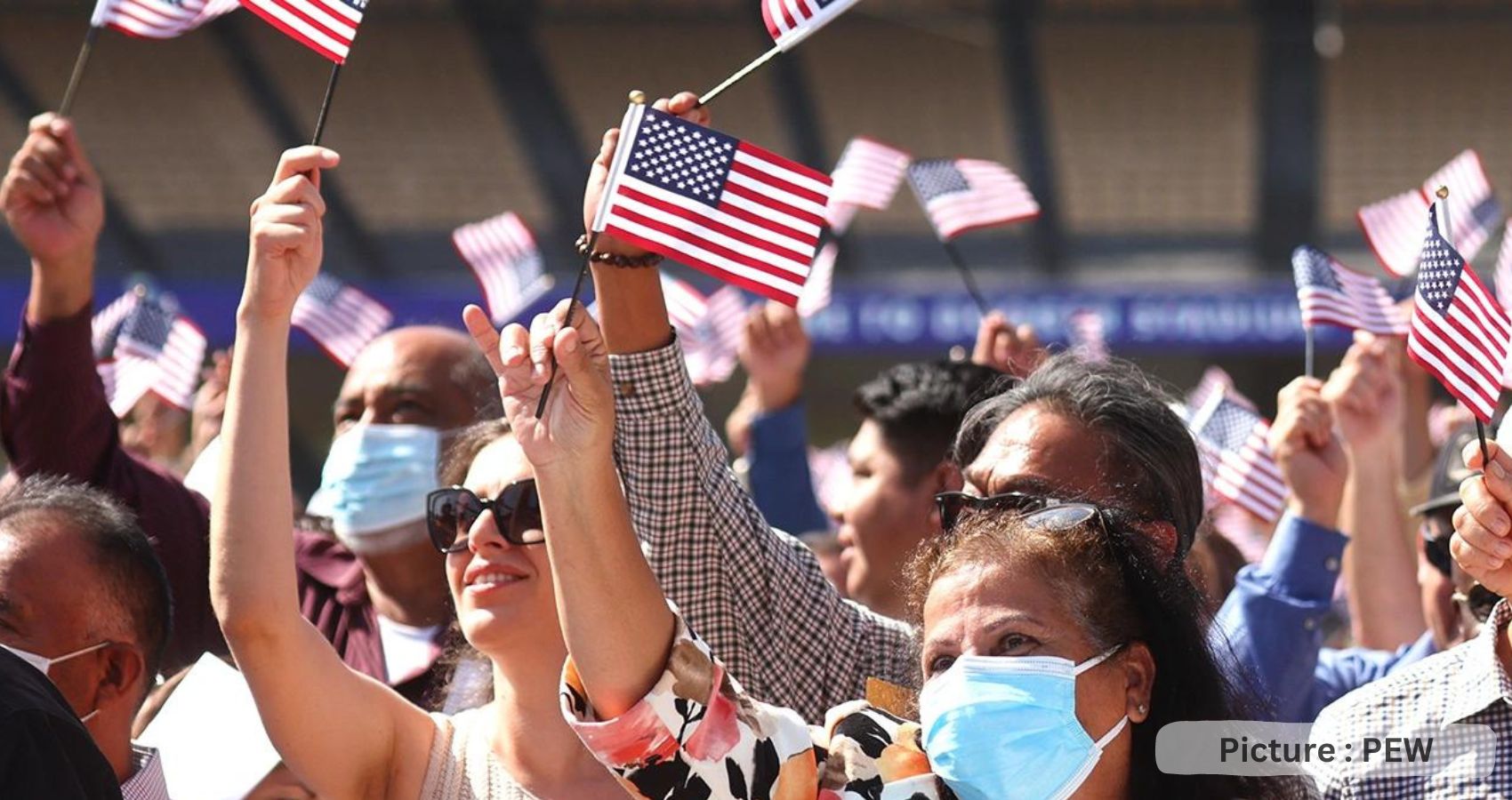


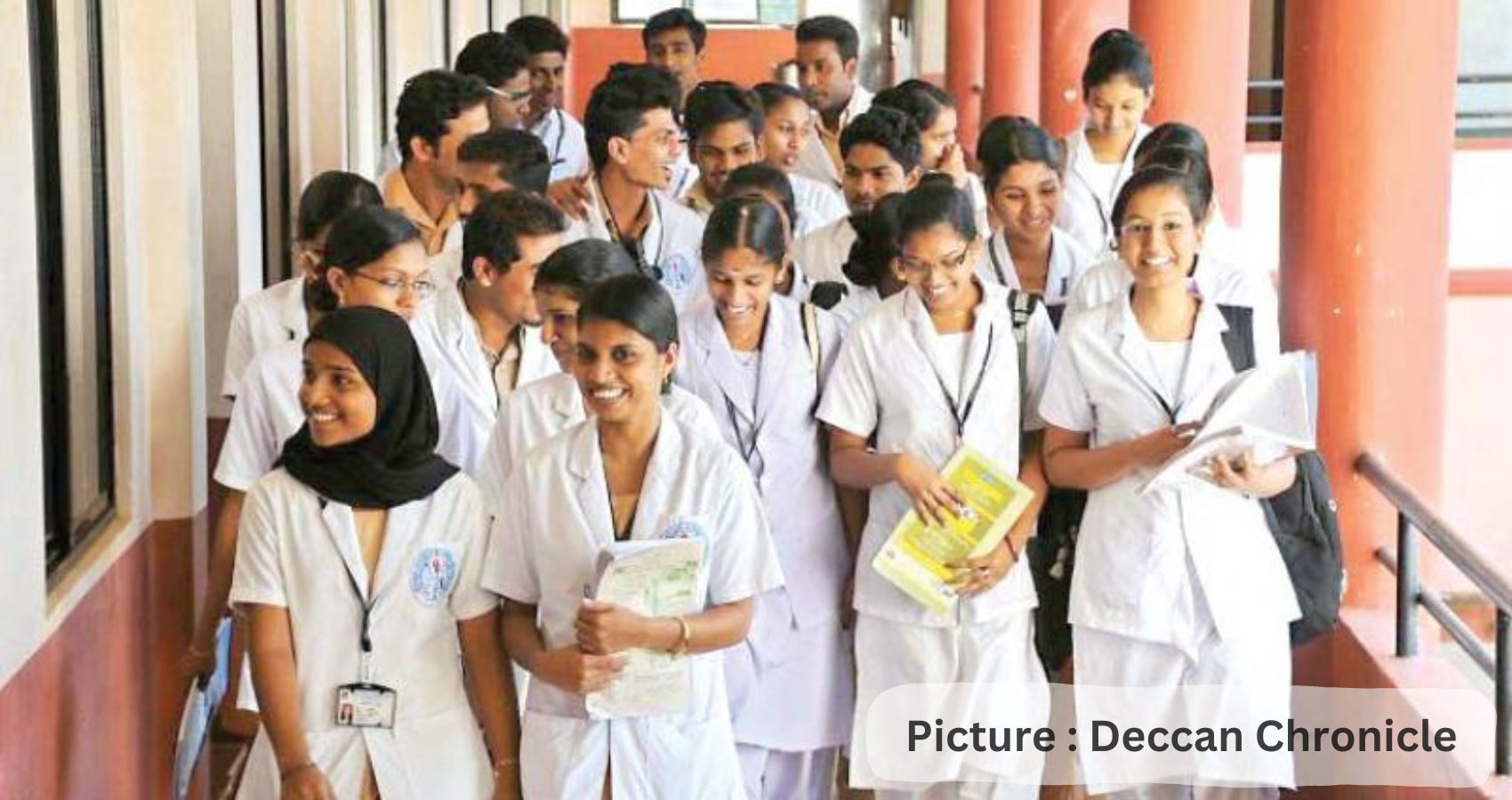
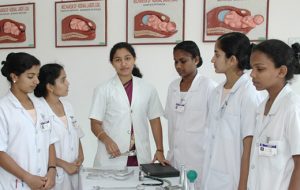
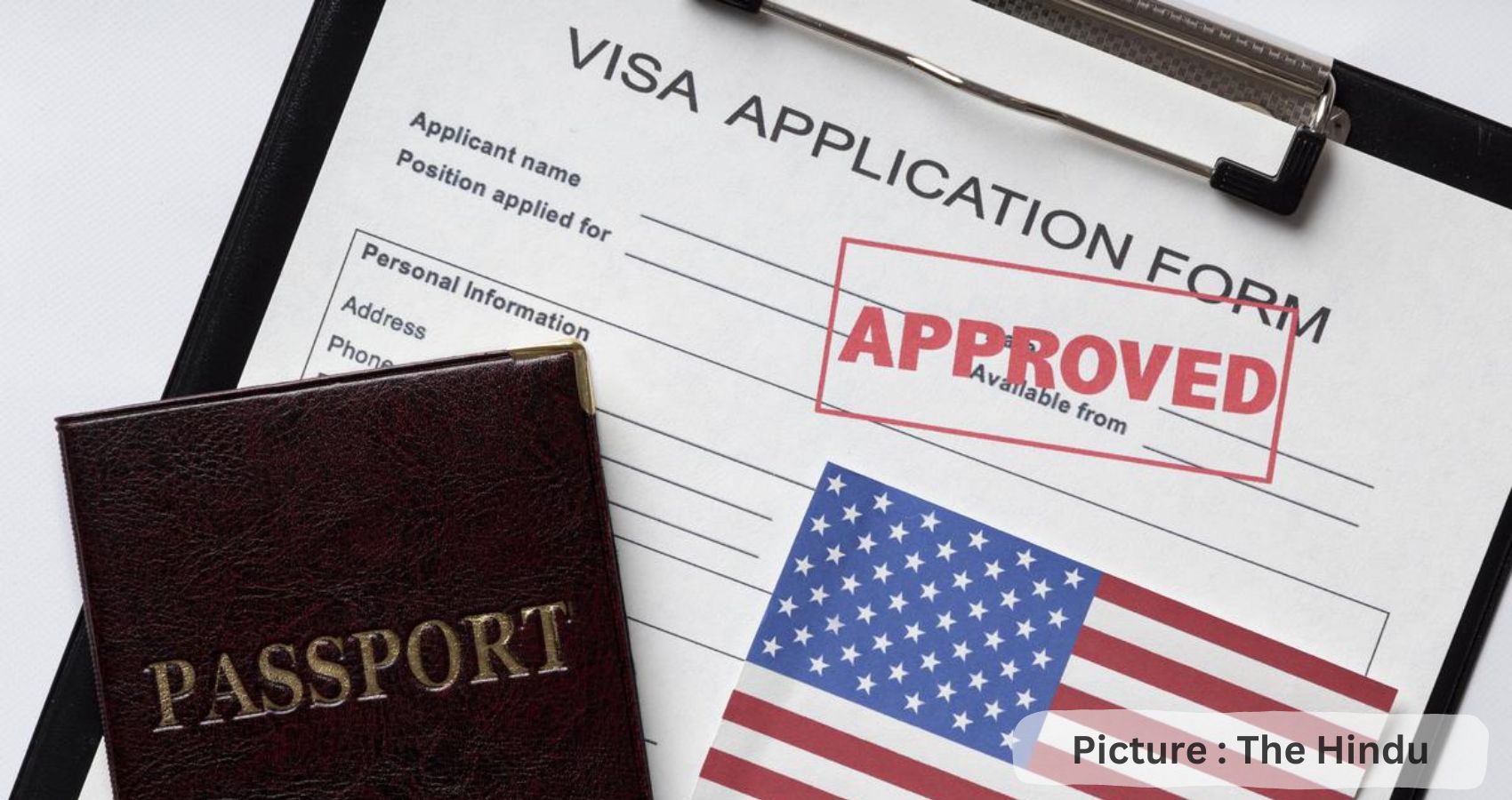
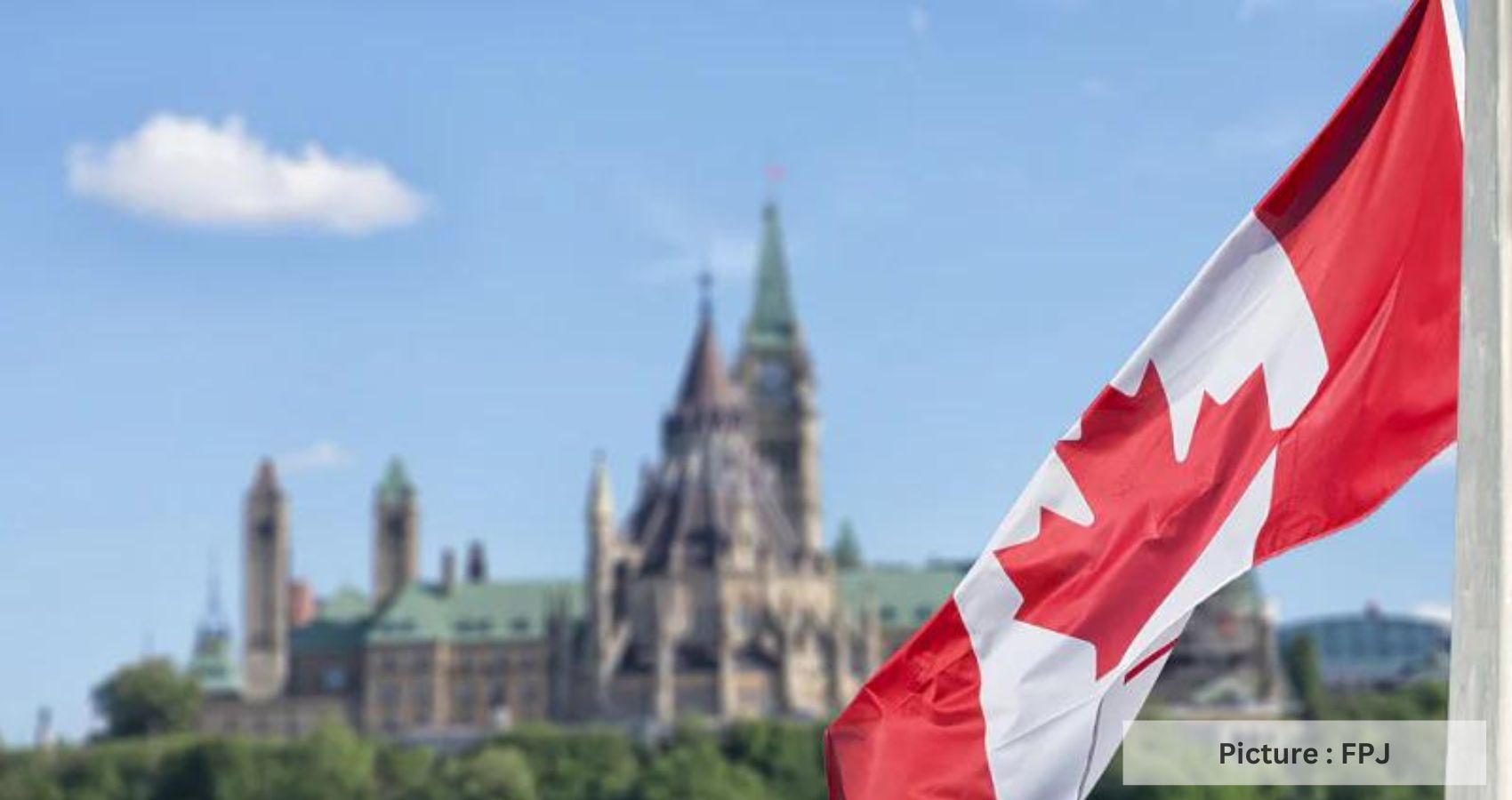

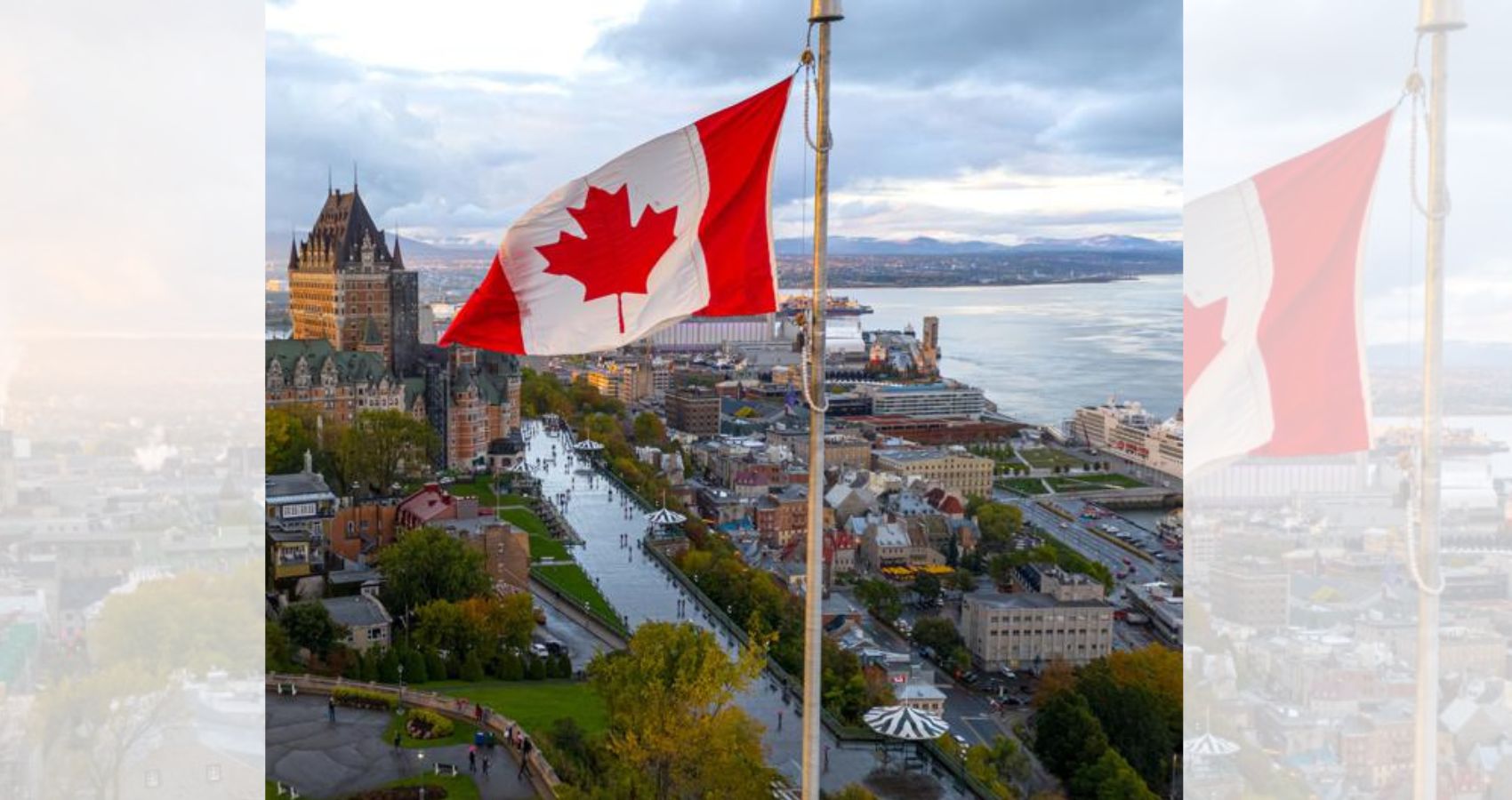
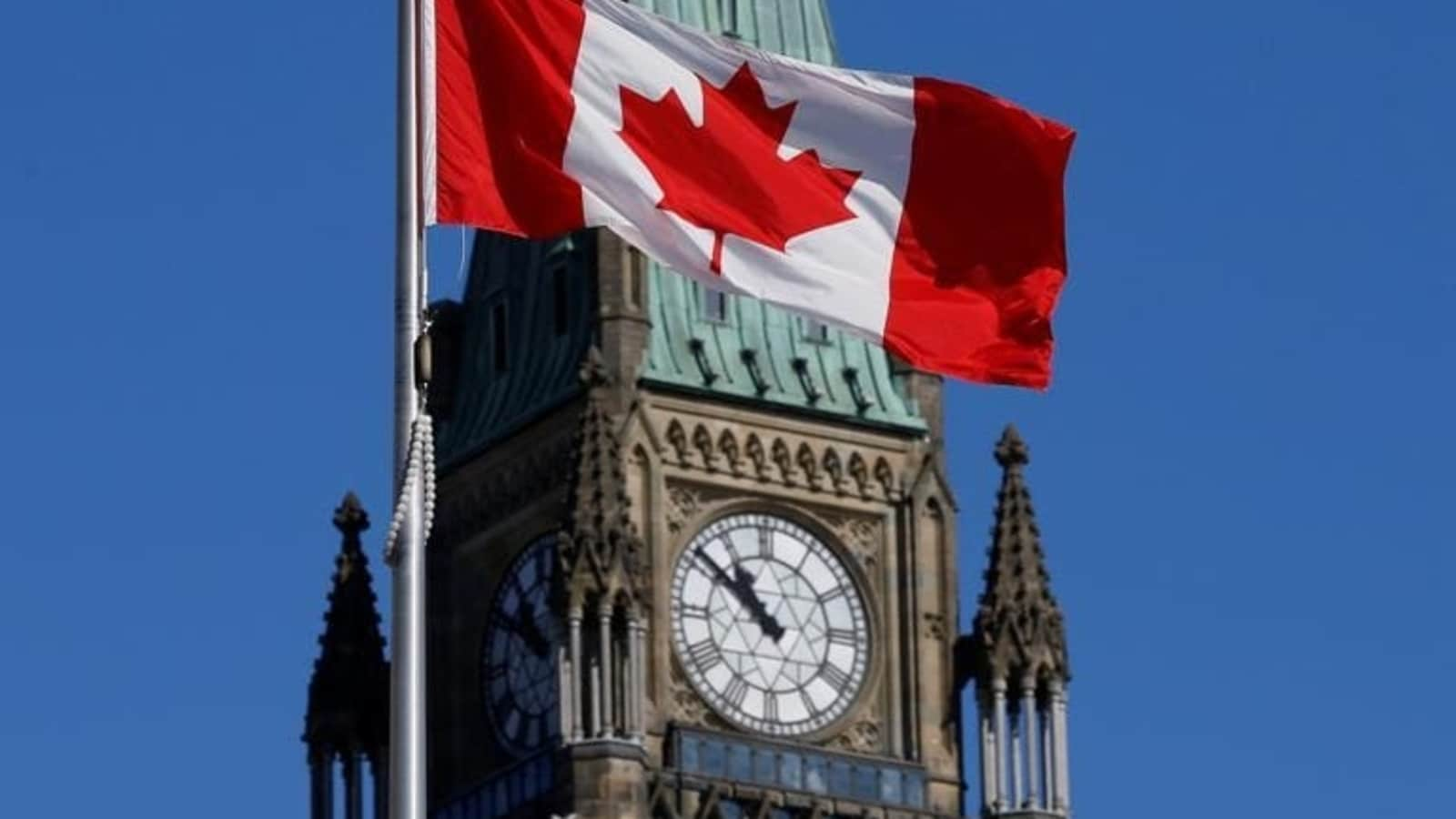 In March 2020, IRCC became unable to process most applications due to the onset of the Covid-19 pandemic. This was because the department was only able to process paper applications that were mailed to a central location.
In March 2020, IRCC became unable to process most applications due to the onset of the Covid-19 pandemic. This was because the department was only able to process paper applications that were mailed to a central location.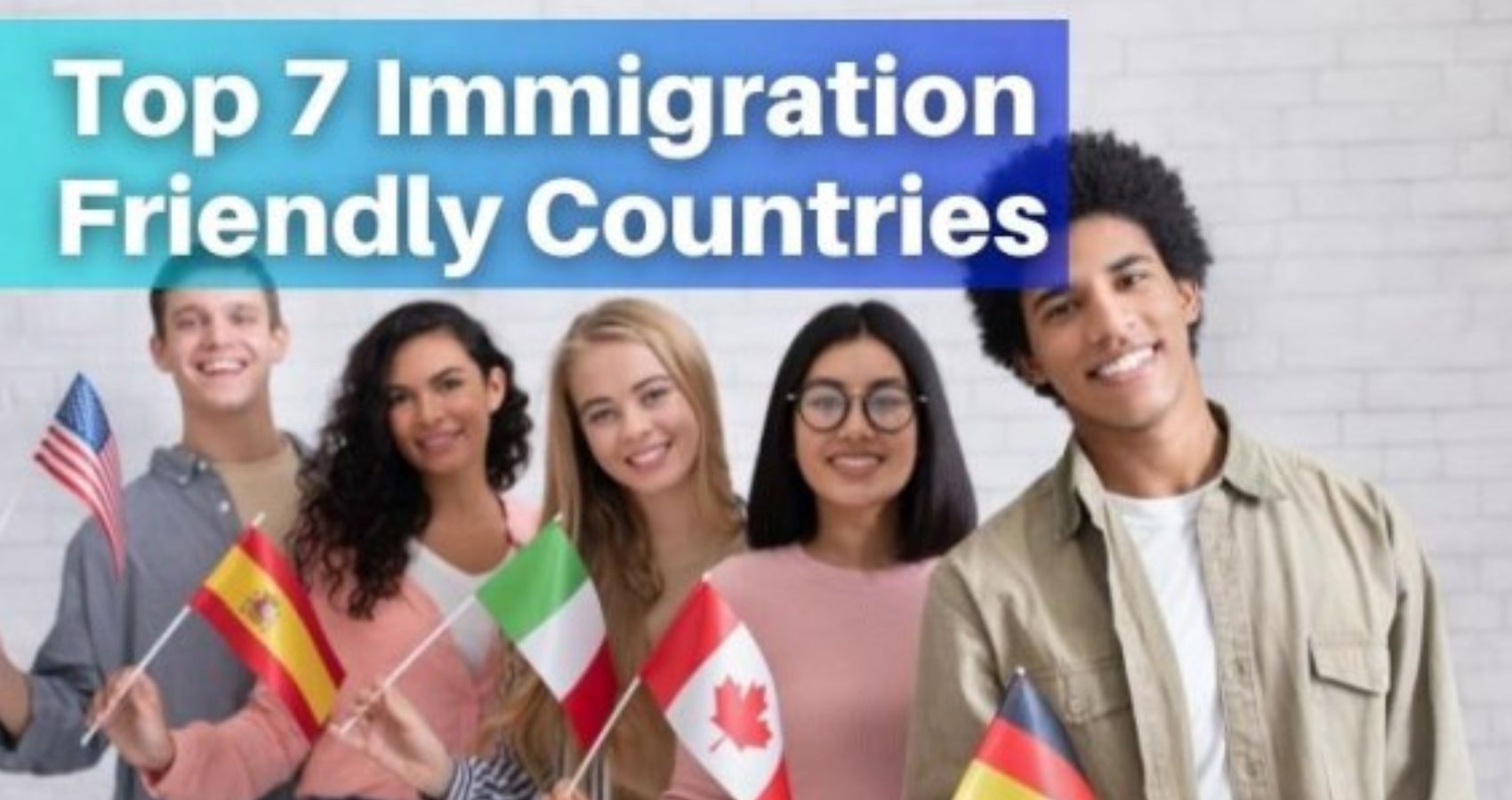
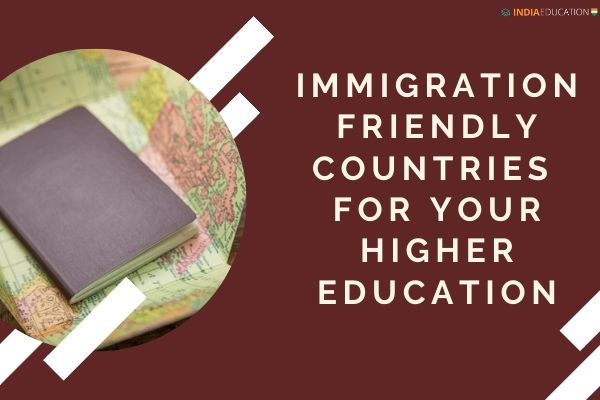 Here are some of the top Immigration-friendly countries for Indian students shared by Ajay:
Here are some of the top Immigration-friendly countries for Indian students shared by Ajay: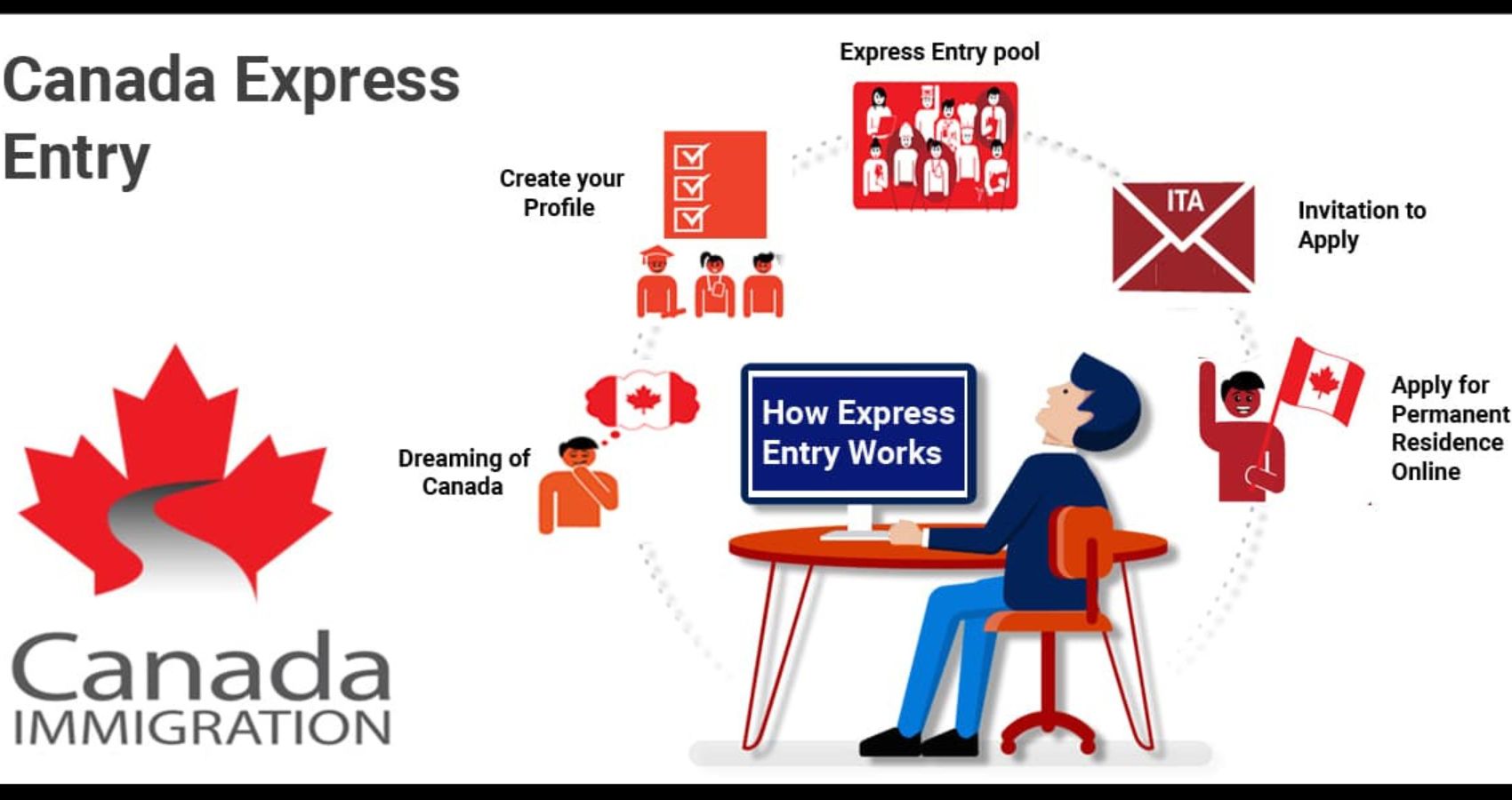






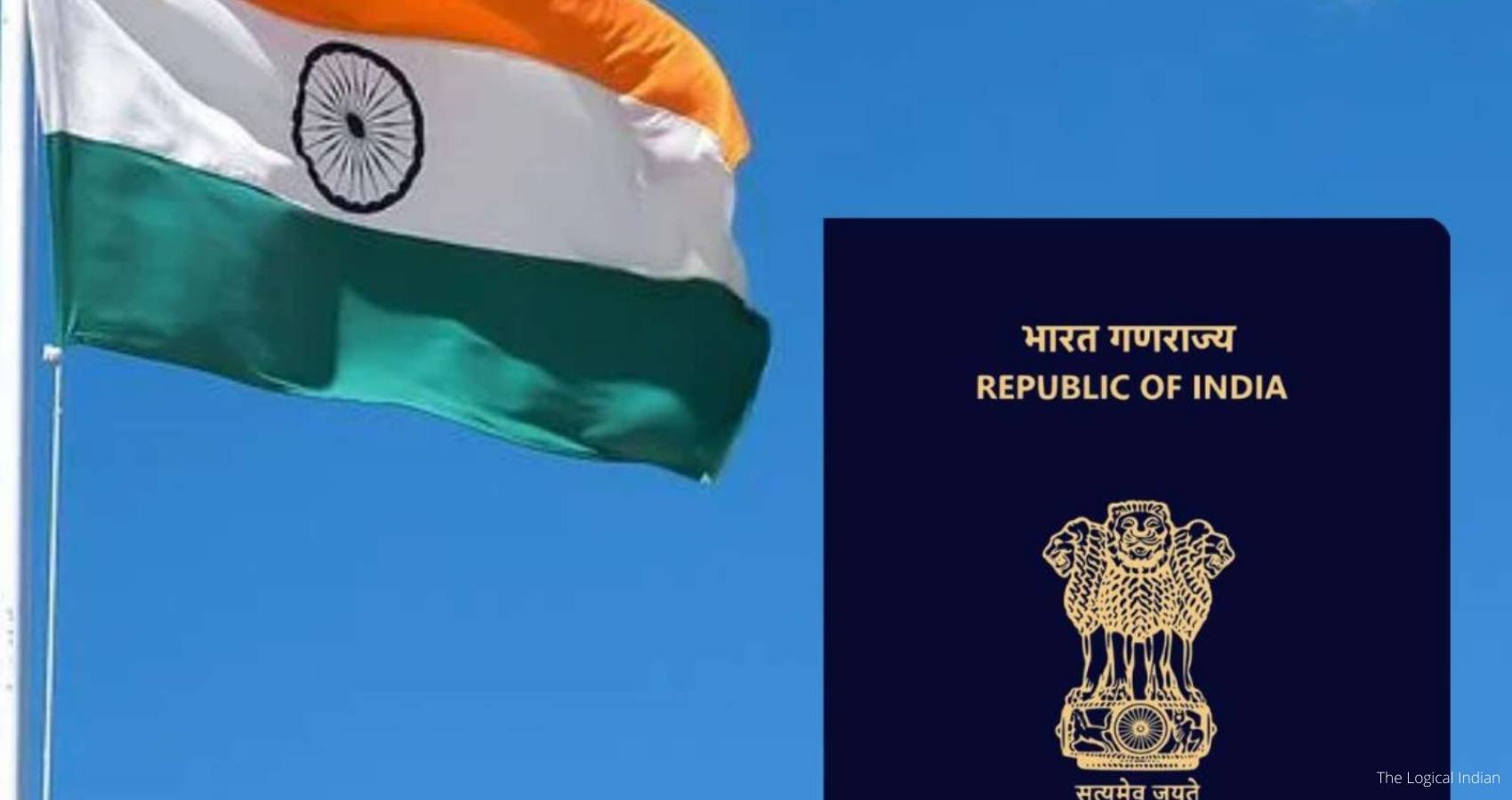
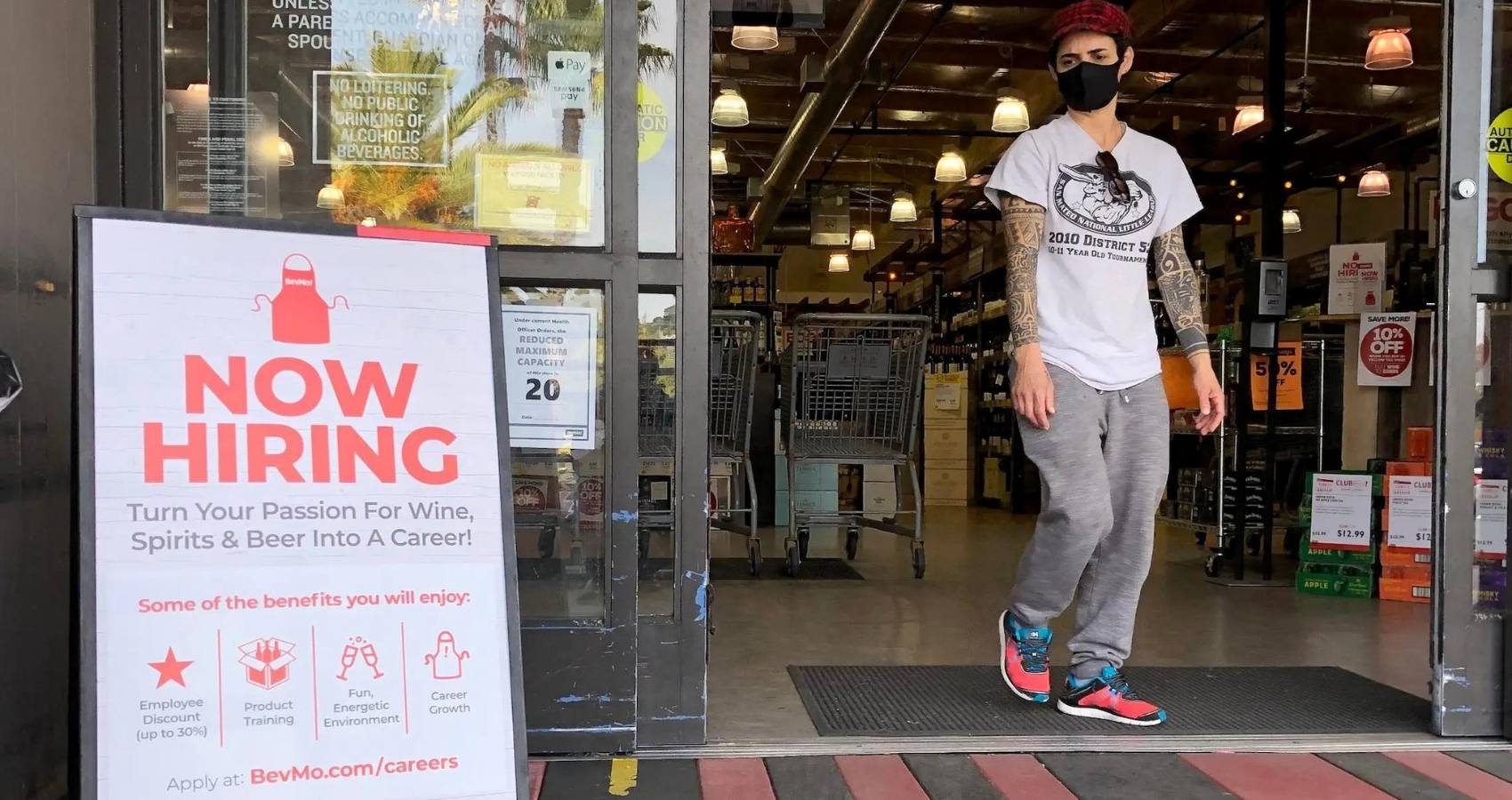
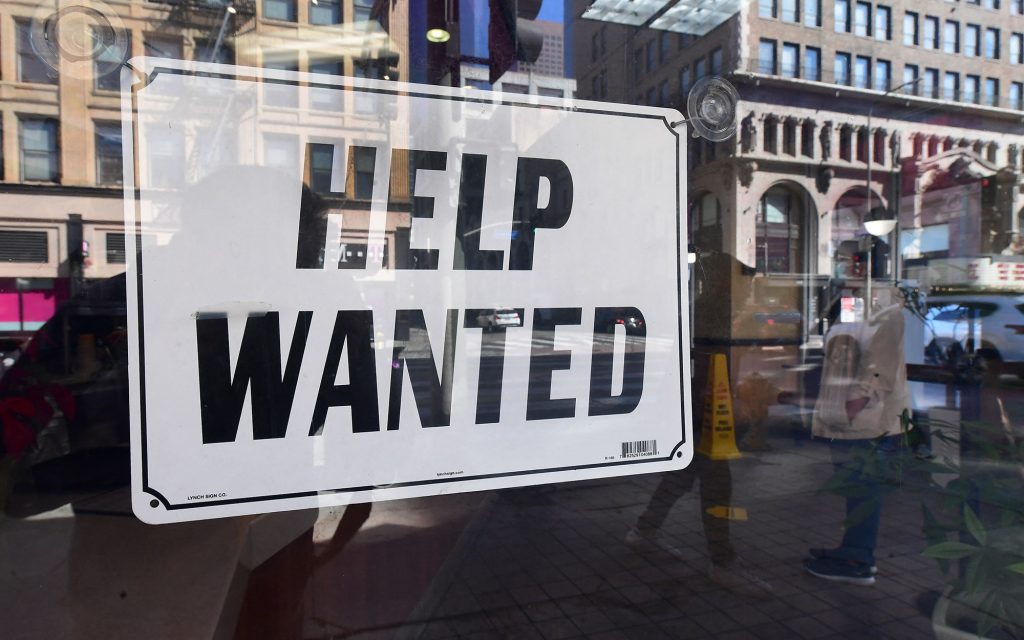

 Many immigrants with well-paying jobs in these overseas nations help their relatives, parents, and near and dear ones by sending them money for assistance. Even students who study in developed nations return home with great knowledge and expertise. They even impart their expertise and aid in medicine, engineering, technology, and other professions.
Many immigrants with well-paying jobs in these overseas nations help their relatives, parents, and near and dear ones by sending them money for assistance. Even students who study in developed nations return home with great knowledge and expertise. They even impart their expertise and aid in medicine, engineering, technology, and other professions.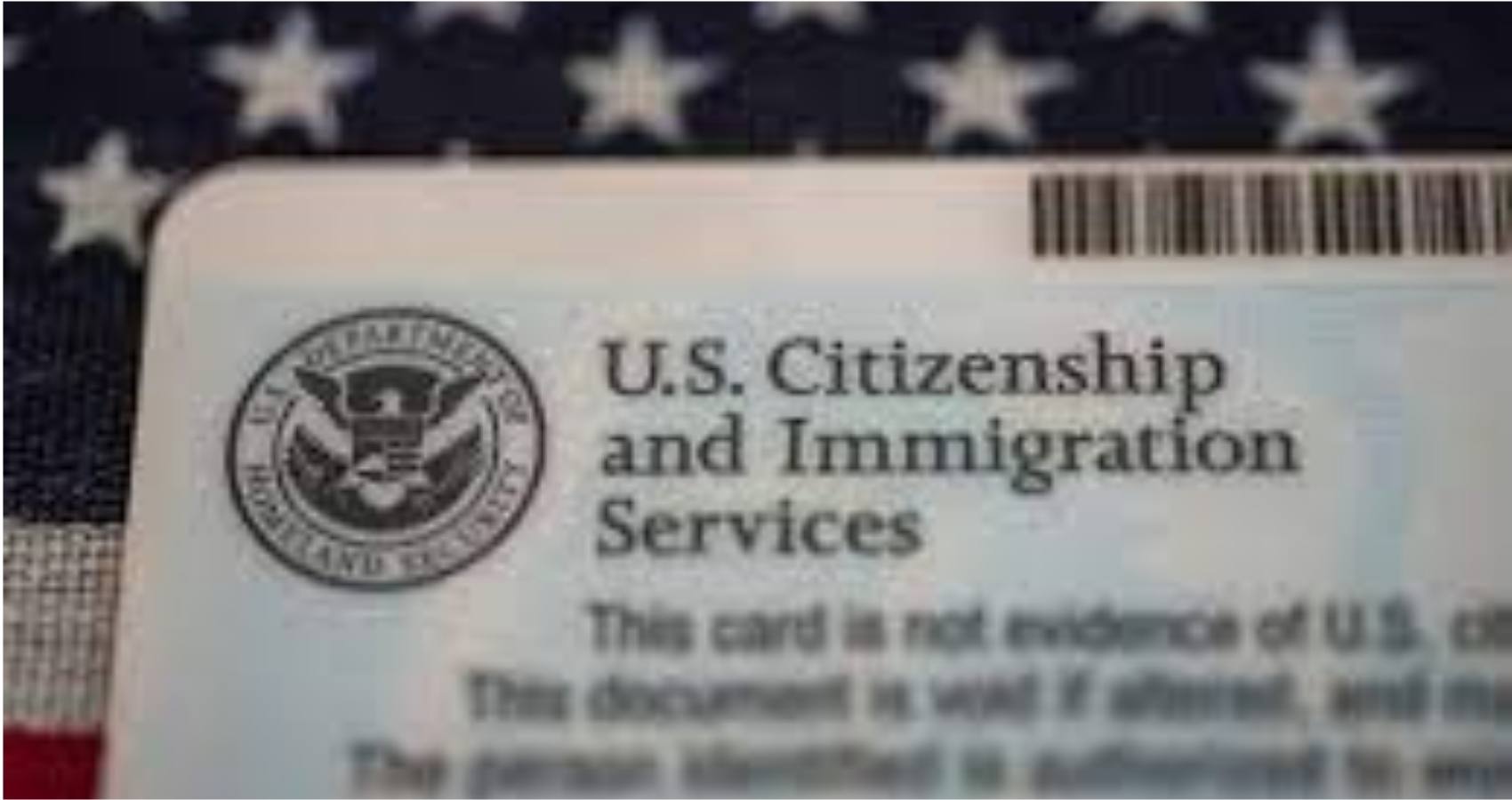
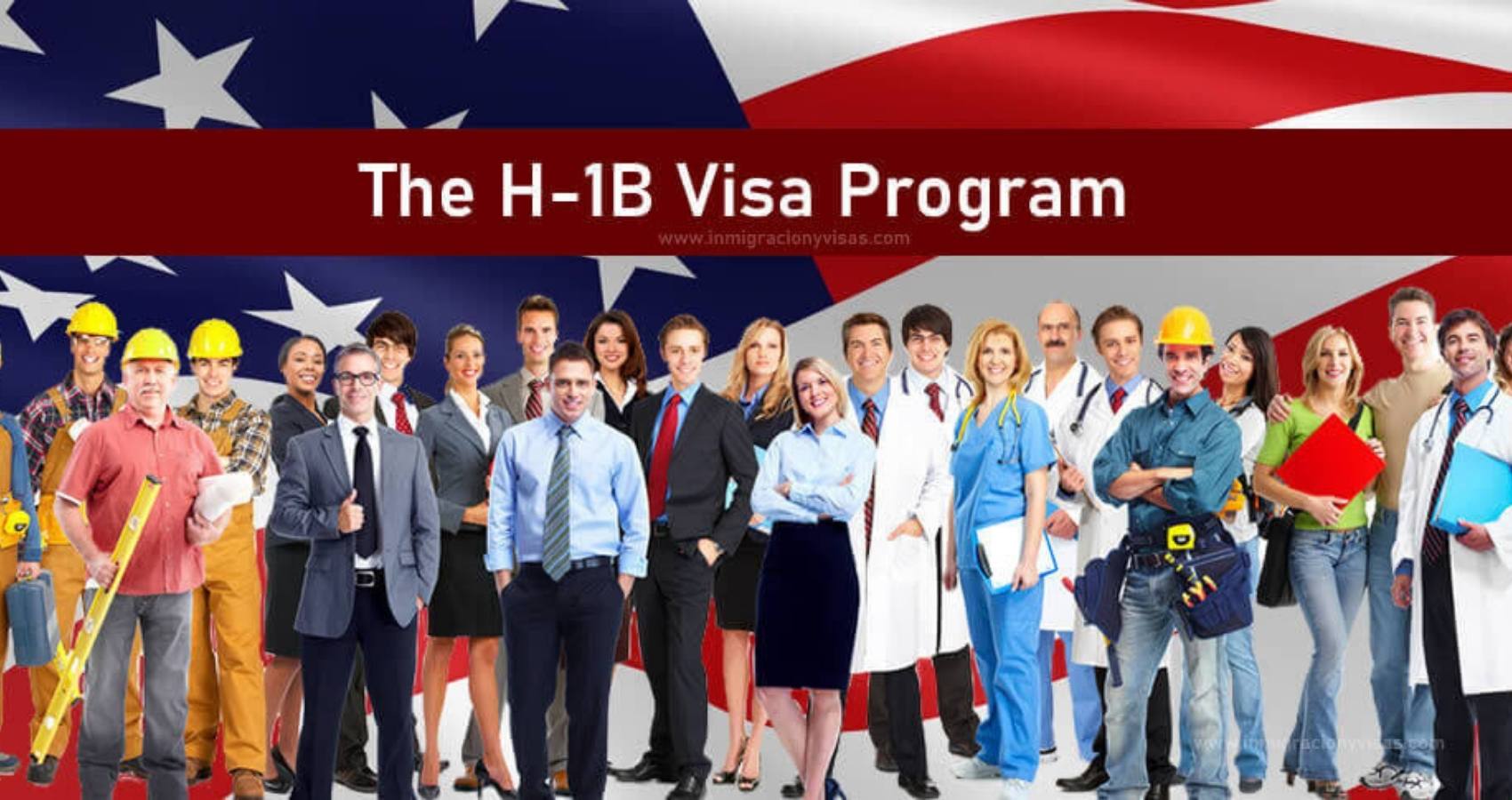
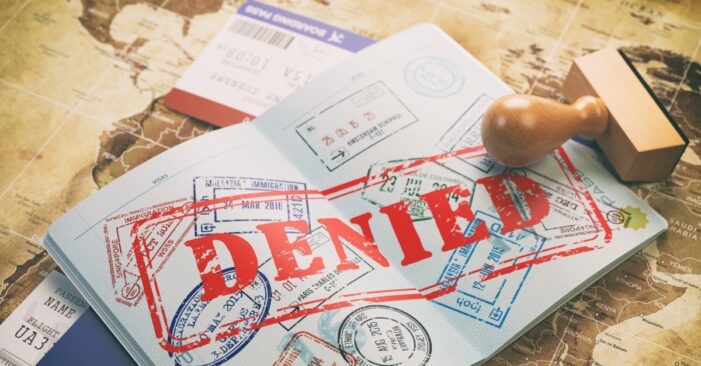 It appears that the denials are so high partly because the department grants so little weight to earlier approvals by DOL and DHS. The much greater difficulty in obtaining a green card abroad has important consequences for U.S. immigration. It encourages many immigrants to apply for easier‐to‐obtain temporary visas, which unnecessarily uses limited cap spots under those programs, while others may give up on legal immigration and seek to enter illegally.
It appears that the denials are so high partly because the department grants so little weight to earlier approvals by DOL and DHS. The much greater difficulty in obtaining a green card abroad has important consequences for U.S. immigration. It encourages many immigrants to apply for easier‐to‐obtain temporary visas, which unnecessarily uses limited cap spots under those programs, while others may give up on legal immigration and seek to enter illegally.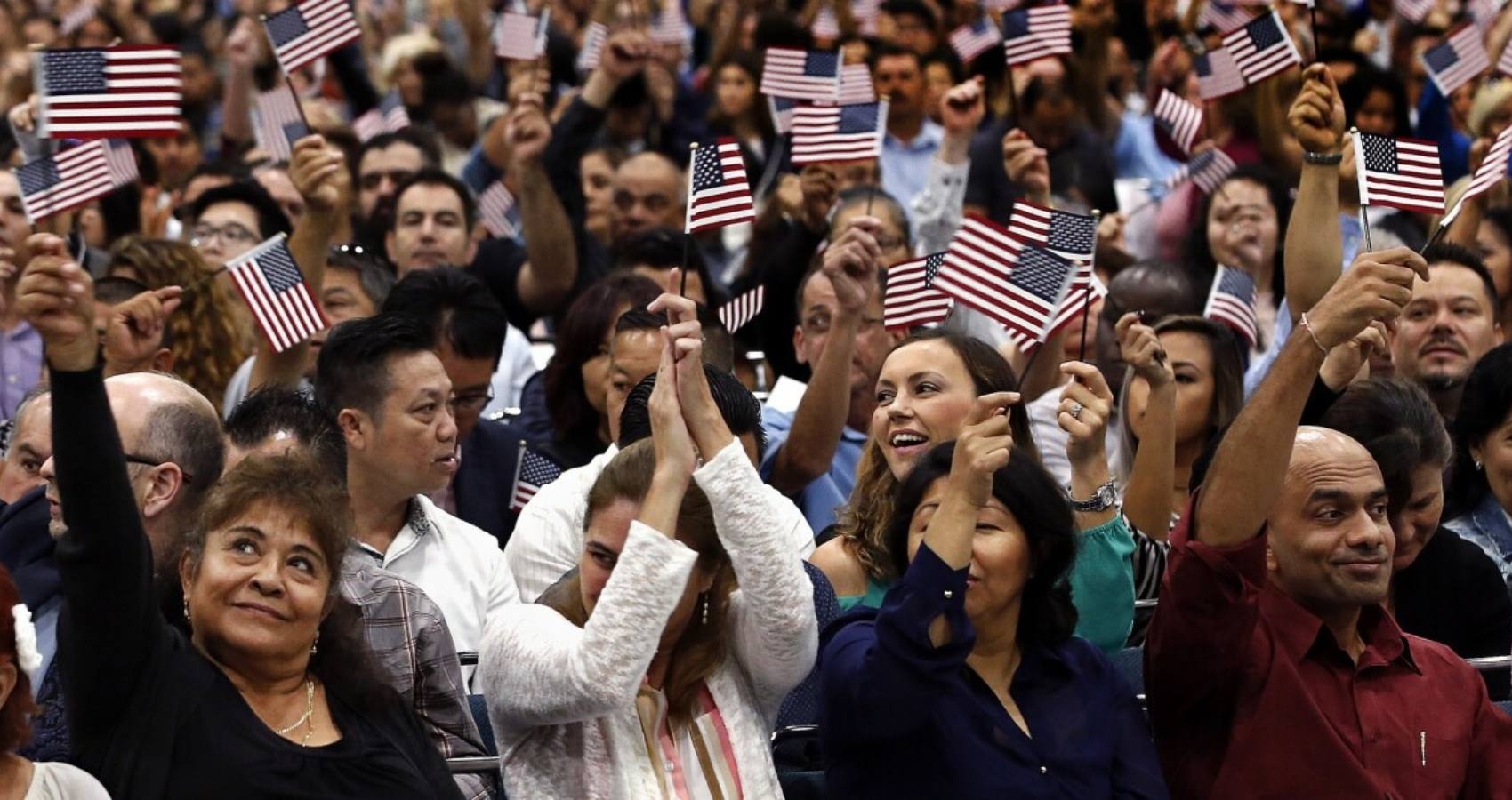
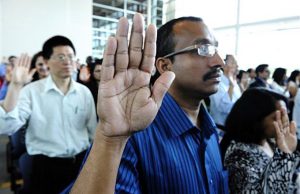 Commending Sahi, a Hindu, for working to secure the civil and political rights of India’s marginalized communities and social and religious minorities, Ambassador Brownback said it was important for people from dominant countries to stand up for minorities.
Commending Sahi, a Hindu, for working to secure the civil and political rights of India’s marginalized communities and social and religious minorities, Ambassador Brownback said it was important for people from dominant countries to stand up for minorities.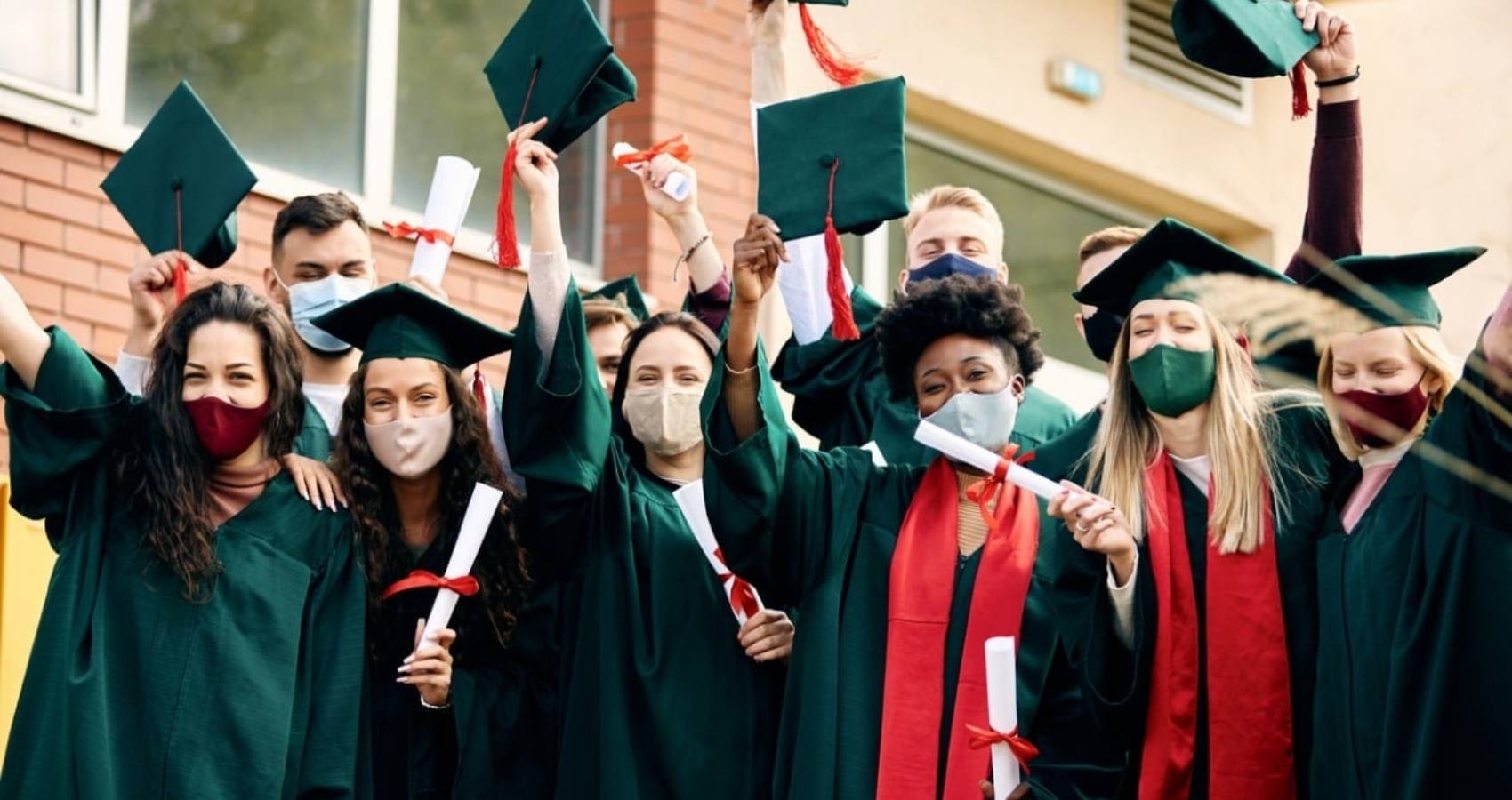
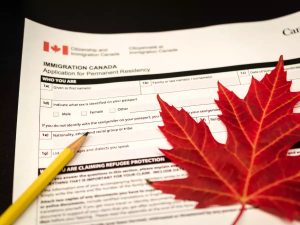 Sean Fraser, Canada’s minister of immigration, said the students would be granted an additional 18-month open work permit under the Post-Graduation Work Permit Program (PGWPP).
Sean Fraser, Canada’s minister of immigration, said the students would be granted an additional 18-month open work permit under the Post-Graduation Work Permit Program (PGWPP).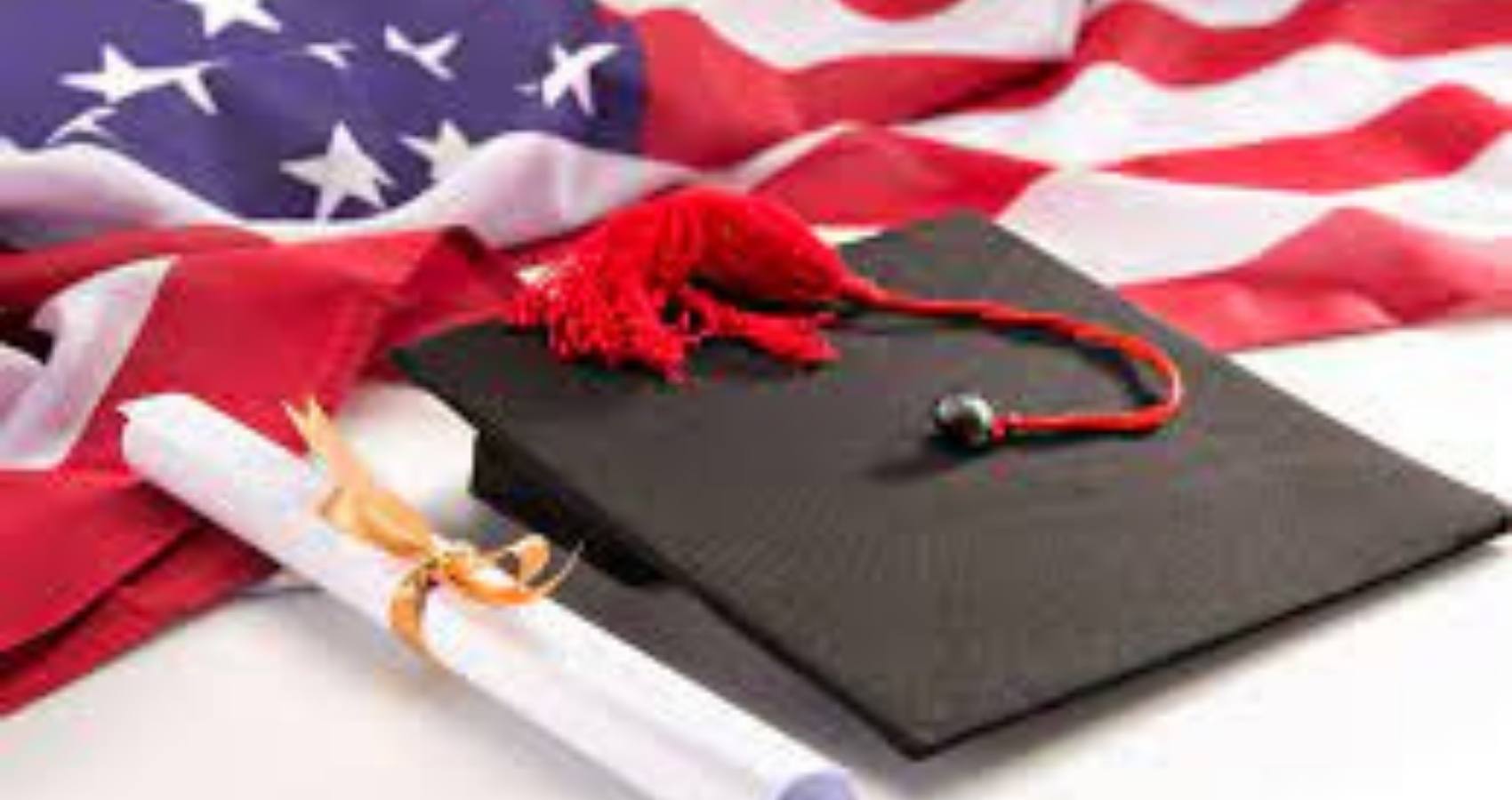
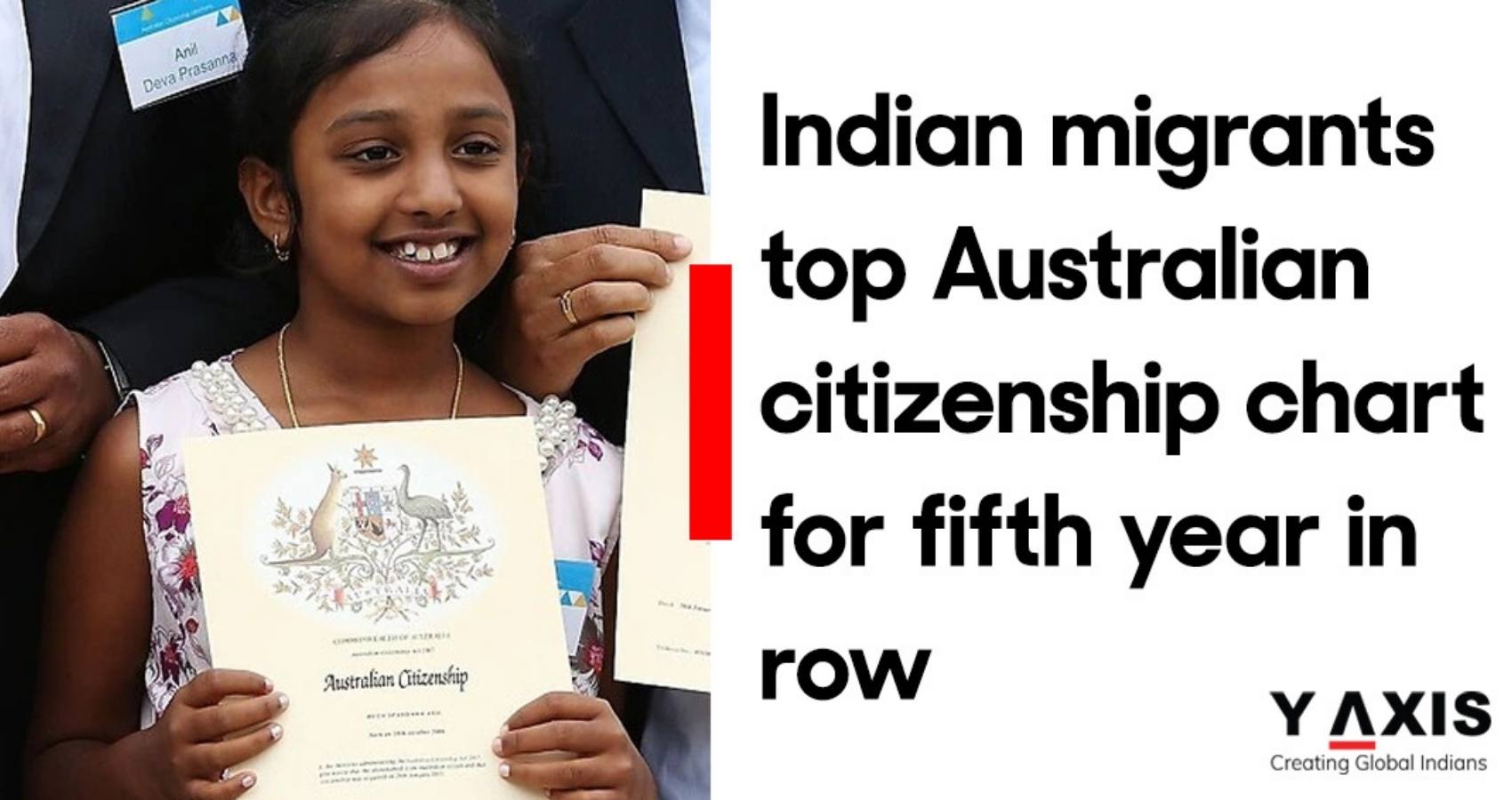
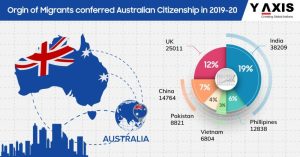 With the recent rise, “India has moved past China and New Zealand to become the third largest country of birth behind Australia and England,” a news release by the bureau noted. In the previous census recorded in 2016 India was the fifth largest country of birth.
With the recent rise, “India has moved past China and New Zealand to become the third largest country of birth behind Australia and England,” a news release by the bureau noted. In the previous census recorded in 2016 India was the fifth largest country of birth.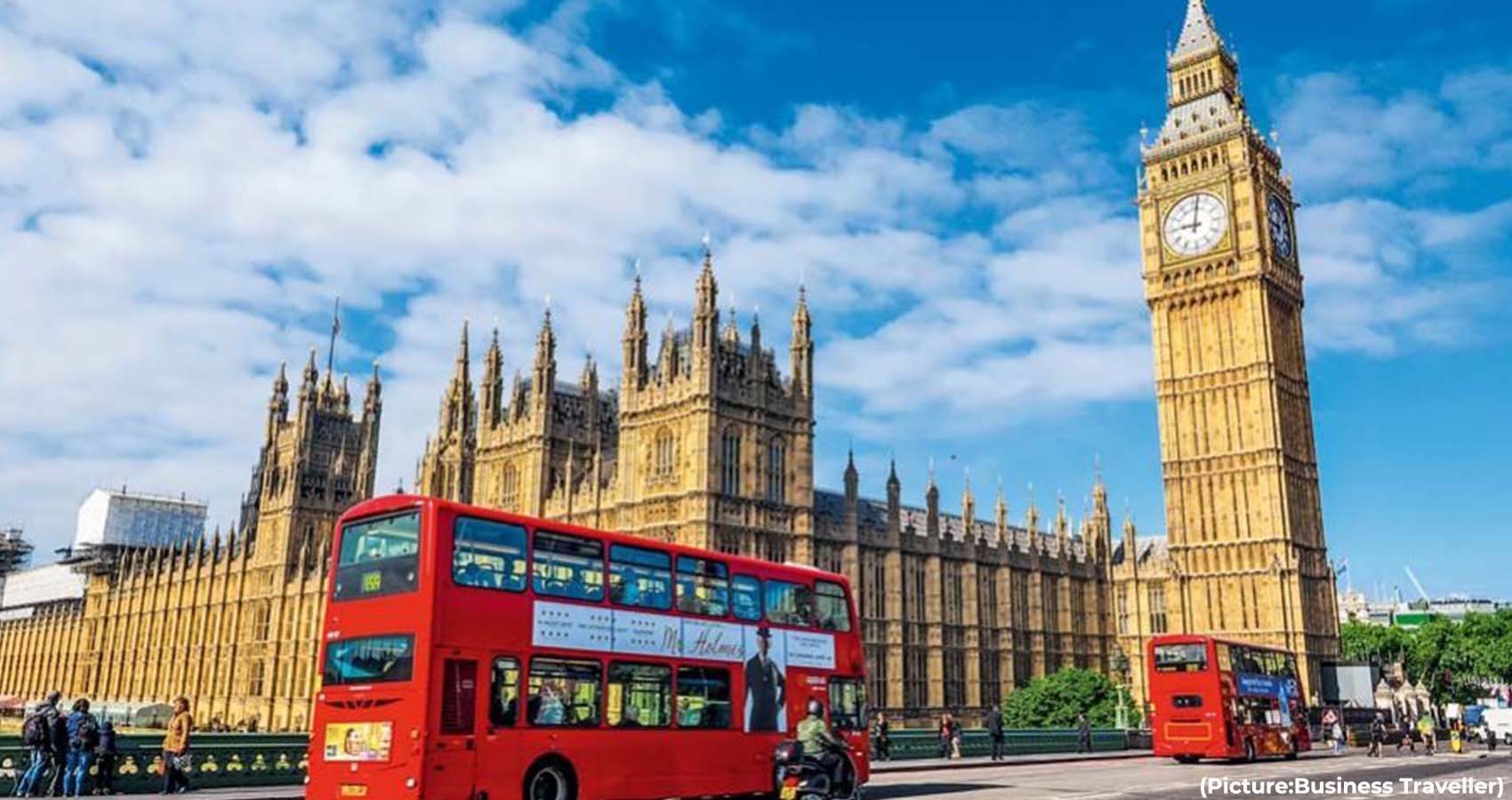
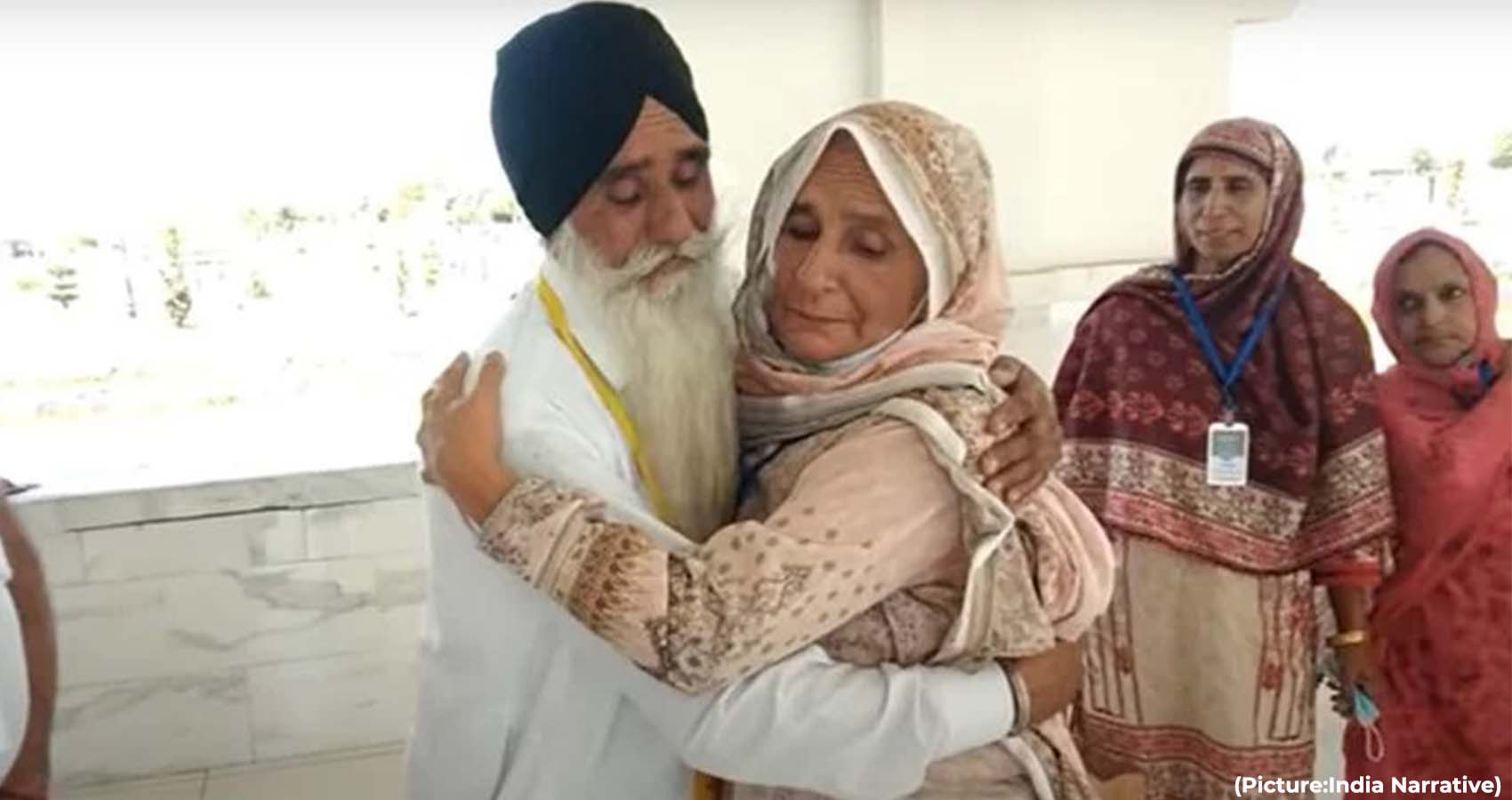
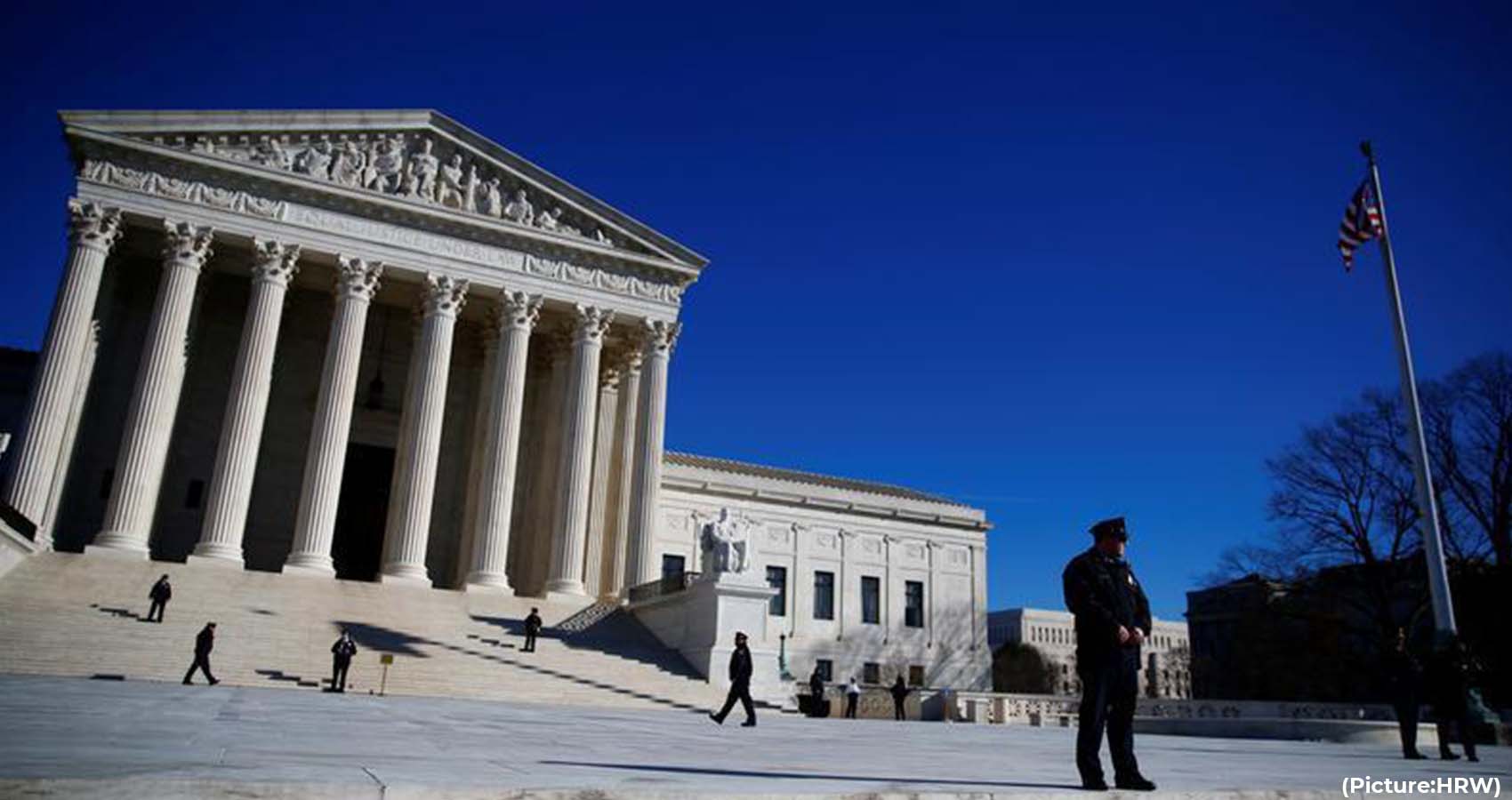
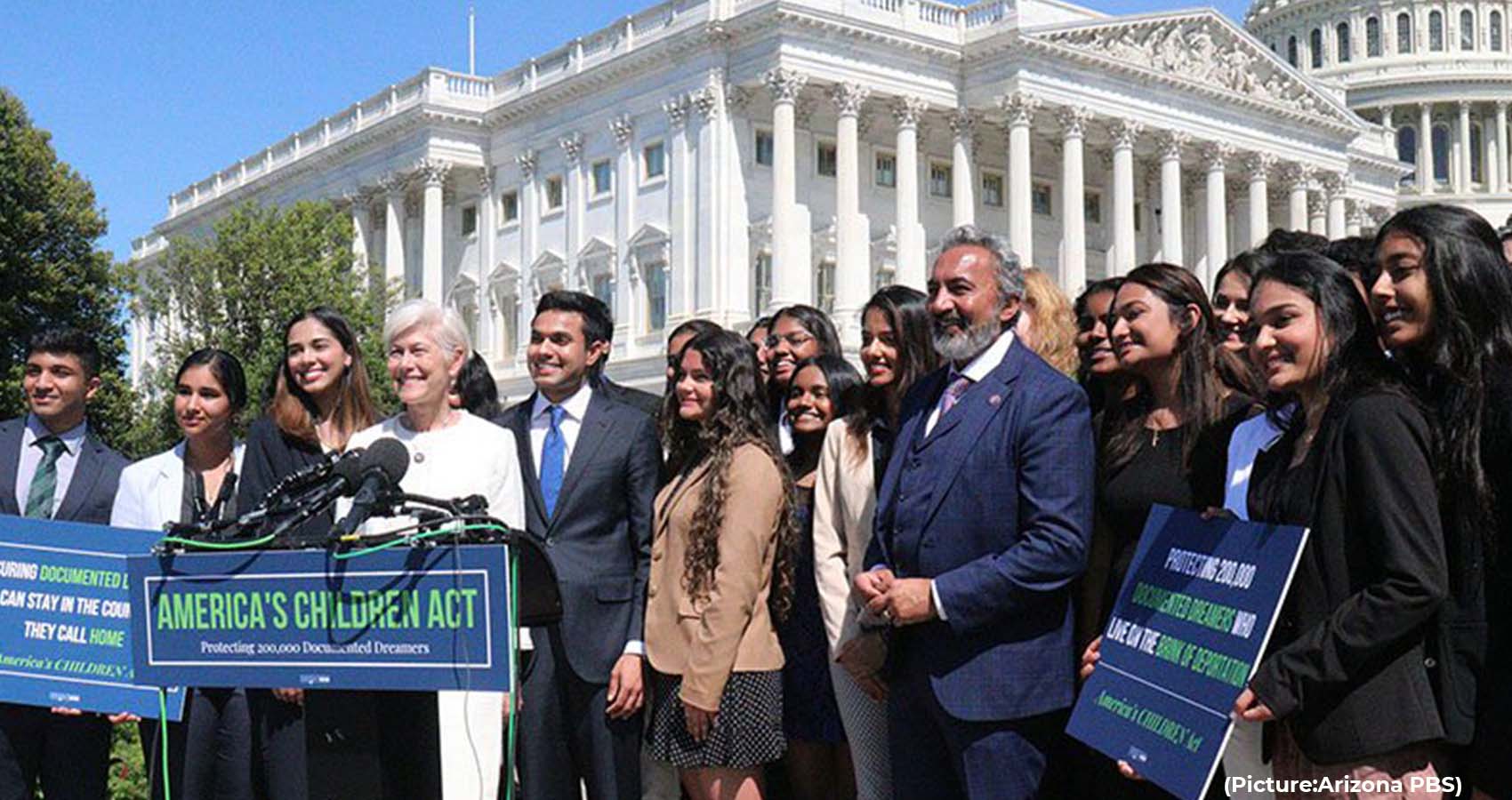
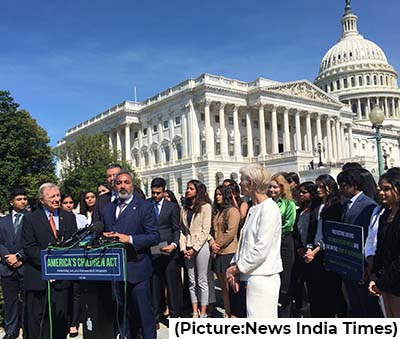 Immigration Forum notes that “As a result of being Documented Dreamers, these children are left out of policies and solutions meant for Dreamers because they are technically not undocumented. This leaves them with
Immigration Forum notes that “As a result of being Documented Dreamers, these children are left out of policies and solutions meant for Dreamers because they are technically not undocumented. This leaves them with 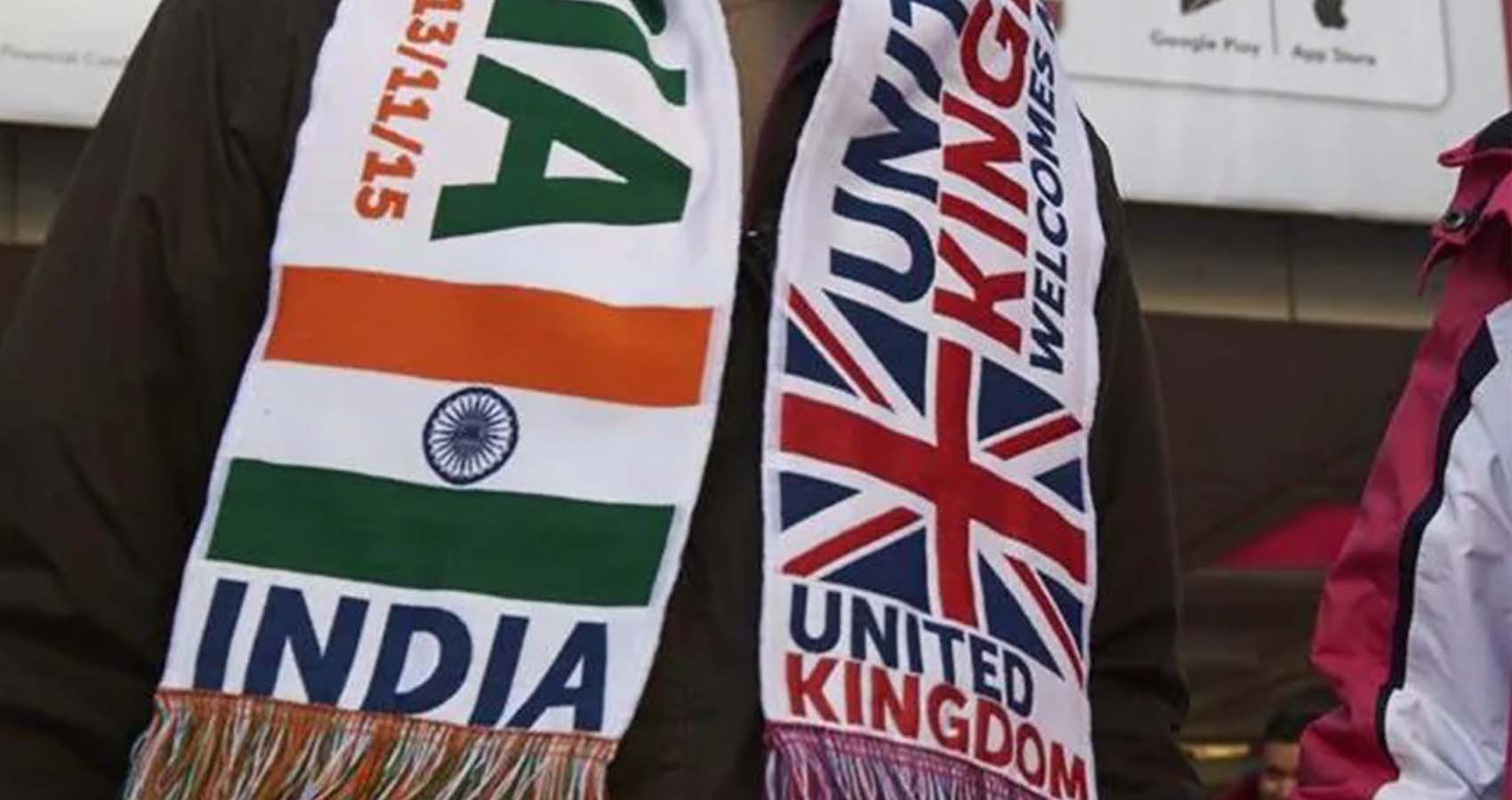
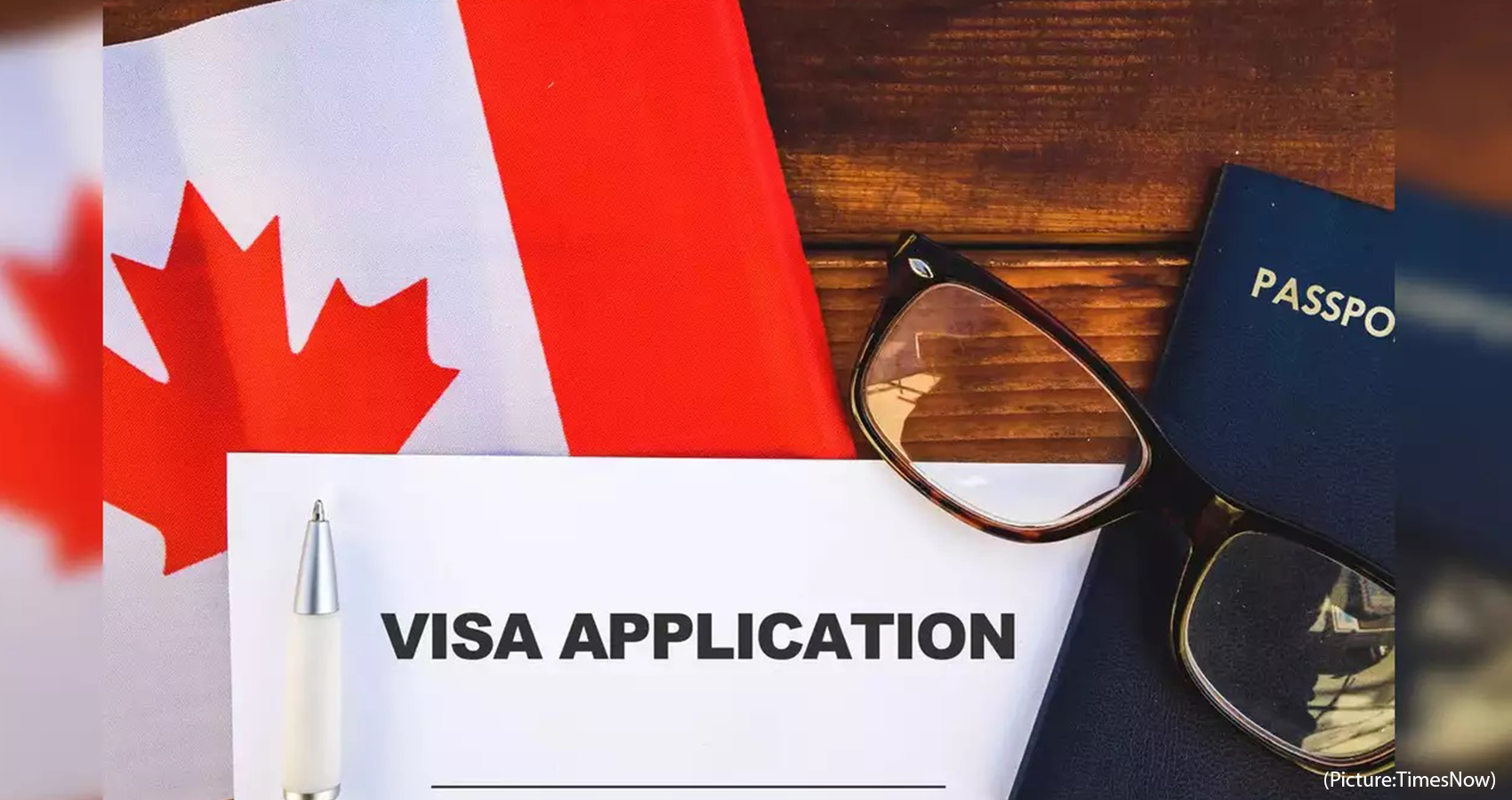
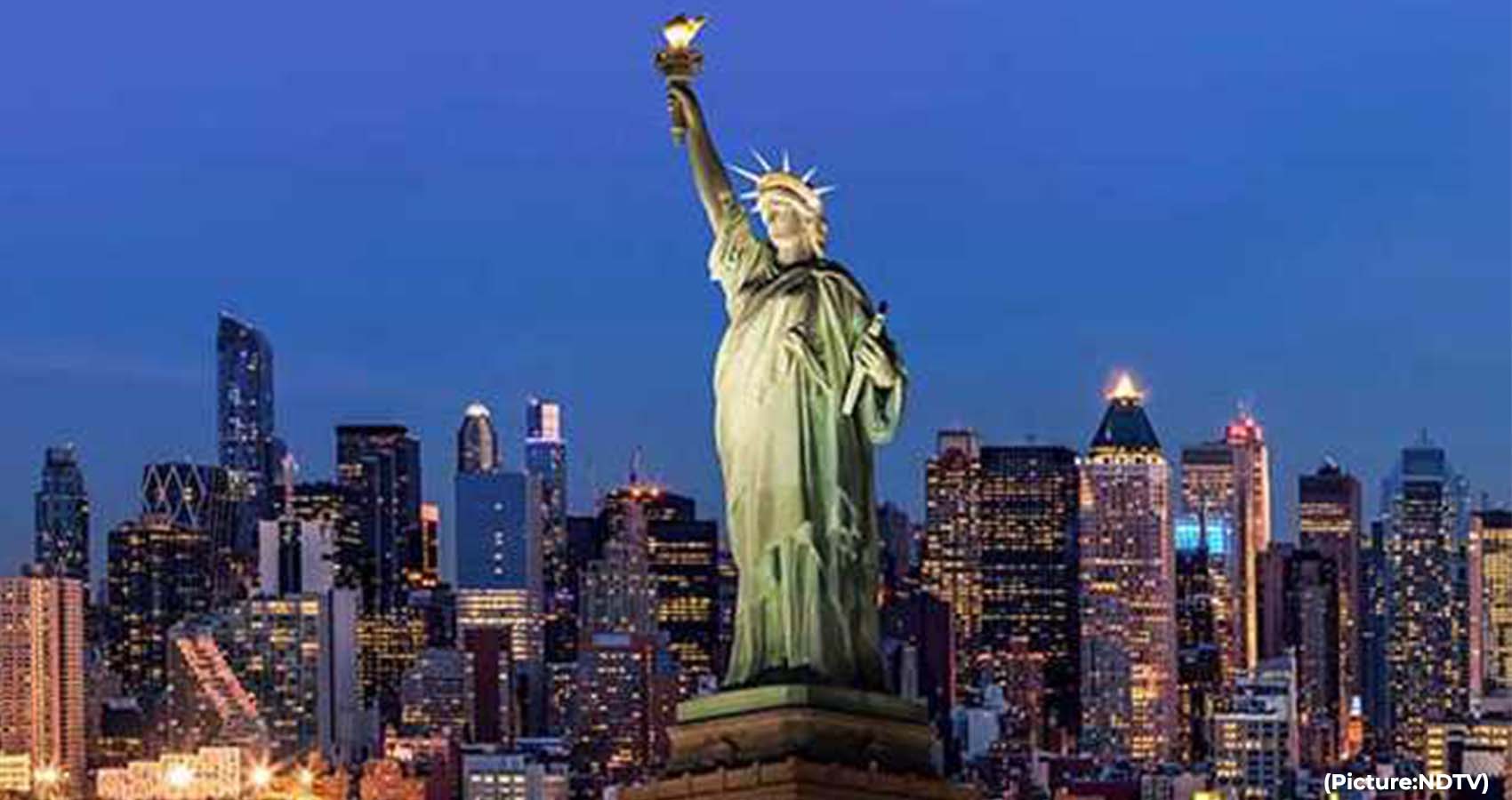
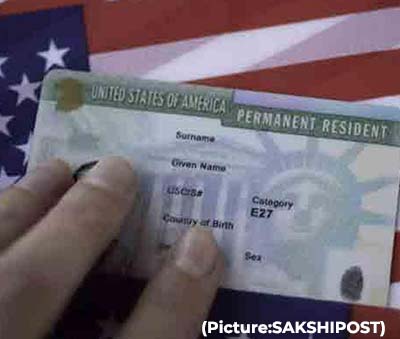 The recommendations of the President’s Advisory Commission on Asian Americans, Native Hawaiians, and Pacific Islanders (PACAANHPI) are to be sent to the White House now for approval. If adopted, it is is likely to bring cheers to the hundreds and thousands of Indian-Americans and those waiting, some even for decades, for a Green Card.
The recommendations of the President’s Advisory Commission on Asian Americans, Native Hawaiians, and Pacific Islanders (PACAANHPI) are to be sent to the White House now for approval. If adopted, it is is likely to bring cheers to the hundreds and thousands of Indian-Americans and those waiting, some even for decades, for a Green Card.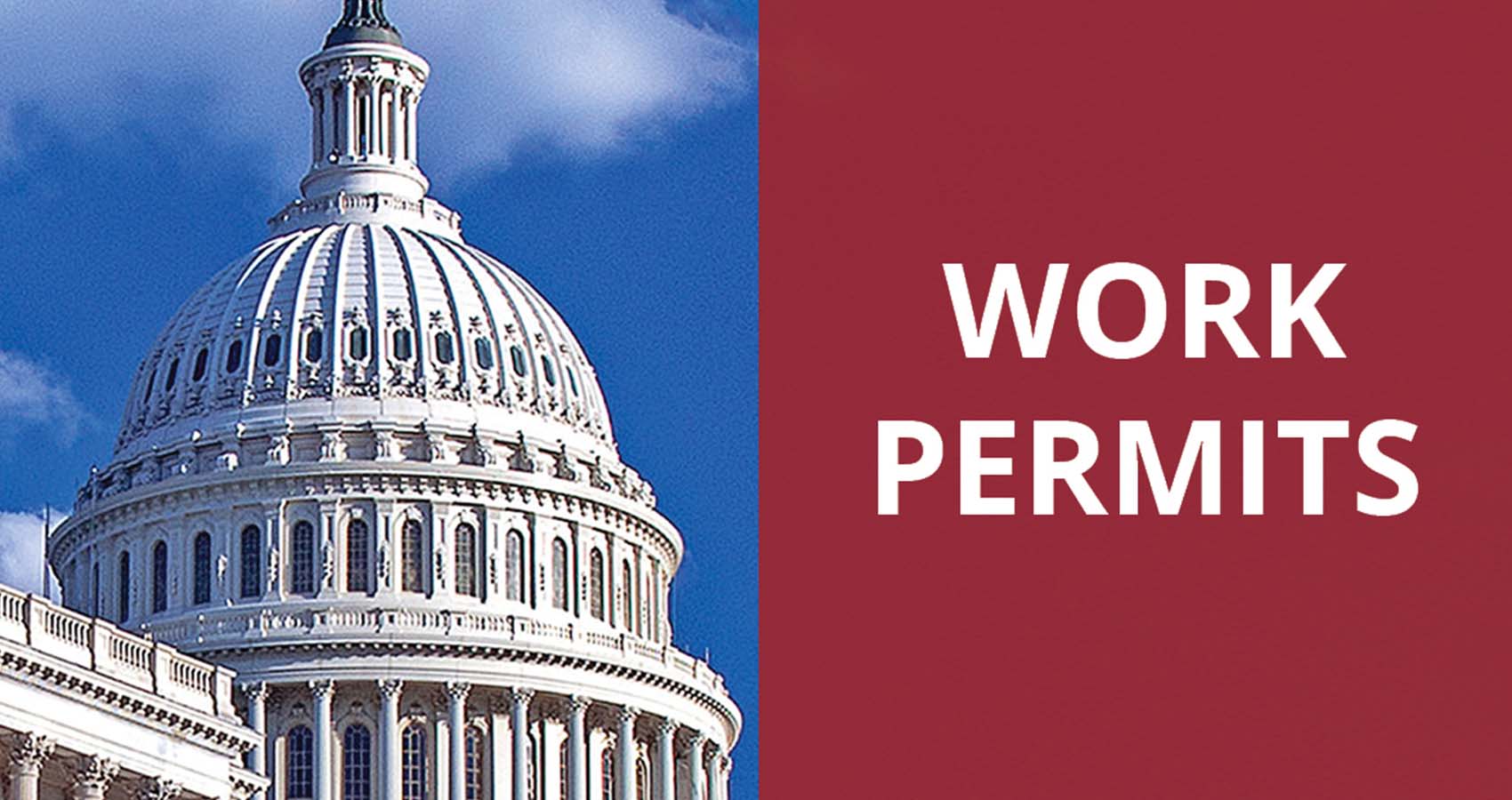
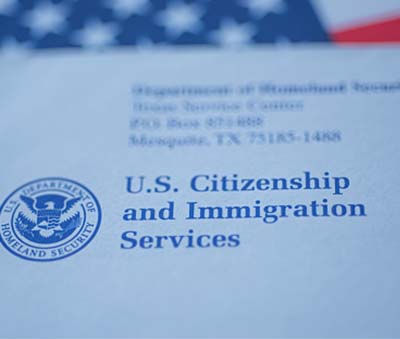 Now, an AOS applicant, or an eligible H-4 spouse, or L-2 spouse among other eligible EAD applicants, can be assured that there will be minimal concern of an employment-gap in their work authorization as they await their renewed EAD cards to arrive, Kim explains.
Now, an AOS applicant, or an eligible H-4 spouse, or L-2 spouse among other eligible EAD applicants, can be assured that there will be minimal concern of an employment-gap in their work authorization as they await their renewed EAD cards to arrive, Kim explains.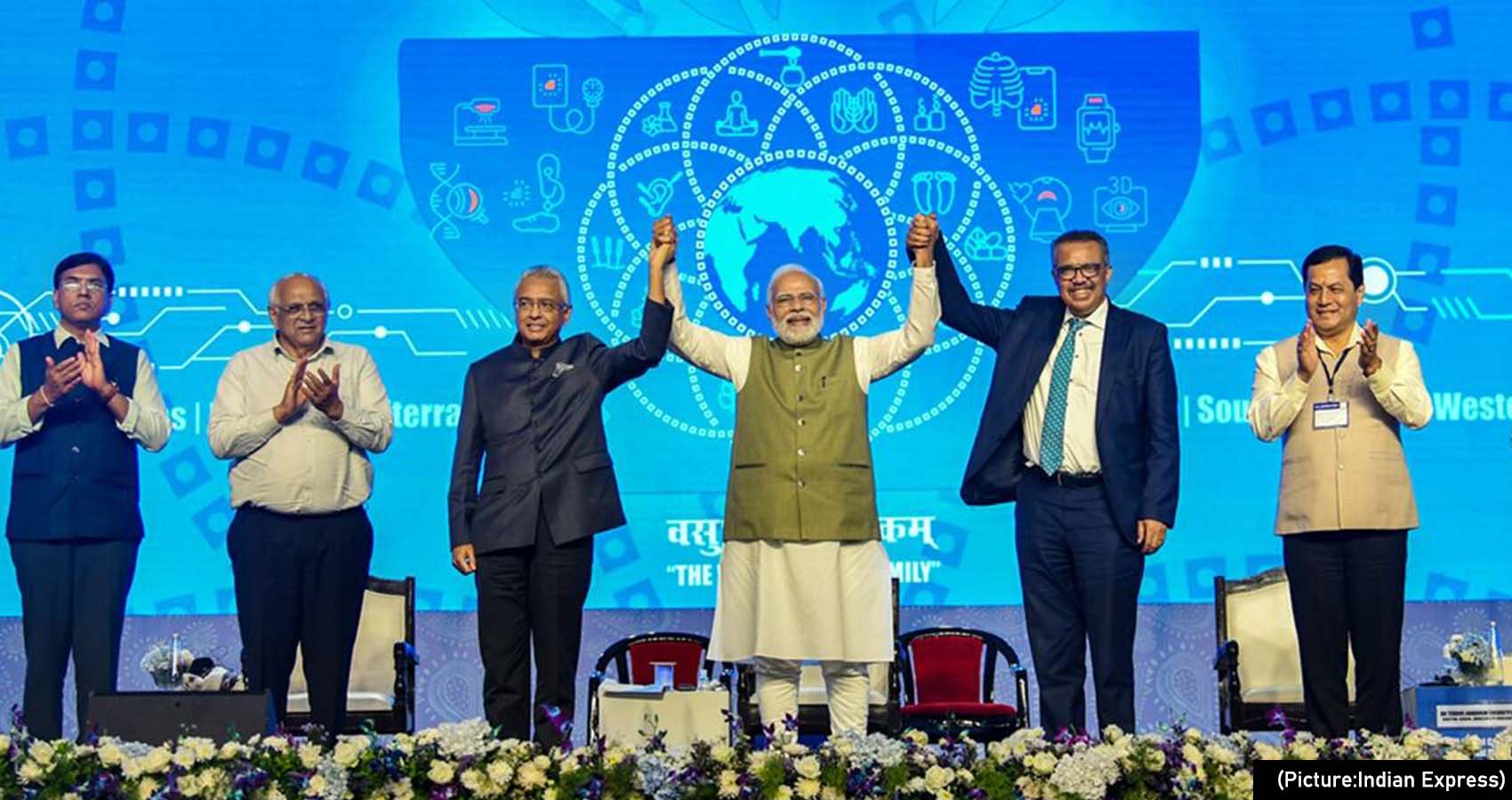
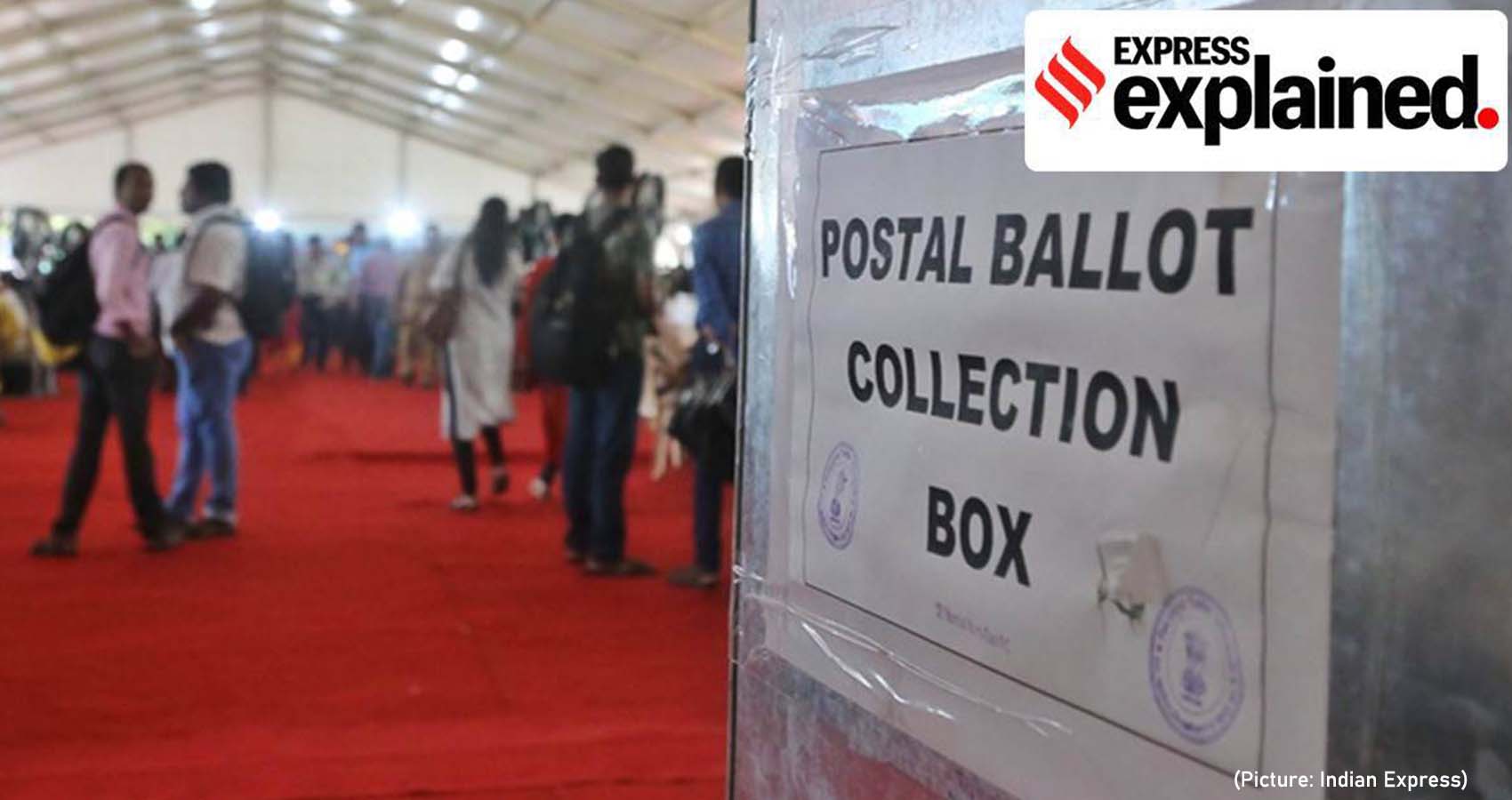
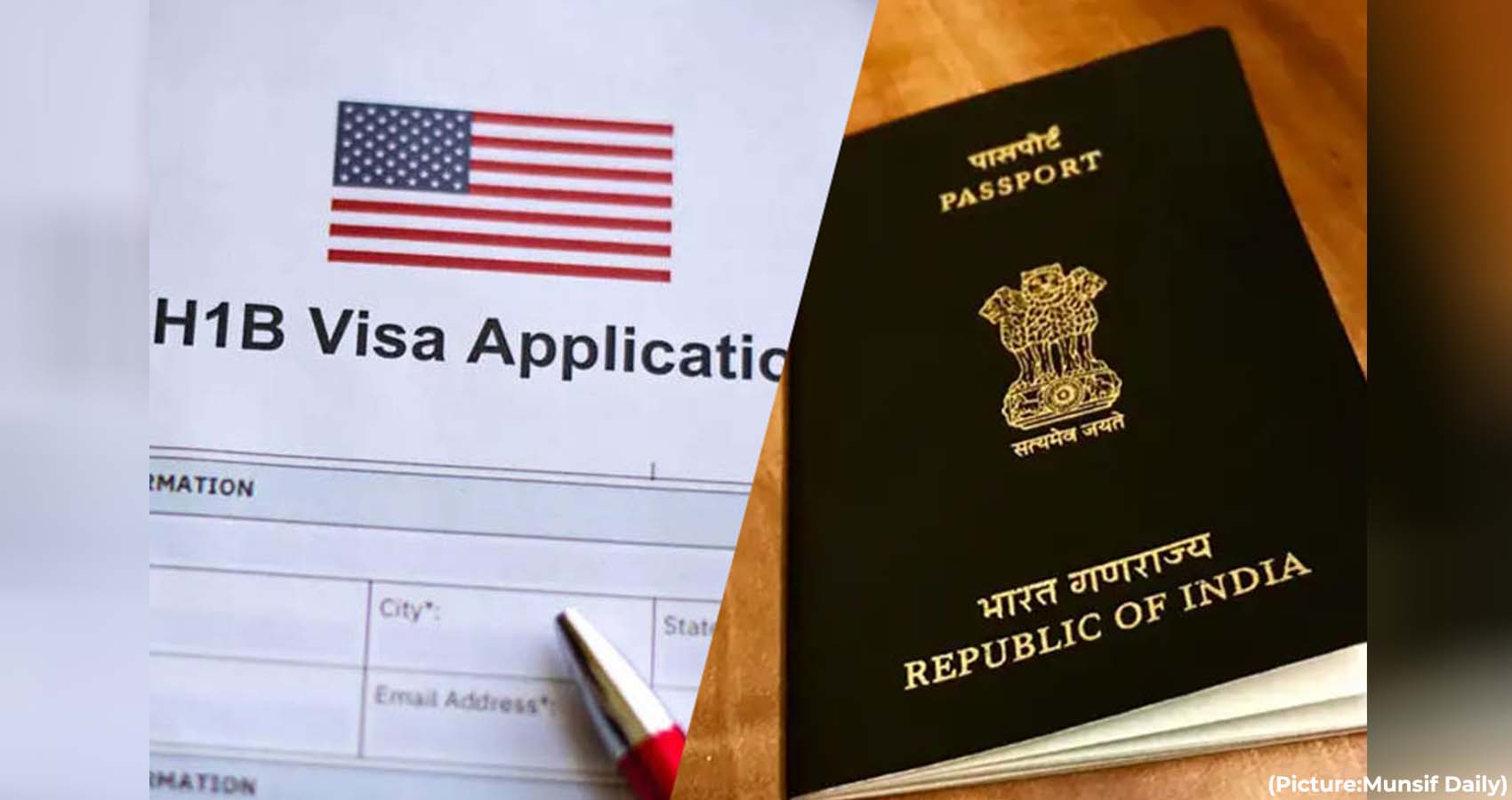
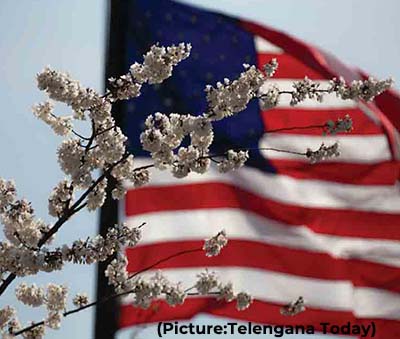 The US approved 407,071 H-1B petitions in 2021 and 301,616 of them 74.1 per cent were for Indian workers, according to the latest report on this topic released recently by the Department of Homeland Security, the government agency that oversees immigration.
The US approved 407,071 H-1B petitions in 2021 and 301,616 of them 74.1 per cent were for Indian workers, according to the latest report on this topic released recently by the Department of Homeland Security, the government agency that oversees immigration.
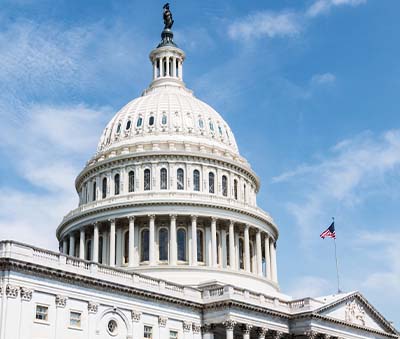 “By restoring the availability of immigrant visas lost due to COVID-19 or bureaucratic delay and enhancing green card processing, we are investing in our families and U.S. businesses,” said Chair Nadler. “Our immigration system is in desperate need of reform and this legislation is a vital step in the right direction. That is why I am proud to join Subcommittee Chair Lofgren in introducing the Jumpstart our Legal Immigration System Act, which will recapture some 400,000 family- and employment- based visas, create an accelerated path to adjustment of status for those already here, and give much need funds to U.S. Citizenship and Immigration Services to improve visa processing. This legislation, much of which was included in the House-passed version of the Build Back Better Act, is a no-brainer for our communities and economy.”
“By restoring the availability of immigrant visas lost due to COVID-19 or bureaucratic delay and enhancing green card processing, we are investing in our families and U.S. businesses,” said Chair Nadler. “Our immigration system is in desperate need of reform and this legislation is a vital step in the right direction. That is why I am proud to join Subcommittee Chair Lofgren in introducing the Jumpstart our Legal Immigration System Act, which will recapture some 400,000 family- and employment- based visas, create an accelerated path to adjustment of status for those already here, and give much need funds to U.S. Citizenship and Immigration Services to improve visa processing. This legislation, much of which was included in the House-passed version of the Build Back Better Act, is a no-brainer for our communities and economy.”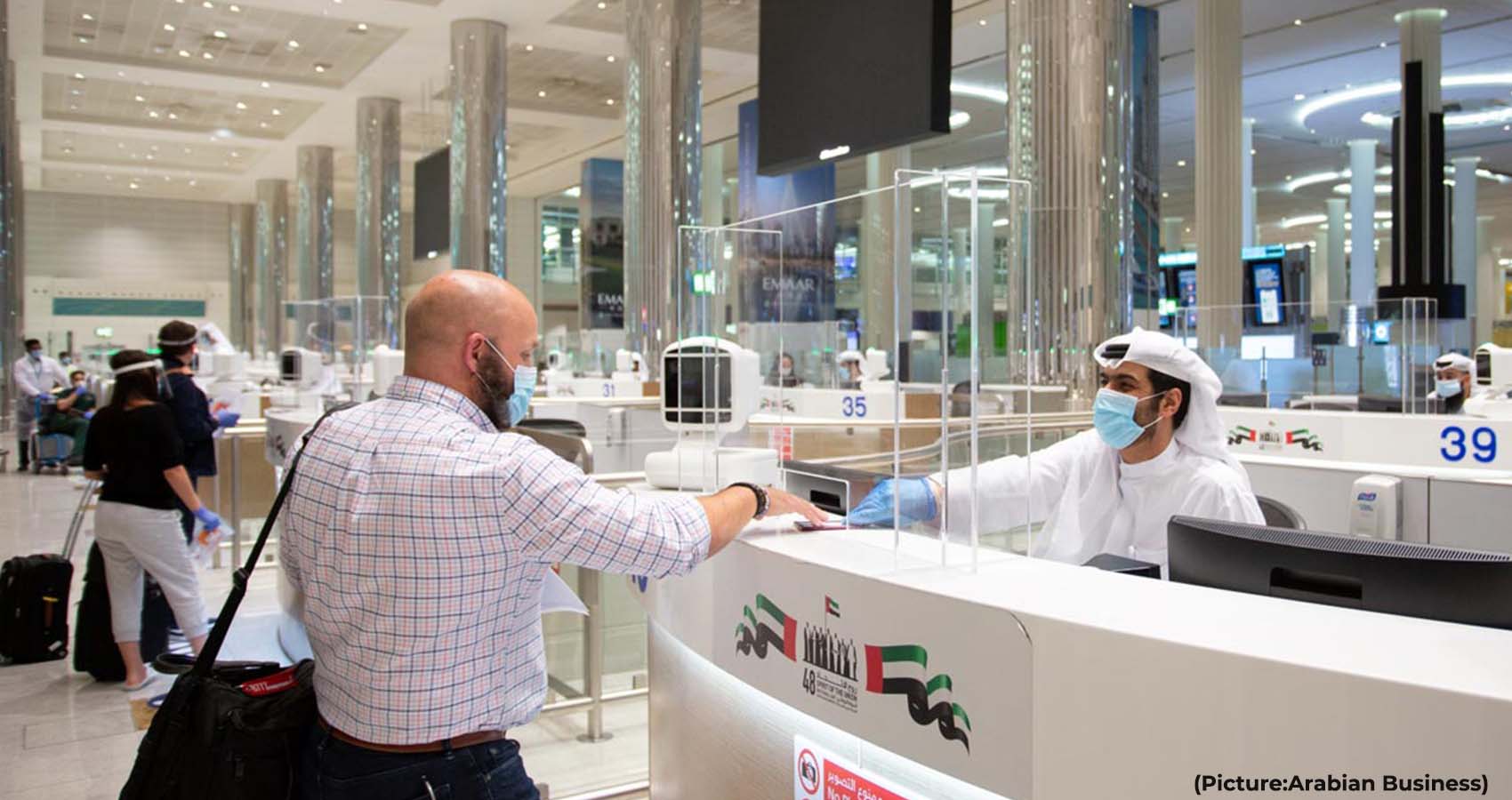
 Additionally, the authority’s smart application provides the possibility to obtain an electronic copy of the Emirates ID upon request.
Additionally, the authority’s smart application provides the possibility to obtain an electronic copy of the Emirates ID upon request.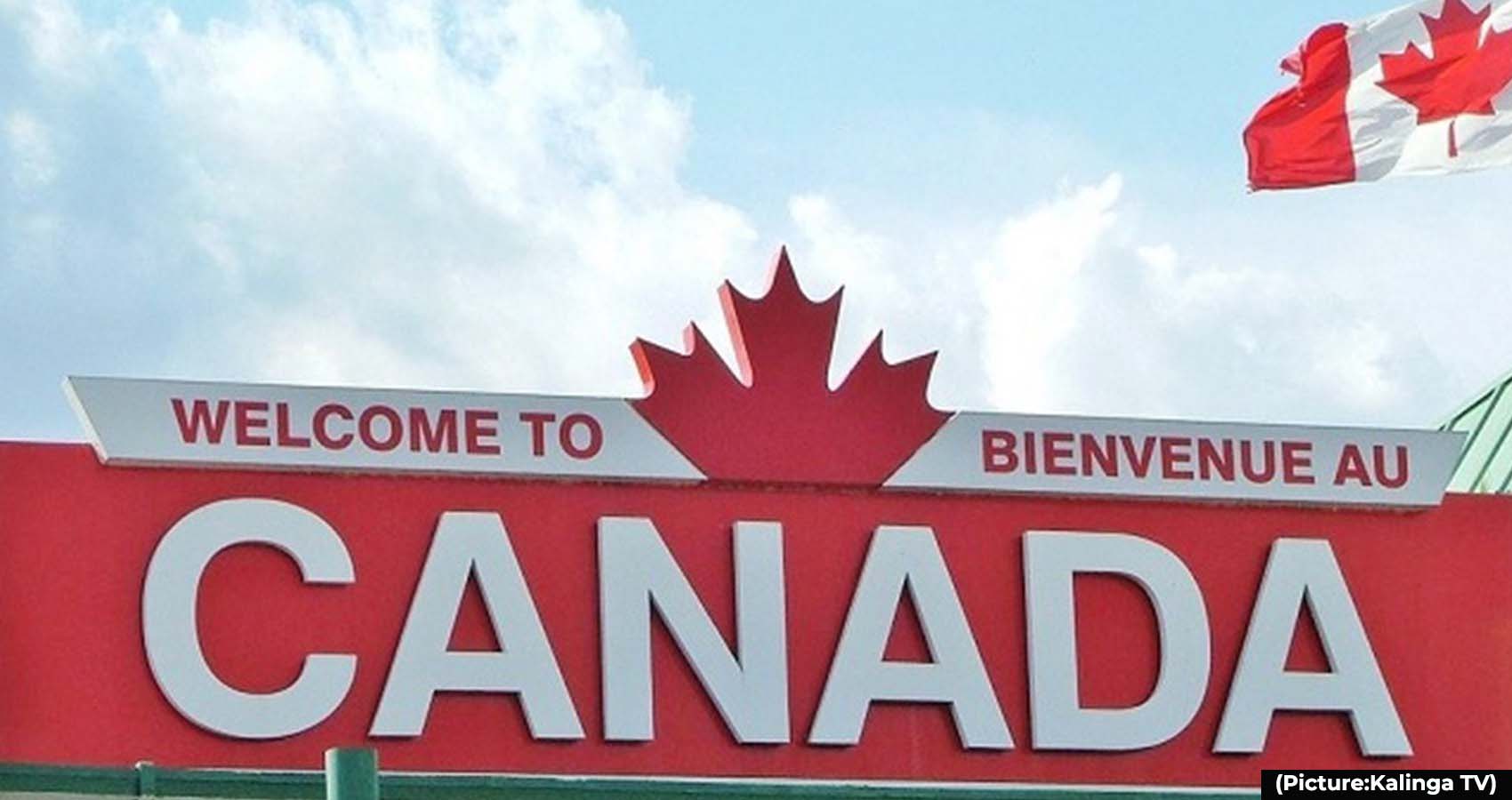
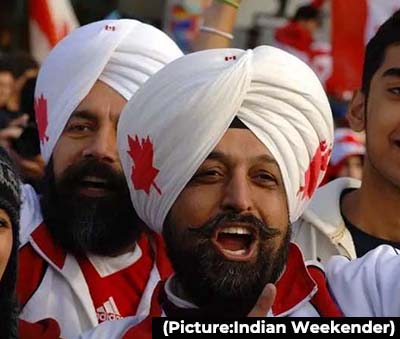 As per figures released by Immigration, Refugees and Citizenship Canada (IRCC), it also issued 450,000 study permit applications. As of December 31, 2021, of the approximately 622,000 foreign students in Canada, Indians number as high as 217,410.
As per figures released by Immigration, Refugees and Citizenship Canada (IRCC), it also issued 450,000 study permit applications. As of December 31, 2021, of the approximately 622,000 foreign students in Canada, Indians number as high as 217,410.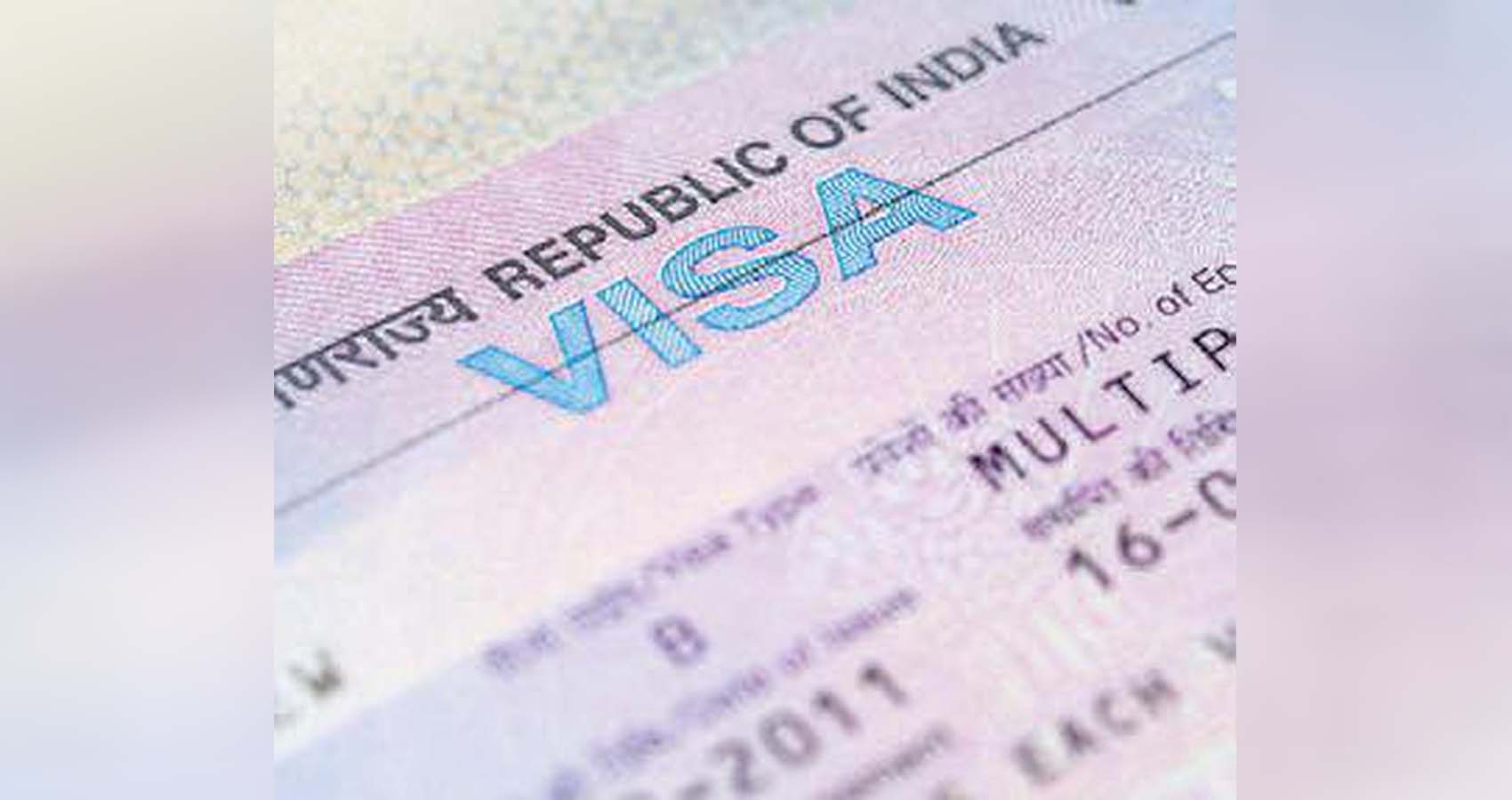
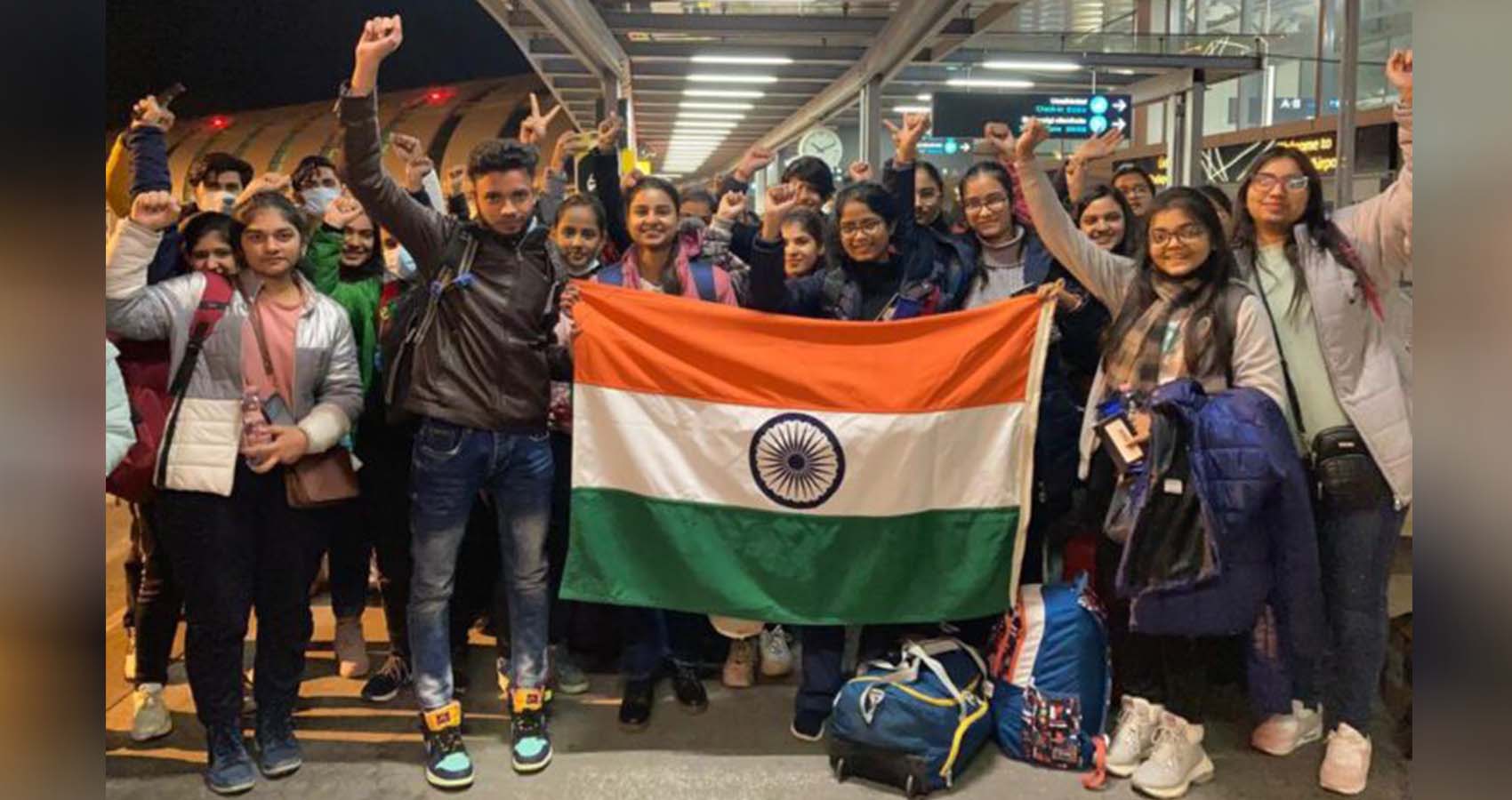

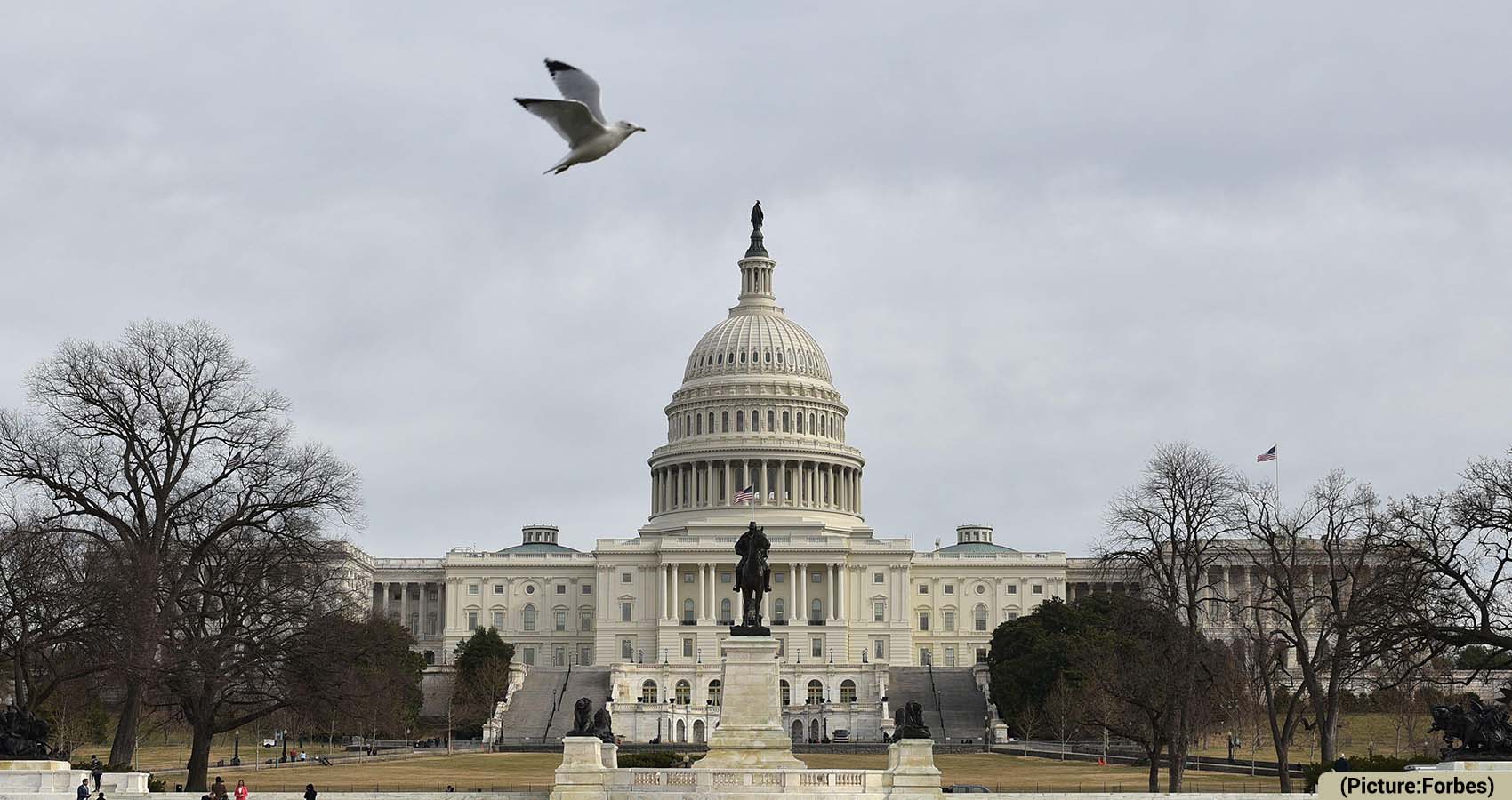
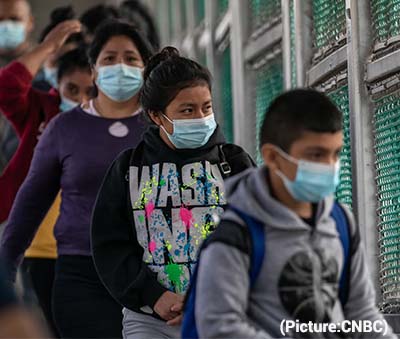 Exempting individuals with Ph.D.s in STEM fields from annual green card limits would relieve many from long wait times for permanent residence and (indirectly) reduce the decades-long waits for other highly skilled immigrants. The provision would allow U.S. employers to gain a significant competitive edge by offering the chance at permanent residence to outstanding researchers from around the world, including those early in their careers and engaging in cutting-edge work. (See
Exempting individuals with Ph.D.s in STEM fields from annual green card limits would relieve many from long wait times for permanent residence and (indirectly) reduce the decades-long waits for other highly skilled immigrants. The provision would allow U.S. employers to gain a significant competitive edge by offering the chance at permanent residence to outstanding researchers from around the world, including those early in their careers and engaging in cutting-edge work. (See 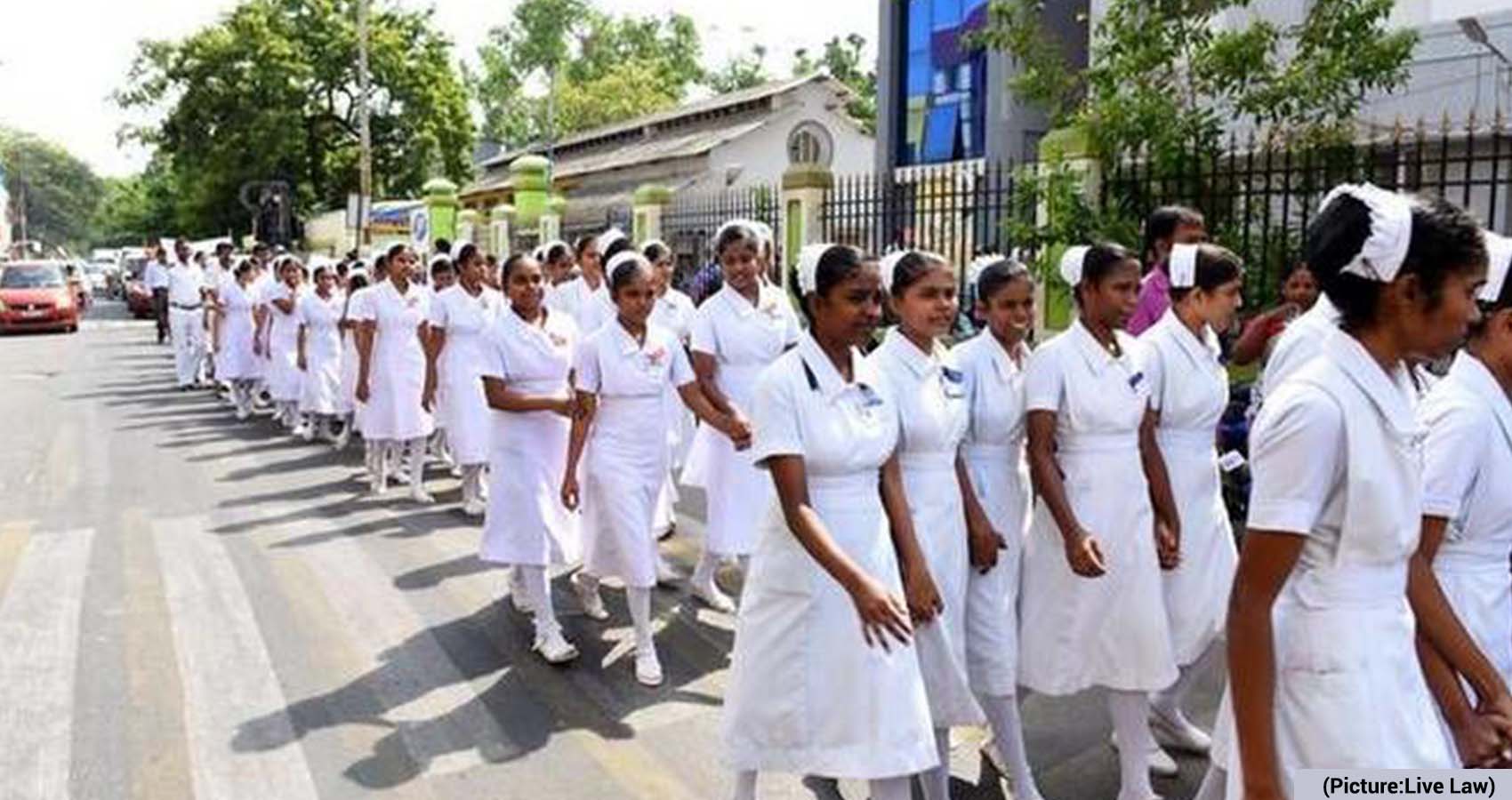
 U.S. hospitals are struggling with a shortage of nurses that worsened as pandemic burnout led many to retire or leave their jobs. Meanwhile, coronavirus cases continue to rise and fall, placing tremendous pressure on the health care system. In California alone, there’s an estimated gap of 40,000 nurses, or 14% of the workforce, according to a recent
U.S. hospitals are struggling with a shortage of nurses that worsened as pandemic burnout led many to retire or leave their jobs. Meanwhile, coronavirus cases continue to rise and fall, placing tremendous pressure on the health care system. In California alone, there’s an estimated gap of 40,000 nurses, or 14% of the workforce, according to a recent 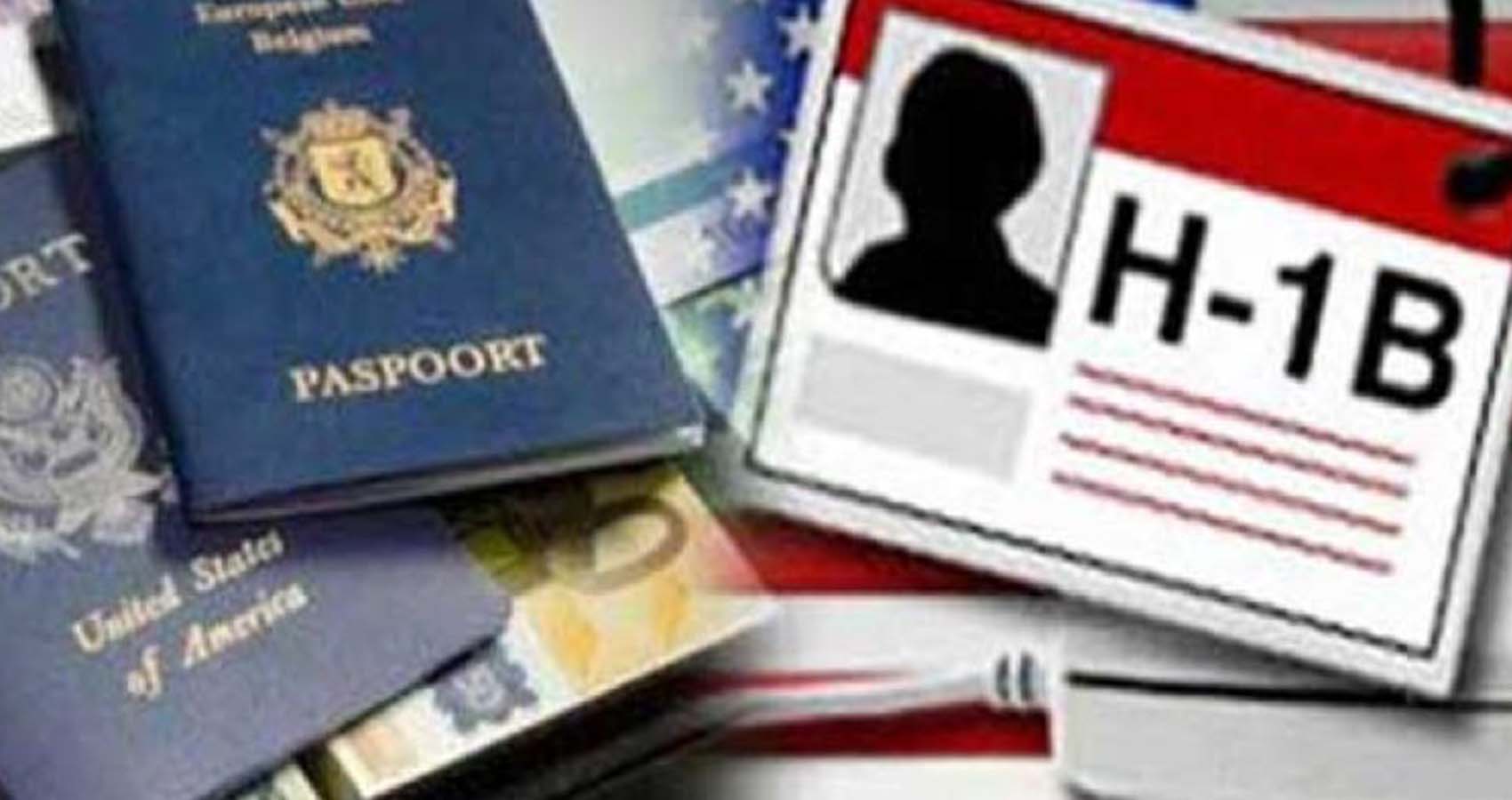


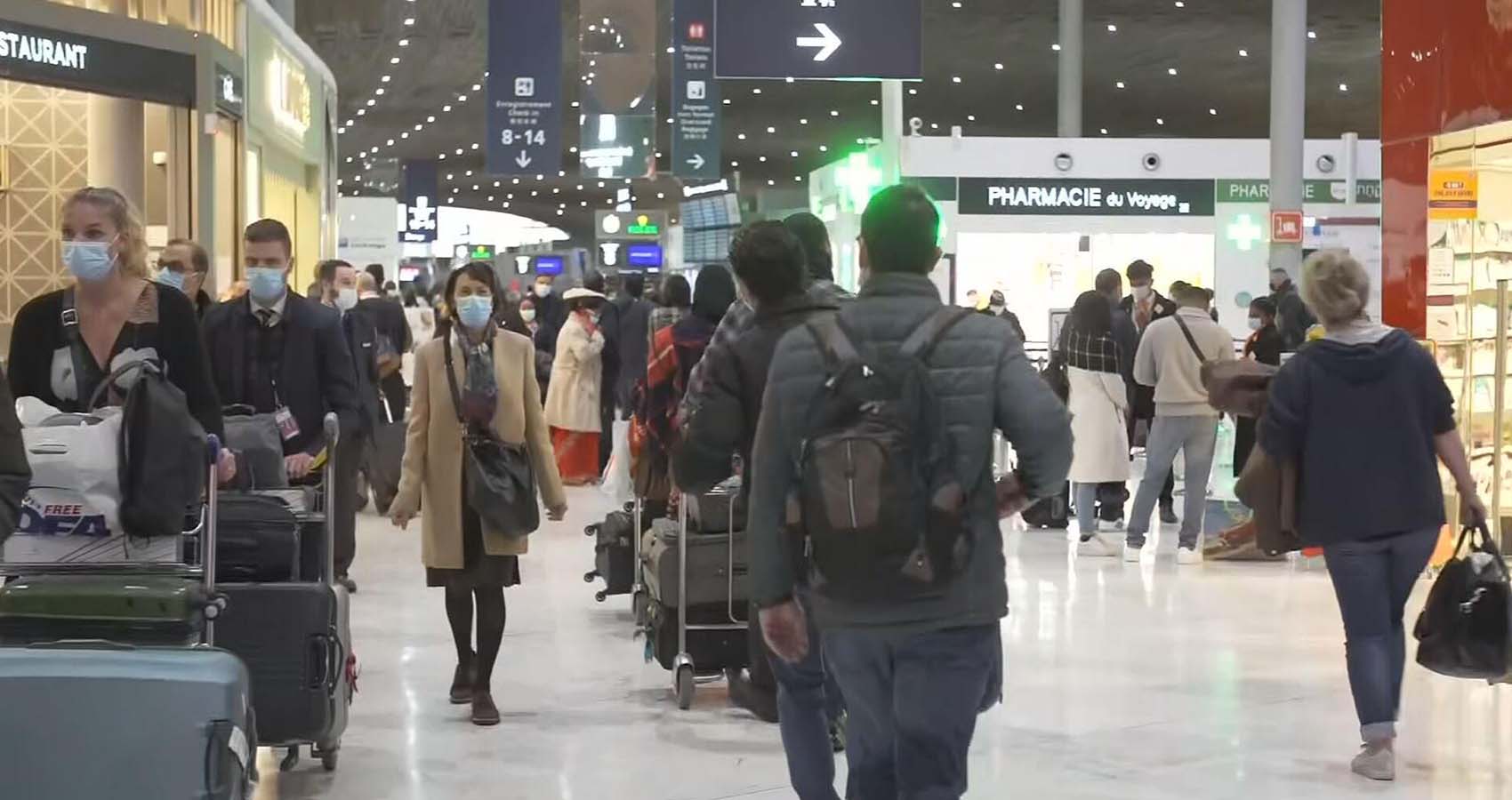
 That travel ban does not apply to U.S. citizens and permanent residents, and it’s possible the ban could be lifted soon.
That travel ban does not apply to U.S. citizens and permanent residents, and it’s possible the ban could be lifted soon.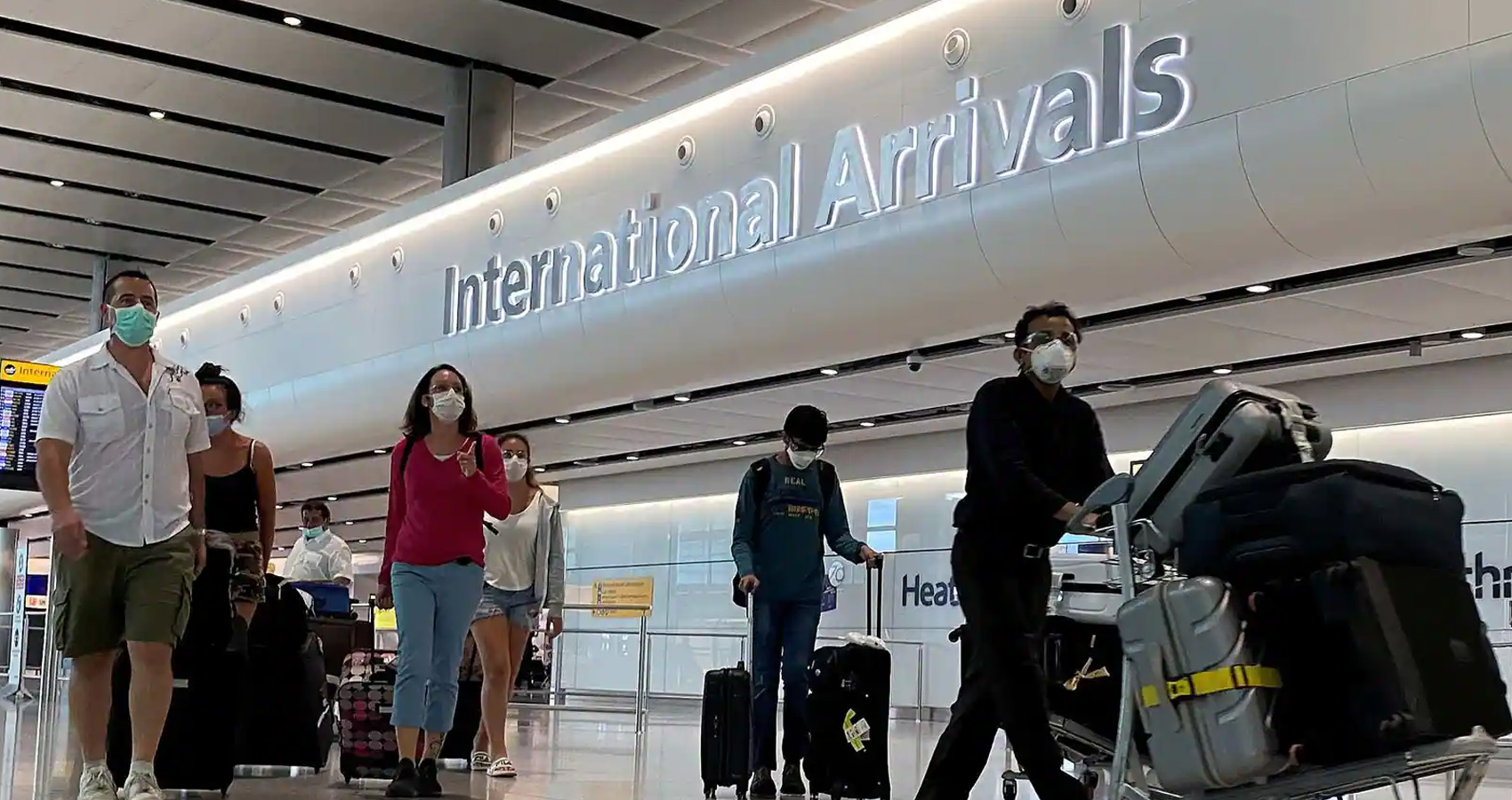
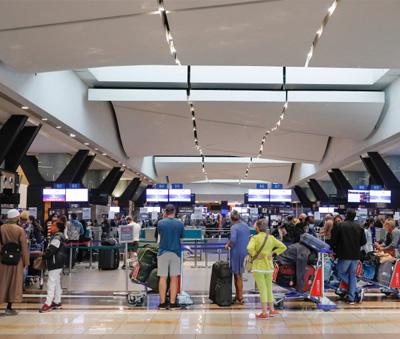 “On arrival, the passengers found to be symptomatic during screening shall be immediately isolated and taken to medical facility as per health protocol. If tested positive, their contacts shall be identified and managed as per laid down protocol,” said the updated guidelines.
“On arrival, the passengers found to be symptomatic during screening shall be immediately isolated and taken to medical facility as per health protocol. If tested positive, their contacts shall be identified and managed as per laid down protocol,” said the updated guidelines.
 Speaking on the occasion of the foundation laying stone ceremony of Noida International Airport here, PM Modi said, “Tourism of land-locked states like Uttar Pradesh will greatly benefit from the Noida International Airport. Now, pilgrims will be able to easily travel to temples and shrines in Uttar Pradesh.”
Speaking on the occasion of the foundation laying stone ceremony of Noida International Airport here, PM Modi said, “Tourism of land-locked states like Uttar Pradesh will greatly benefit from the Noida International Airport. Now, pilgrims will be able to easily travel to temples and shrines in Uttar Pradesh.”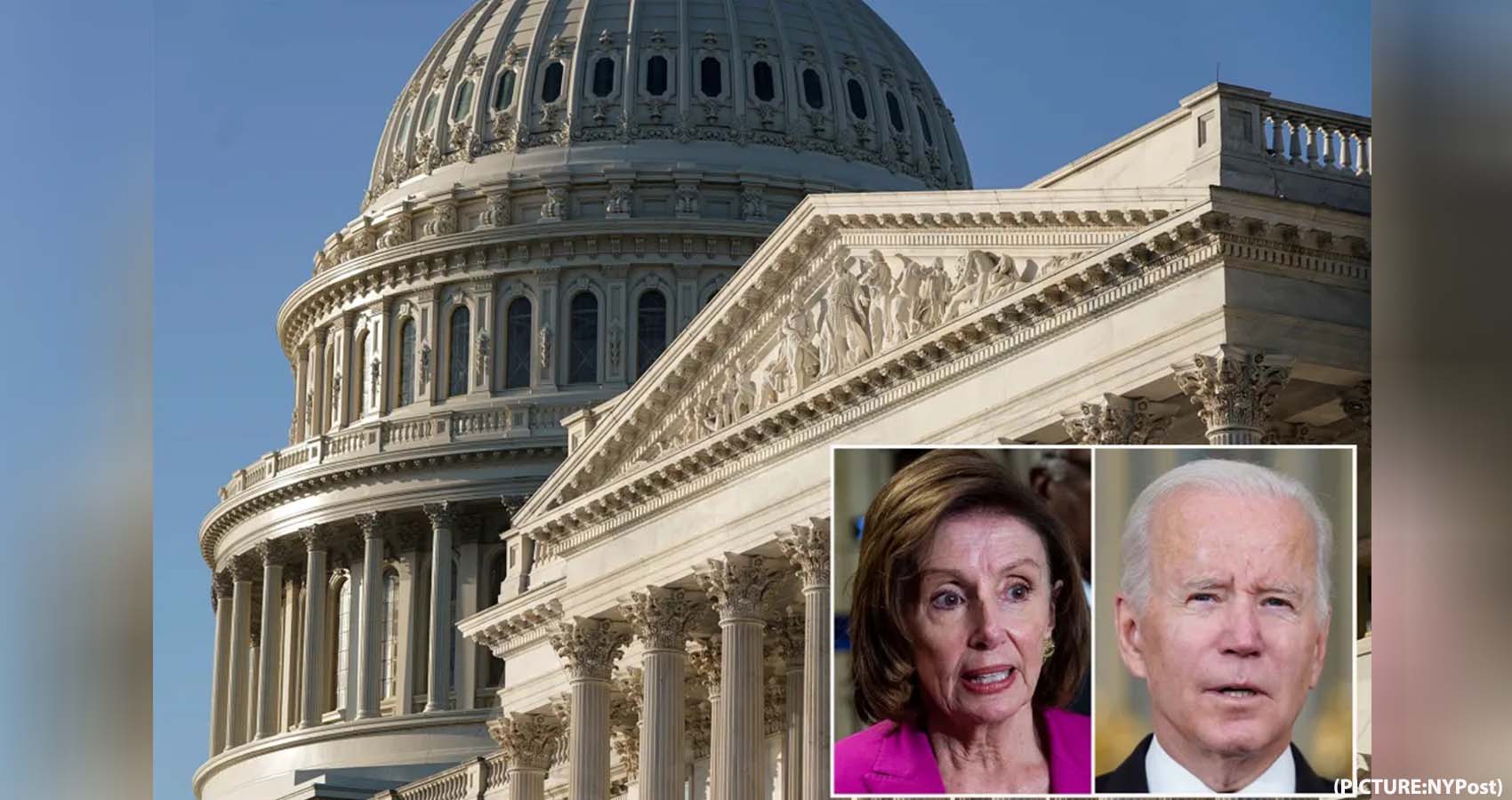
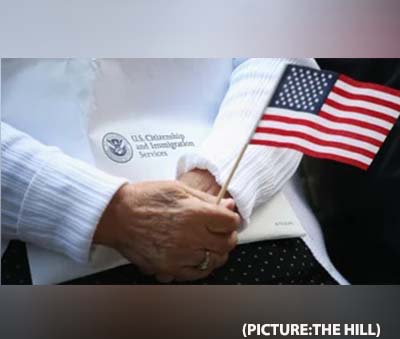 The Build Back Better Act includes long-term work permits and protections for seven million hardworking immigrant essential workers that will help prevent family separation, stabilize our workforce, boost our economy, and create jobs,” said Congressional Hispanic Caucus (CHC) Chair Raúl Ruiz (D-Calif.).
The Build Back Better Act includes long-term work permits and protections for seven million hardworking immigrant essential workers that will help prevent family separation, stabilize our workforce, boost our economy, and create jobs,” said Congressional Hispanic Caucus (CHC) Chair Raúl Ruiz (D-Calif.).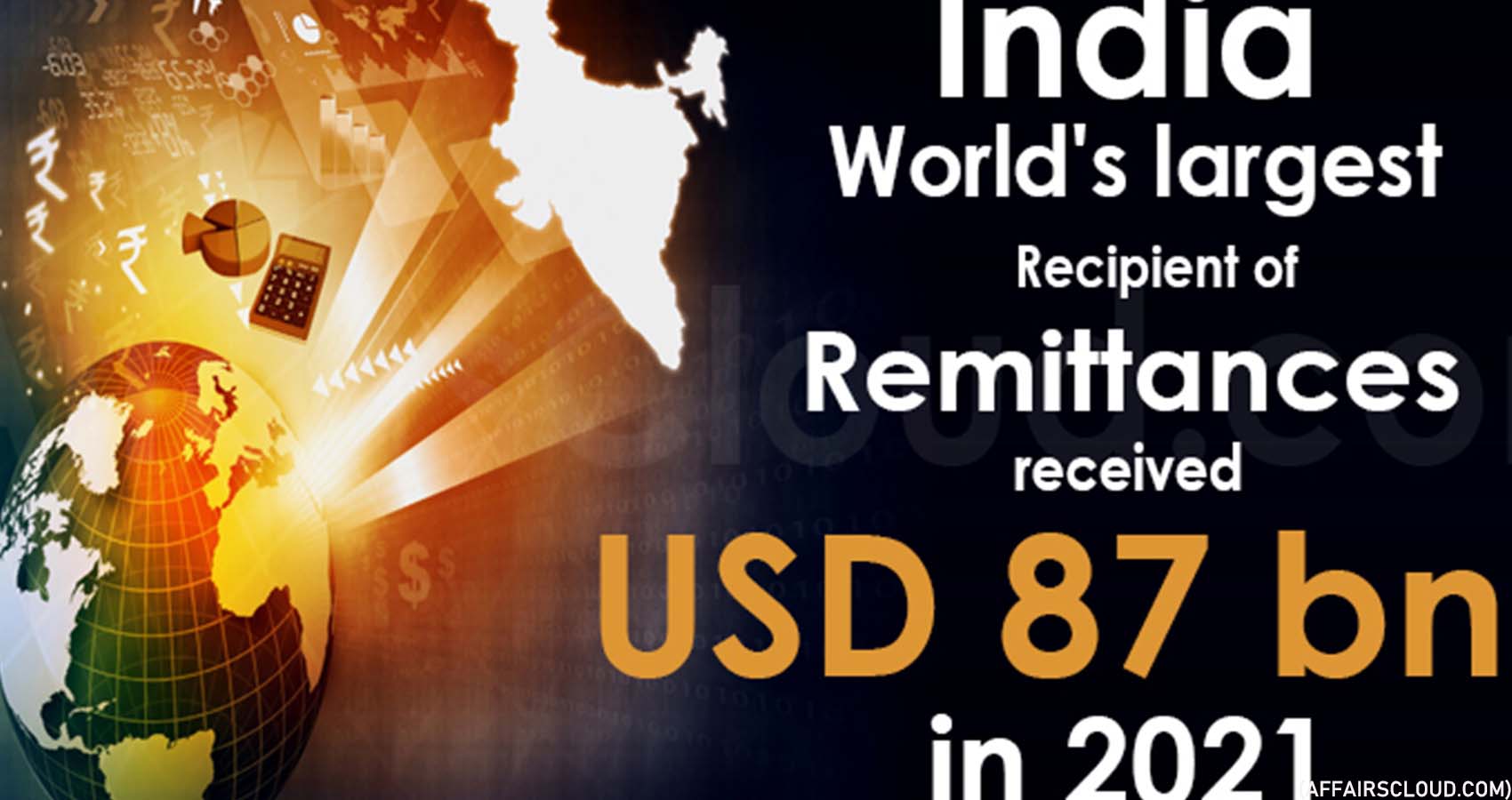
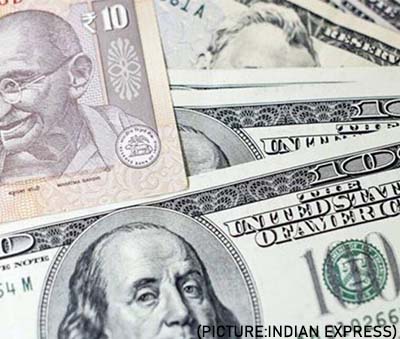 India is followed by China, Mexico, the Philippines, and Egypt, the report said. In India, remittances are projected to grow 3% in 2022 to $89.6 billion, reflecting a drop in overall migrant stock, as a large proportion of returnees from the Arab countries await return, it said.
India is followed by China, Mexico, the Philippines, and Egypt, the report said. In India, remittances are projected to grow 3% in 2022 to $89.6 billion, reflecting a drop in overall migrant stock, as a large proportion of returnees from the Arab countries await return, it said.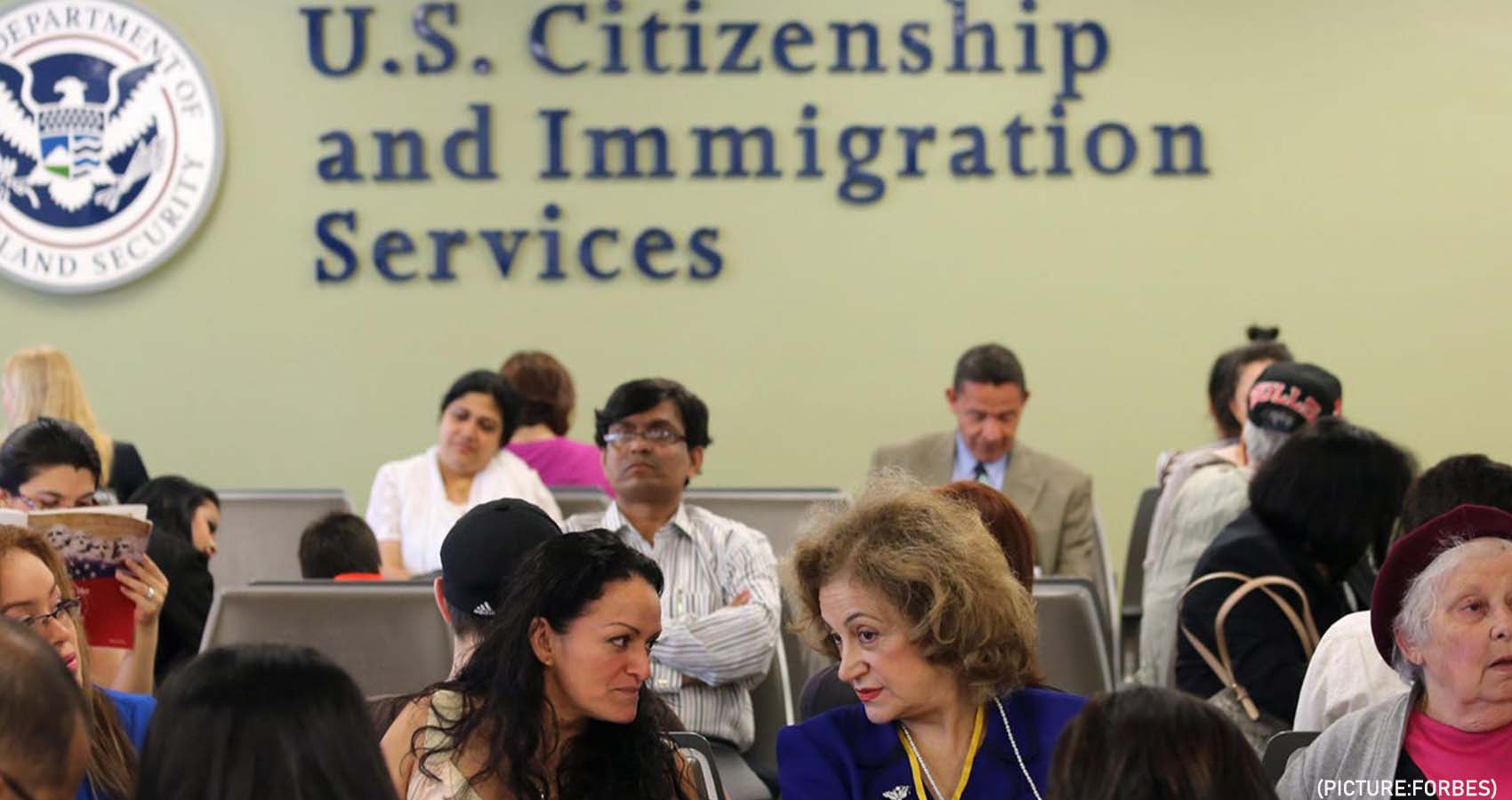
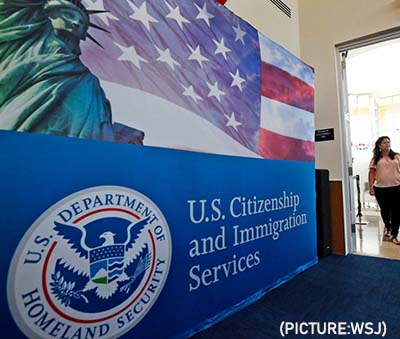 “For H-4 spouses who have lawful status and merely need to renew their employment authorization, they will now enjoy an automatic extension of their authorization for 180 days after expiration should the agency fail to process their timely-filed applications,” said Bless.
“For H-4 spouses who have lawful status and merely need to renew their employment authorization, they will now enjoy an automatic extension of their authorization for 180 days after expiration should the agency fail to process their timely-filed applications,” said Bless.
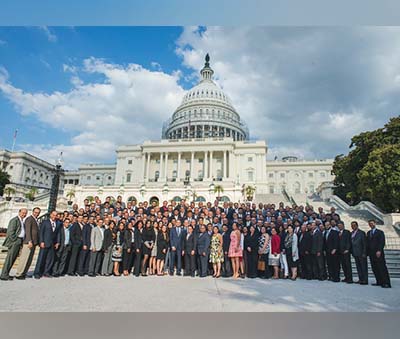 Lopez noted that while these programs do benefit hospitality companies, their overall impact is small. According to the Bureau of Labor Statistics, the hospitality industry had 1.58 million job openings in September, and the federal government caps the number of H-2B visas issued annually to 66,000.
Lopez noted that while these programs do benefit hospitality companies, their overall impact is small. According to the Bureau of Labor Statistics, the hospitality industry had 1.58 million job openings in September, and the federal government caps the number of H-2B visas issued annually to 66,000.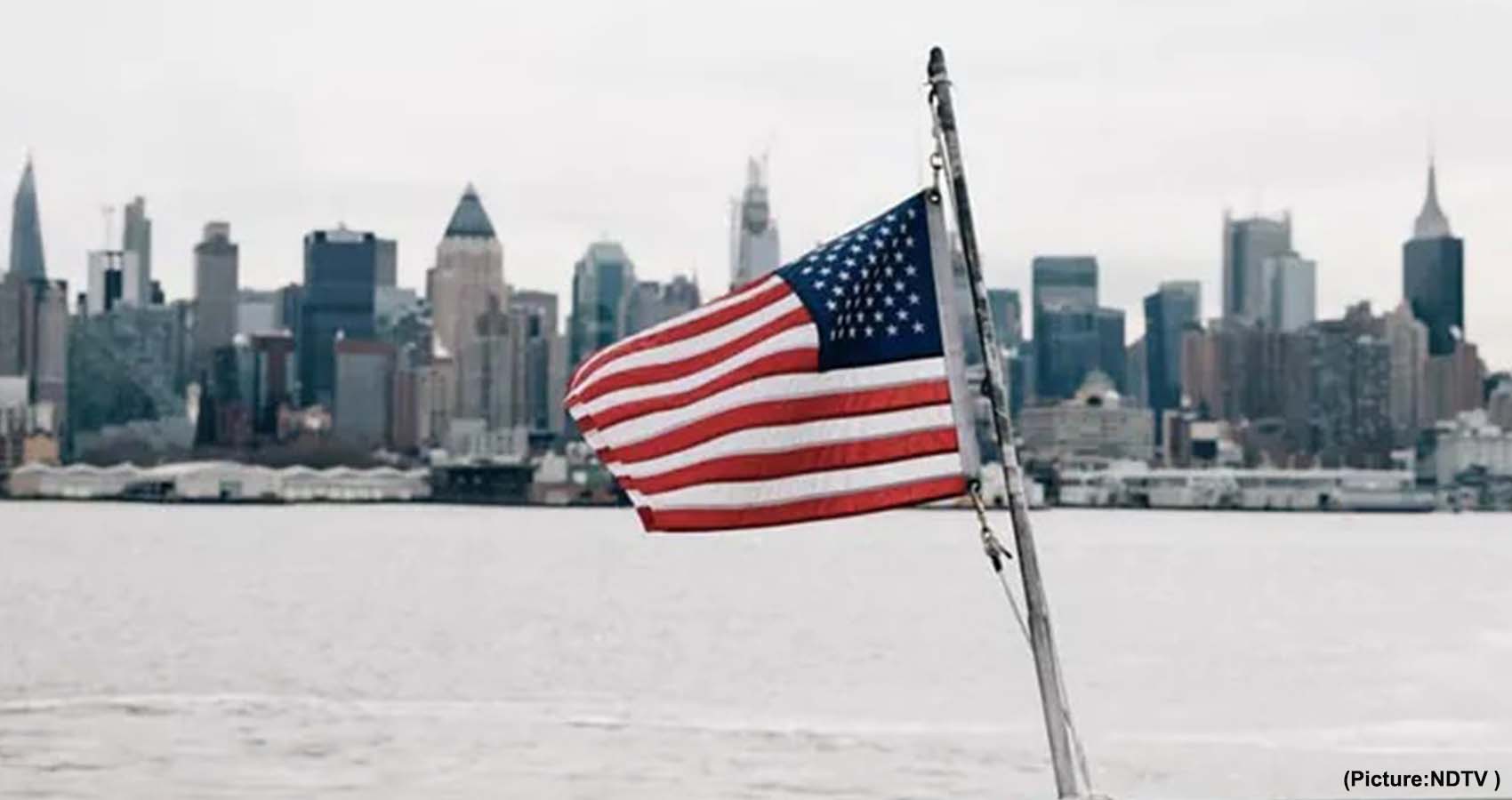
 Now the administration has agreed to provide automatic work authorization permits to the spouses of H-1B visa holders, most of whom are Indian IT professionals.
Now the administration has agreed to provide automatic work authorization permits to the spouses of H-1B visa holders, most of whom are Indian IT professionals.
 The United States is largely wide open, although there are some state and local restrictions that still apply. For example, there are mask mandates in Hawaii, Illinois, New Mexico, Nevada, Oregon and Washington. Washington, DC and Puerto Rico also require masks in indoor public spaces.
The United States is largely wide open, although there are some state and local restrictions that still apply. For example, there are mask mandates in Hawaii, Illinois, New Mexico, Nevada, Oregon and Washington. Washington, DC and Puerto Rico also require masks in indoor public spaces.
 Starting on November 8, non-citizen, non-immigrant air travelers to the United States will be required to be fully vaccinated and to provide proof of COVID-19 vaccination status prior to boarding an airplane to fly to the U.S., with only limited exceptions. The updated travel guidelines also include new protocols around testing. To further strengthen protections, unvaccinated travelers – whether U.S. Citizens, lawful permanent residents (LPRs), or the small number of excepted unvaccinated foreign nationals – will now need to test within one day of departure.
Starting on November 8, non-citizen, non-immigrant air travelers to the United States will be required to be fully vaccinated and to provide proof of COVID-19 vaccination status prior to boarding an airplane to fly to the U.S., with only limited exceptions. The updated travel guidelines also include new protocols around testing. To further strengthen protections, unvaccinated travelers – whether U.S. Citizens, lawful permanent residents (LPRs), or the small number of excepted unvaccinated foreign nationals – will now need to test within one day of departure.
 The guidelines released last week had said that travelers coming from a country with which India has reciprocal arrangements for mutual acceptance of WHO-approved Covid-19 vaccines would not have to self-isolate but would have to produce a negative RT-PCR test.
The guidelines released last week had said that travelers coming from a country with which India has reciprocal arrangements for mutual acceptance of WHO-approved Covid-19 vaccines would not have to self-isolate but would have to produce a negative RT-PCR test.
 The department said Oct. 19 that Facebook, headquartered in Menlo Park, Calif., will also pay up to $9.75 million to the workers it had discriminated against under a settlement it made with it and the Labor Department, reported IANS. “This settlement is an important step forward and means that U.S. workers will have a fair chance to learn about and apply for Facebook’s job opportunities,” Labor Department’s Indian American Solicitor Seema Nanda said.
The department said Oct. 19 that Facebook, headquartered in Menlo Park, Calif., will also pay up to $9.75 million to the workers it had discriminated against under a settlement it made with it and the Labor Department, reported IANS. “This settlement is an important step forward and means that U.S. workers will have a fair chance to learn about and apply for Facebook’s job opportunities,” Labor Department’s Indian American Solicitor Seema Nanda said.
 Sure enough, both Wages’s and her partner’s passports had expired during the
Sure enough, both Wages’s and her partner’s passports had expired during the 
 The move comes a year and a half after grant of tourist visas was suspended in the wake of Covid pandemic. The ministry said in a statement that the decision was taken following consultations with stakeholders like the Ministry of Health & Family Welfare, Ministry of External Affairs, Ministry of Civil Aviation, Ministry of Tourism and state governments.
The move comes a year and a half after grant of tourist visas was suspended in the wake of Covid pandemic. The ministry said in a statement that the decision was taken following consultations with stakeholders like the Ministry of Health & Family Welfare, Ministry of External Affairs, Ministry of Civil Aviation, Ministry of Tourism and state governments.
 The United Kingdom is easing its travel restrictions starting from October 11 allowing travellers from more countries to enter the UK. Indians were already allowed to travel to the UK but what changes from October 11 is that those who are vaccinated with both doses of Covishield will not require to undergo 10-day mandatory quarantine in the UK.
The United Kingdom is easing its travel restrictions starting from October 11 allowing travellers from more countries to enter the UK. Indians were already allowed to travel to the UK but what changes from October 11 is that those who are vaccinated with both doses of Covishield will not require to undergo 10-day mandatory quarantine in the UK.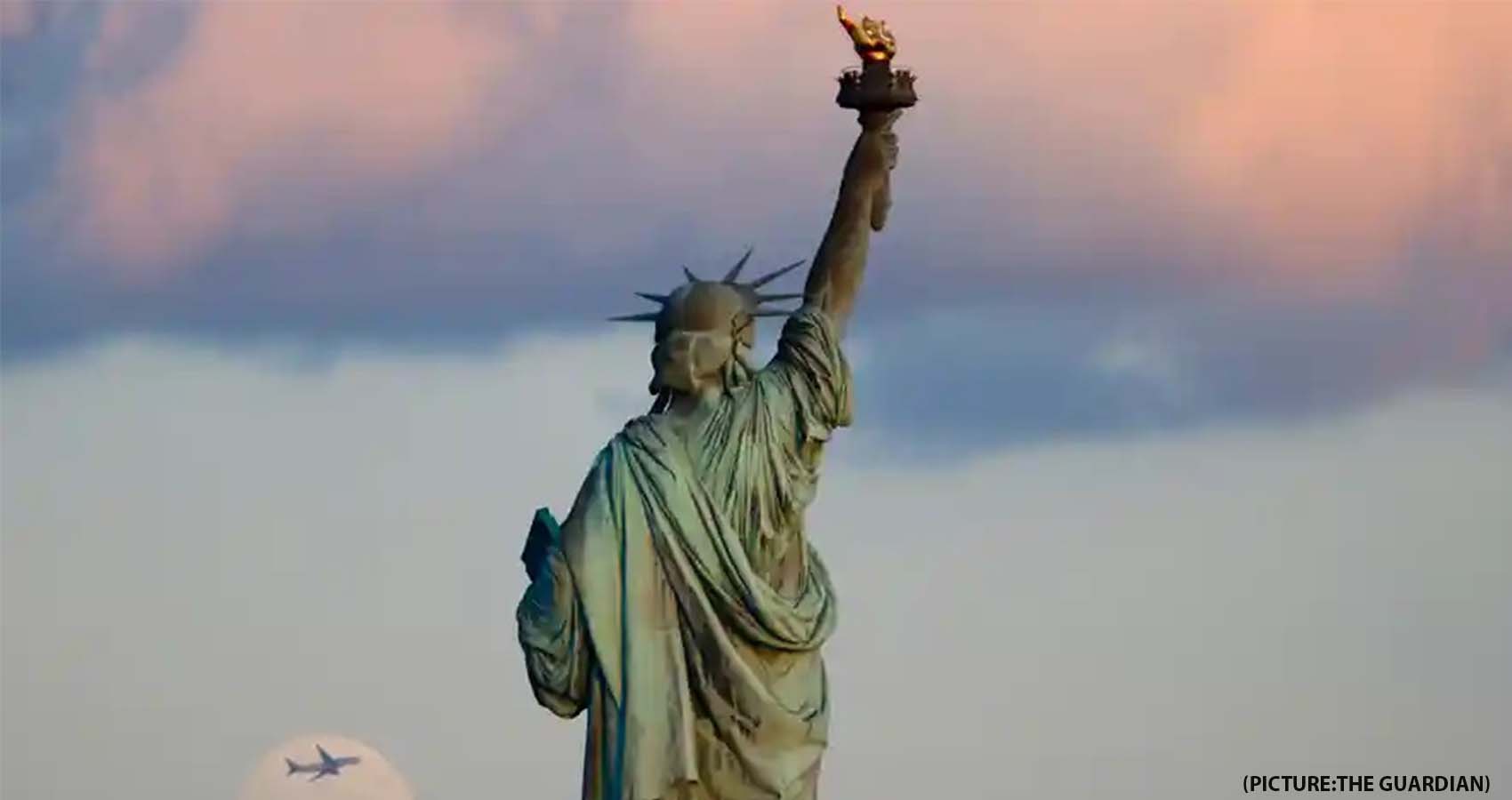
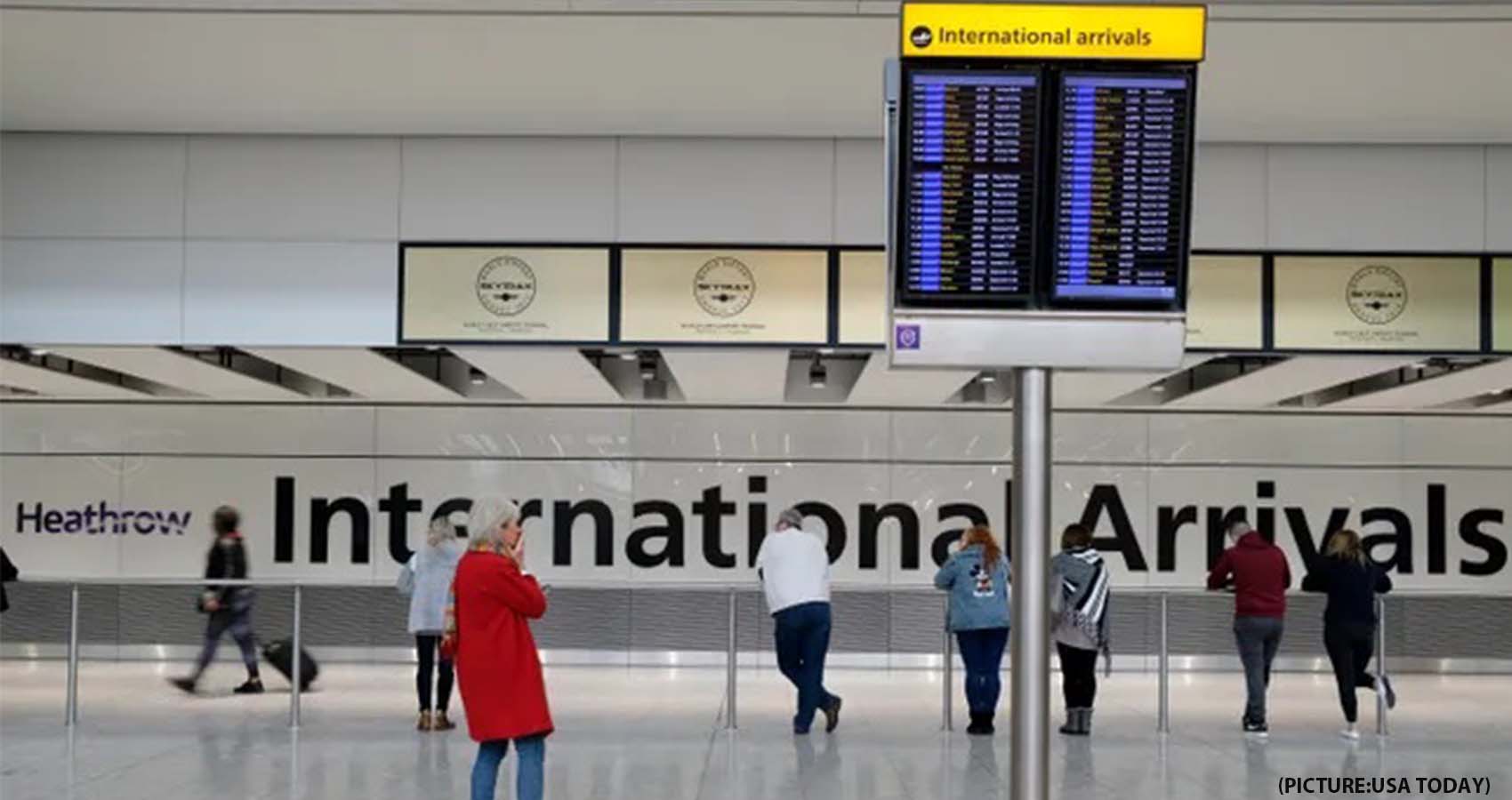
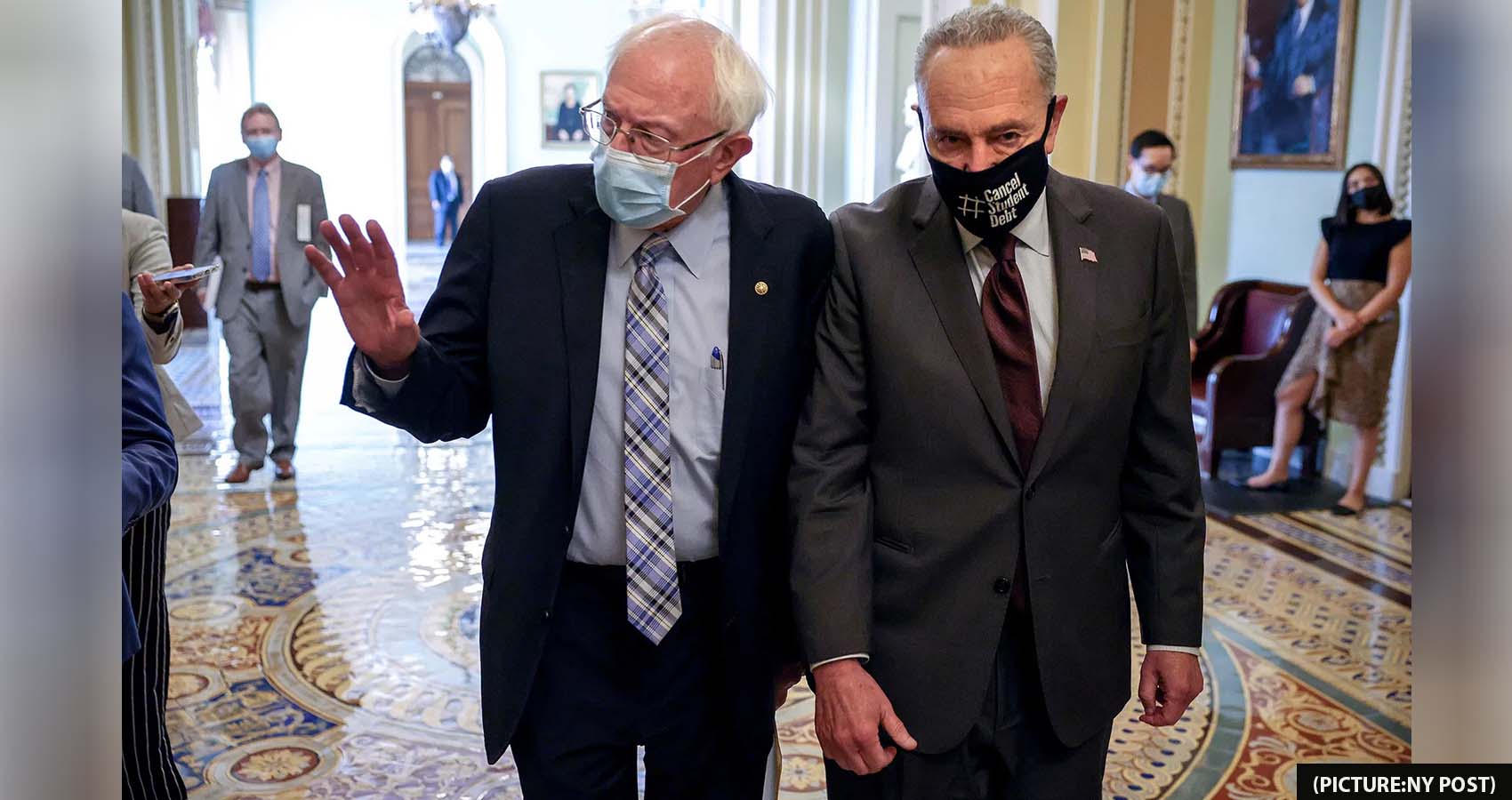
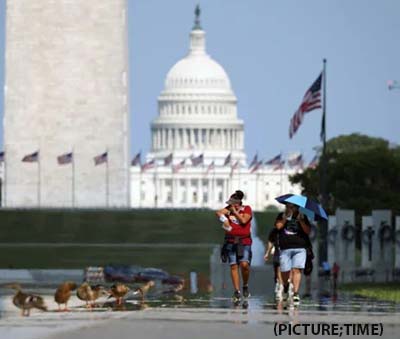 In other words, she said, lawmakers cannot squeeze giving eight million immigrants a pathway to legal citizenship into a legislative
In other words, she said, lawmakers cannot squeeze giving eight million immigrants a pathway to legal citizenship into a legislative 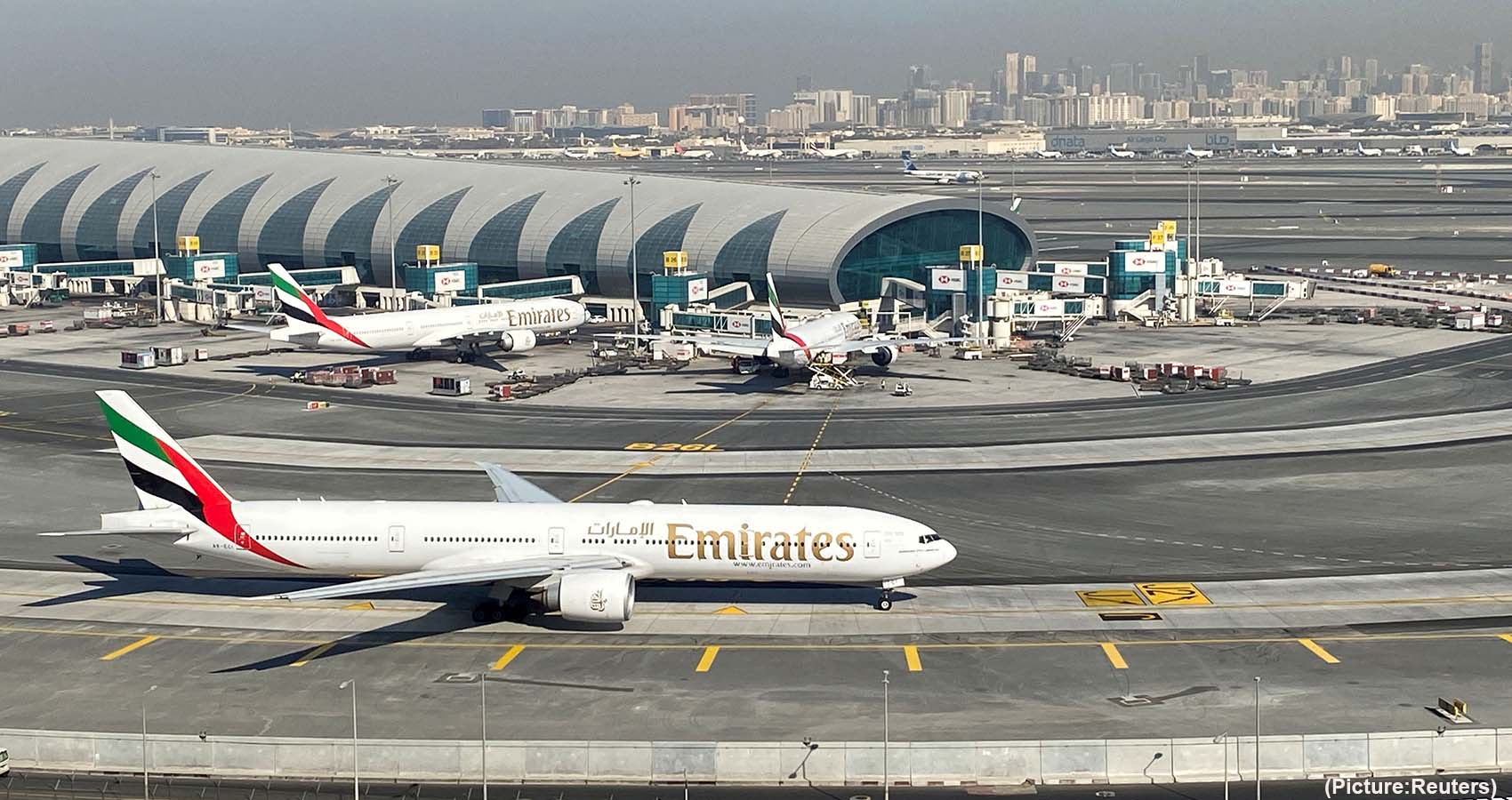
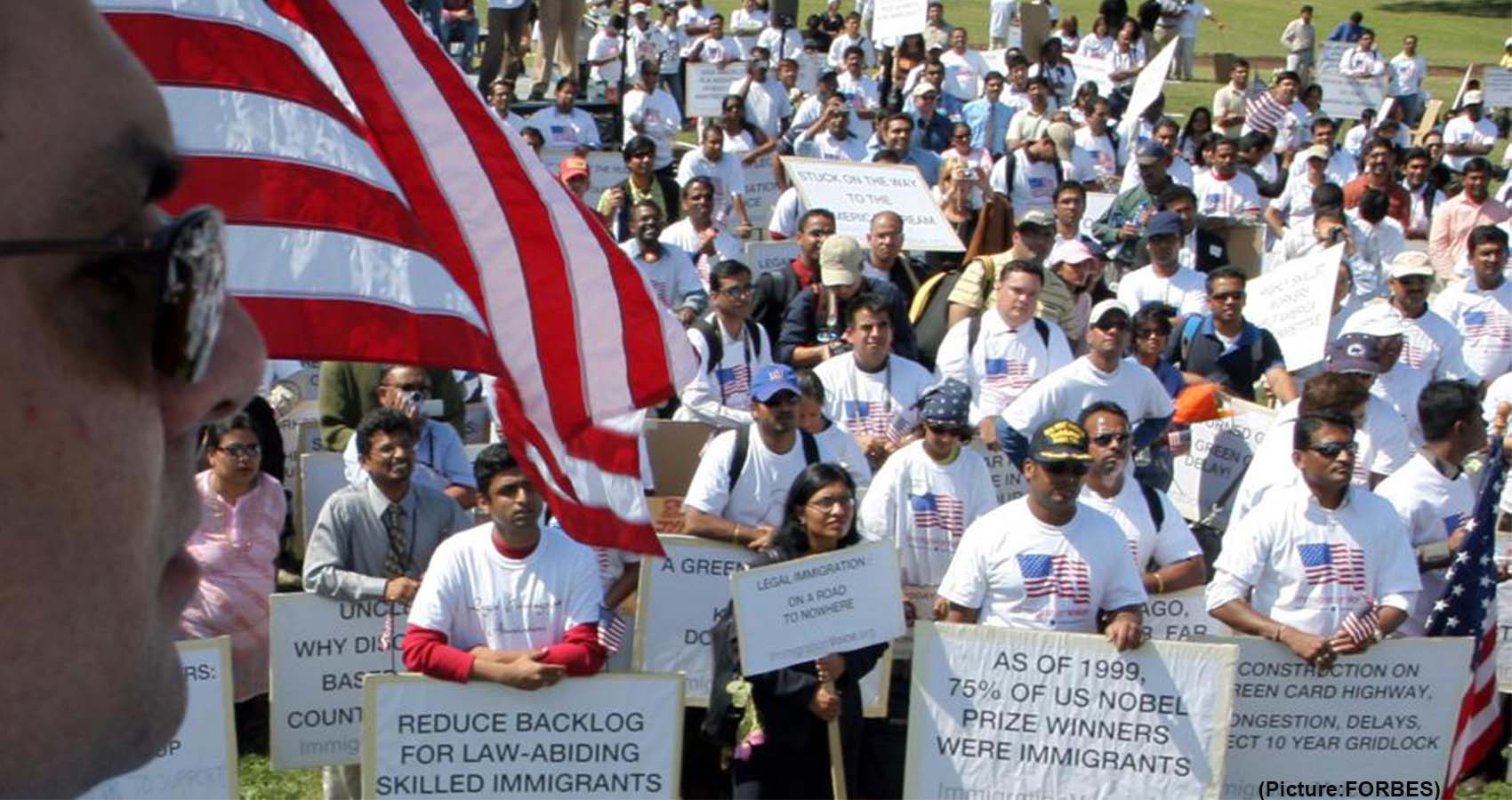
 Under these quota rules, unused Green Cards in the Family-based categories are added to the Employment-based categories and vice versa. Typically, a very large percentage of Family-based Green Cards are issued by U.S. Consulates abroad (through the Immigrant Visa application process) and a very large percentage of Employment-based Green Cards are issued by the USCIS in the United States through the Adjustment of Status application process. Due to such restrictions, the American economy is unable to access the full international talent pool of high-skilled workers already present and working in the United States today – indeed, the very scientists, inventors, health care workers, entrepreneurs, and other professionals that give the United States its edge over its global competitors today, the lawmakers write.
Under these quota rules, unused Green Cards in the Family-based categories are added to the Employment-based categories and vice versa. Typically, a very large percentage of Family-based Green Cards are issued by U.S. Consulates abroad (through the Immigrant Visa application process) and a very large percentage of Employment-based Green Cards are issued by the USCIS in the United States through the Adjustment of Status application process. Due to such restrictions, the American economy is unable to access the full international talent pool of high-skilled workers already present and working in the United States today – indeed, the very scientists, inventors, health care workers, entrepreneurs, and other professionals that give the United States its edge over its global competitors today, the lawmakers write.
 The restriction does not apply to international cargo operations. Exceptions are also made to international flights under travel bubble agreements or flights approved by the DGCA. India currently has travel bubble agreements with 28 countries, the Indian Civil Aviation Ministry website indicates. The DGCA also said that scheduled international flights might be allowed on selected routes on a case-to-case basis. Commercial international flights have remained suspended since March 23, 2020, to check the spread of the Covid-19 infection. The Indian government had initially imposed international travel restrictions in March 2020, which have since been prolonged by almost 18 months Special international flights were also operating under the ‘Vande Bharat Mission’ since May 2020 to bring home thousands of Indian nationals stranded abroad due to the
The restriction does not apply to international cargo operations. Exceptions are also made to international flights under travel bubble agreements or flights approved by the DGCA. India currently has travel bubble agreements with 28 countries, the Indian Civil Aviation Ministry website indicates. The DGCA also said that scheduled international flights might be allowed on selected routes on a case-to-case basis. Commercial international flights have remained suspended since March 23, 2020, to check the spread of the Covid-19 infection. The Indian government had initially imposed international travel restrictions in March 2020, which have since been prolonged by almost 18 months Special international flights were also operating under the ‘Vande Bharat Mission’ since May 2020 to bring home thousands of Indian nationals stranded abroad due to the 
 This is the first such attempt in the state where expatriates, and returnees, of a village have come together and mobilized capital for a business enterprise of this kind. The total investment of Rs 18 crore was raised from 207 people. Of these, 147 invested only Rs 1 lakh each. The price of a share was fixed at Rs 50,000, and an individual had to invest in at least two shares. There was a cap on the maximum investment as well – Rs 40 lakh per person. “The major highlight of the venture is that a large section of investors are ordinary people who have some small savings, a few lakh rupees, after years of toil in the Gulf. But for an initiative of this type, they would not have been able to be a part of a professional business venture,” said GTF Steels Chairman Mohammed Basheer Nadammal.
This is the first such attempt in the state where expatriates, and returnees, of a village have come together and mobilized capital for a business enterprise of this kind. The total investment of Rs 18 crore was raised from 207 people. Of these, 147 invested only Rs 1 lakh each. The price of a share was fixed at Rs 50,000, and an individual had to invest in at least two shares. There was a cap on the maximum investment as well – Rs 40 lakh per person. “The major highlight of the venture is that a large section of investors are ordinary people who have some small savings, a few lakh rupees, after years of toil in the Gulf. But for an initiative of this type, they would not have been able to be a part of a professional business venture,” said GTF Steels Chairman Mohammed Basheer Nadammal.
 From the baptism of Peter Pope (in the year Shakespeare died) to the death of Catherine of Bengal; the chronicles of Joseph Emin, Abu Taleb and Mirza Ihtishamuddin to Sake Dean Mahomet’s Hindoostane Coffee House; Gandhi’s experiments in Holborn to the recovery of the lost manuscript of Tagore’s Gitanjali in Baker Street; Jinnah’s trysts with Shakespeare to Nehru’s duels with destiny; Princess Sophia’s defiance of the royalty to Anand establishing the Progressive Writers’ Association in Soho; Aurobindo Ghose’s Victorian idylls to Subhas Chandra Bose’s interwar days; the four Indian politicians who sat at Westminster to the blood pacts for Pakistan; India in the shockwaves at Whitehall to India in the radiowaves at the BBC; the intrigues of India House and India League to hundreds of East Bengali restaurateurs seasoning curries and kebabs around Brick Lane�the book details all this and more. “Indians in London” is a scintillating adventure across the Thames, the Embankment, the Southwarks, Bloomsburys, Kensingtons, Piccadillys, Wembleys and Brick Lanes that saw a nation-a cultural, historical and literary revolution that redefined London over half a millennium of Indian migrations-reborn as independent India.
From the baptism of Peter Pope (in the year Shakespeare died) to the death of Catherine of Bengal; the chronicles of Joseph Emin, Abu Taleb and Mirza Ihtishamuddin to Sake Dean Mahomet’s Hindoostane Coffee House; Gandhi’s experiments in Holborn to the recovery of the lost manuscript of Tagore’s Gitanjali in Baker Street; Jinnah’s trysts with Shakespeare to Nehru’s duels with destiny; Princess Sophia’s defiance of the royalty to Anand establishing the Progressive Writers’ Association in Soho; Aurobindo Ghose’s Victorian idylls to Subhas Chandra Bose’s interwar days; the four Indian politicians who sat at Westminster to the blood pacts for Pakistan; India in the shockwaves at Whitehall to India in the radiowaves at the BBC; the intrigues of India House and India League to hundreds of East Bengali restaurateurs seasoning curries and kebabs around Brick Lane�the book details all this and more. “Indians in London” is a scintillating adventure across the Thames, the Embankment, the Southwarks, Bloomsburys, Kensingtons, Piccadillys, Wembleys and Brick Lanes that saw a nation-a cultural, historical and literary revolution that redefined London over half a millennium of Indian migrations-reborn as independent India.

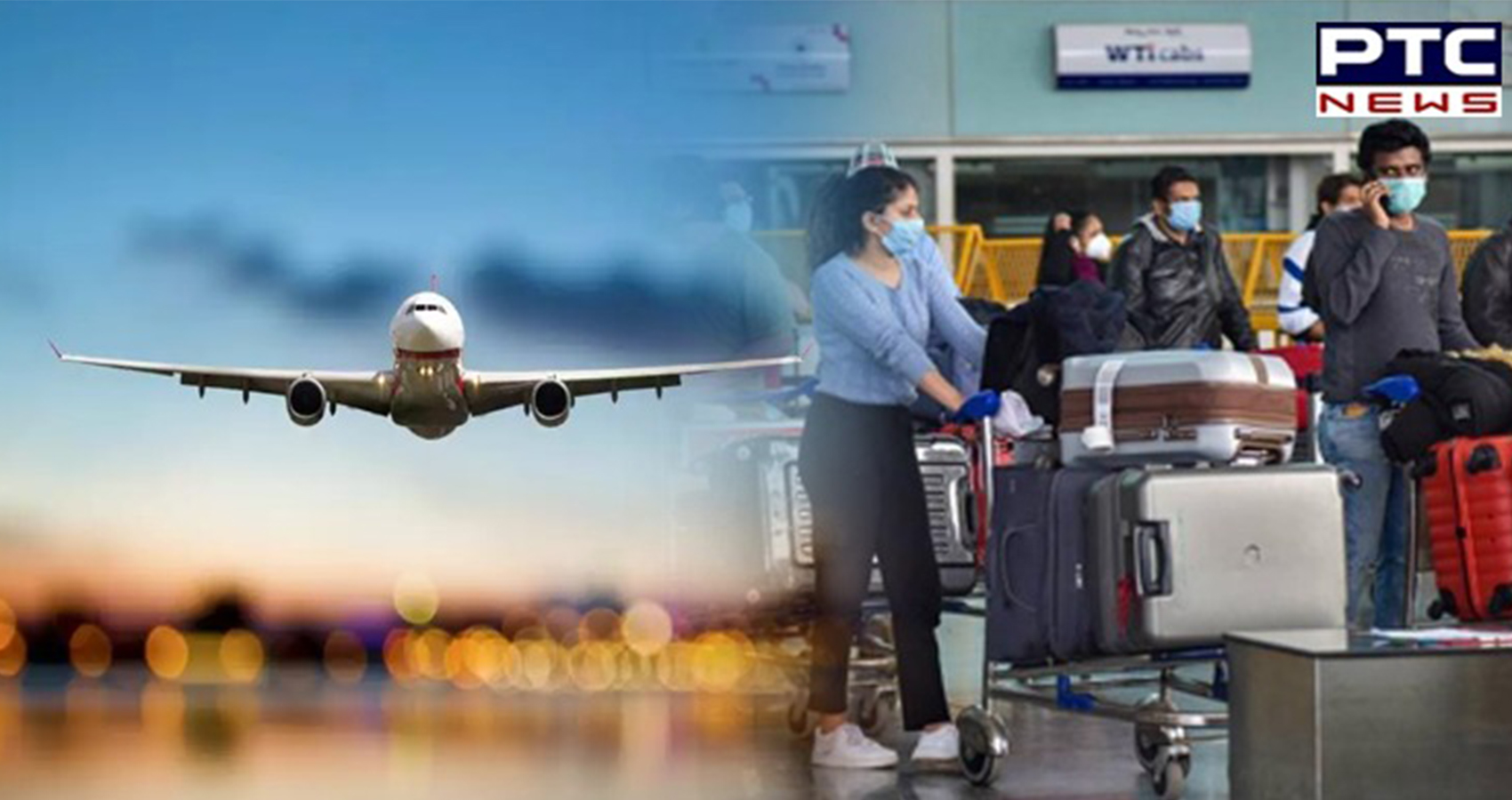
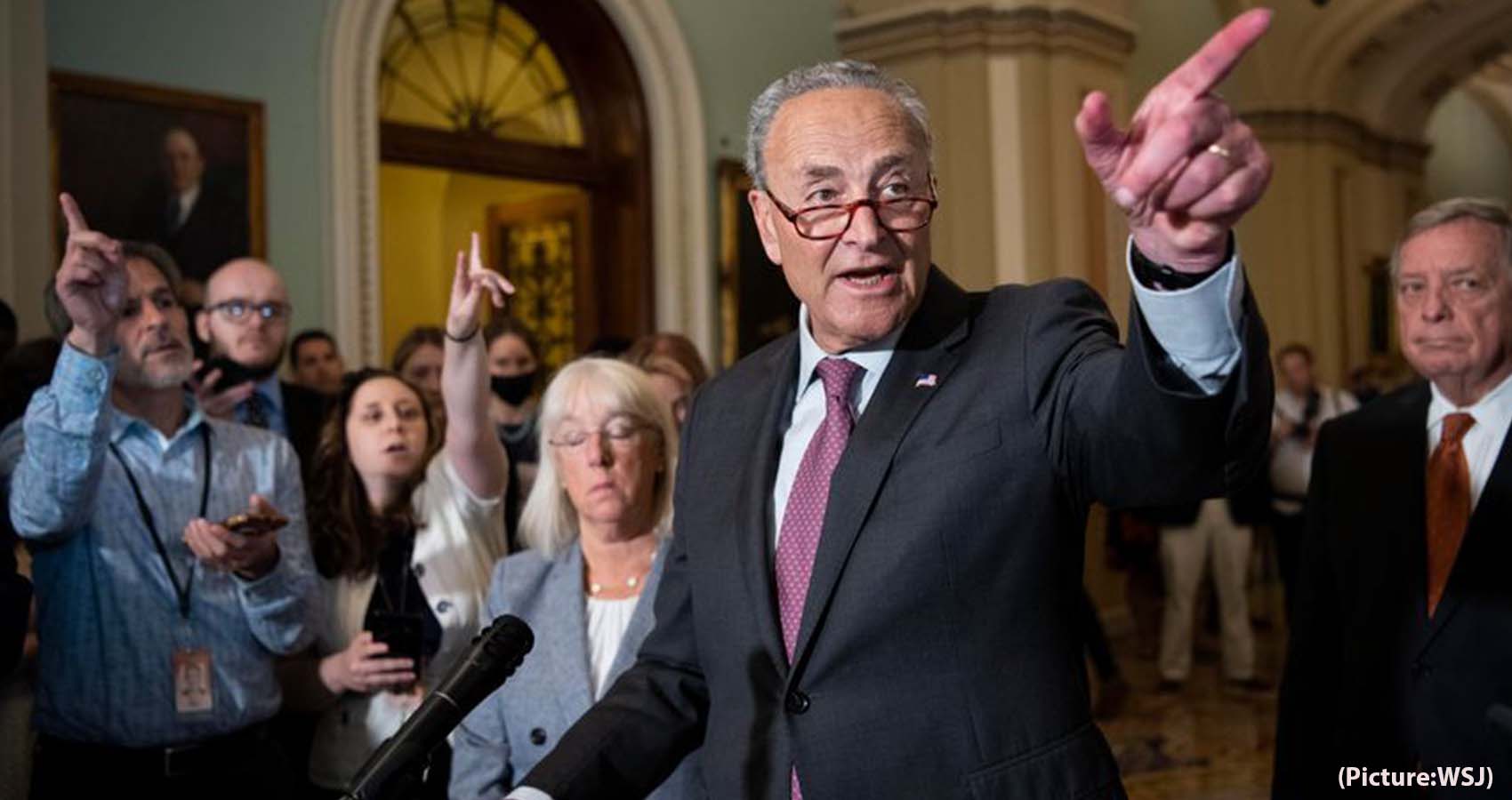
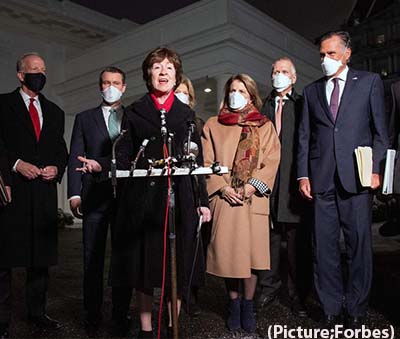 Lawmakers approved Democrats’ budget resolution on a party-line 50-49 vote, a crucial step for a president and party set on training the government’s fiscal might at assisting families, creating jobs and fighting climate change. Higher taxes on the wealthy and corporations would pay for much of it. Passage came despite an avalanche of Republican amendments intended to make their rivals pay a price in next year’s elections for control of Congress.
Lawmakers approved Democrats’ budget resolution on a party-line 50-49 vote, a crucial step for a president and party set on training the government’s fiscal might at assisting families, creating jobs and fighting climate change. Higher taxes on the wealthy and corporations would pay for much of it. Passage came despite an avalanche of Republican amendments intended to make their rivals pay a price in next year’s elections for control of Congress.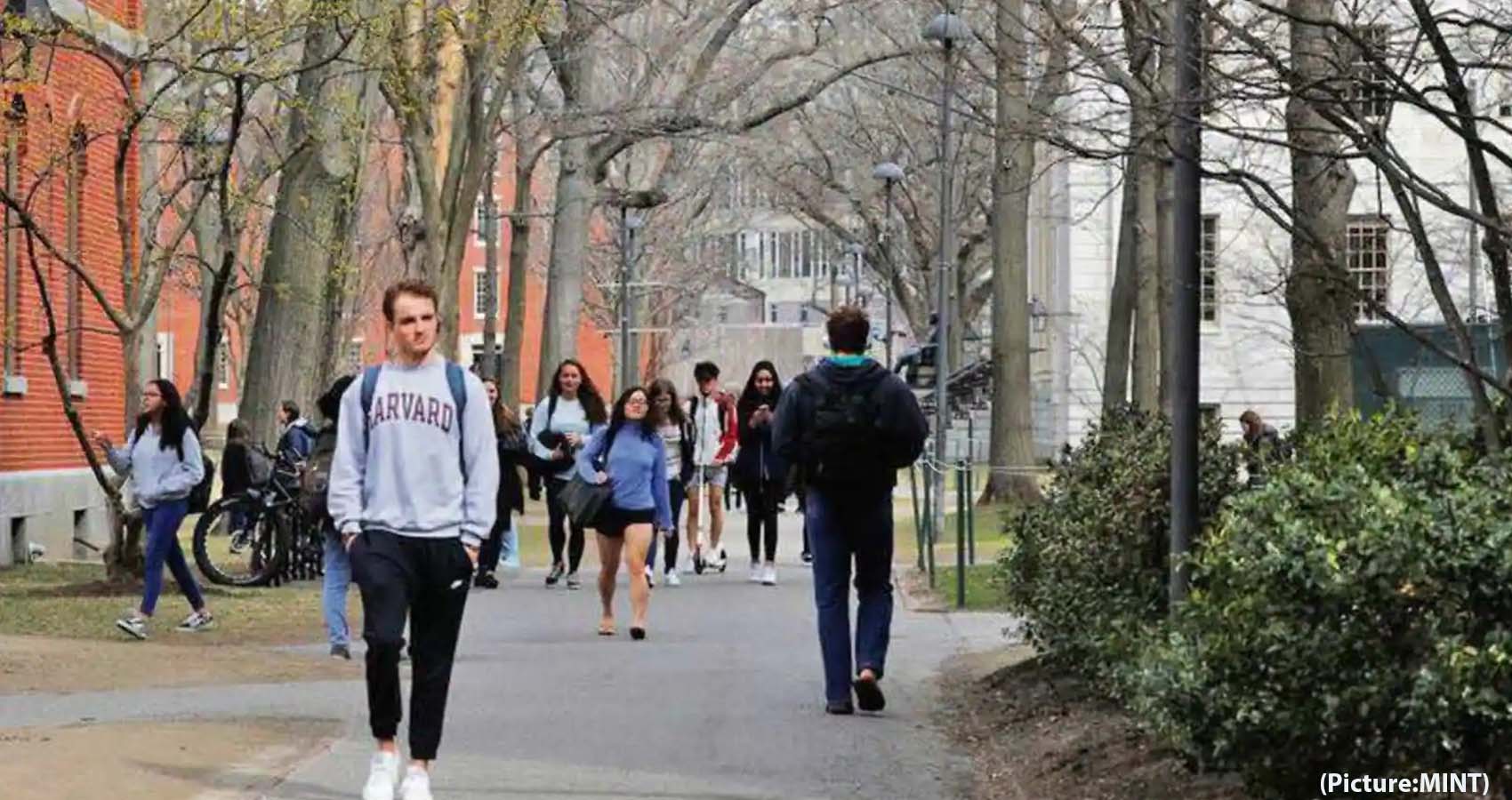
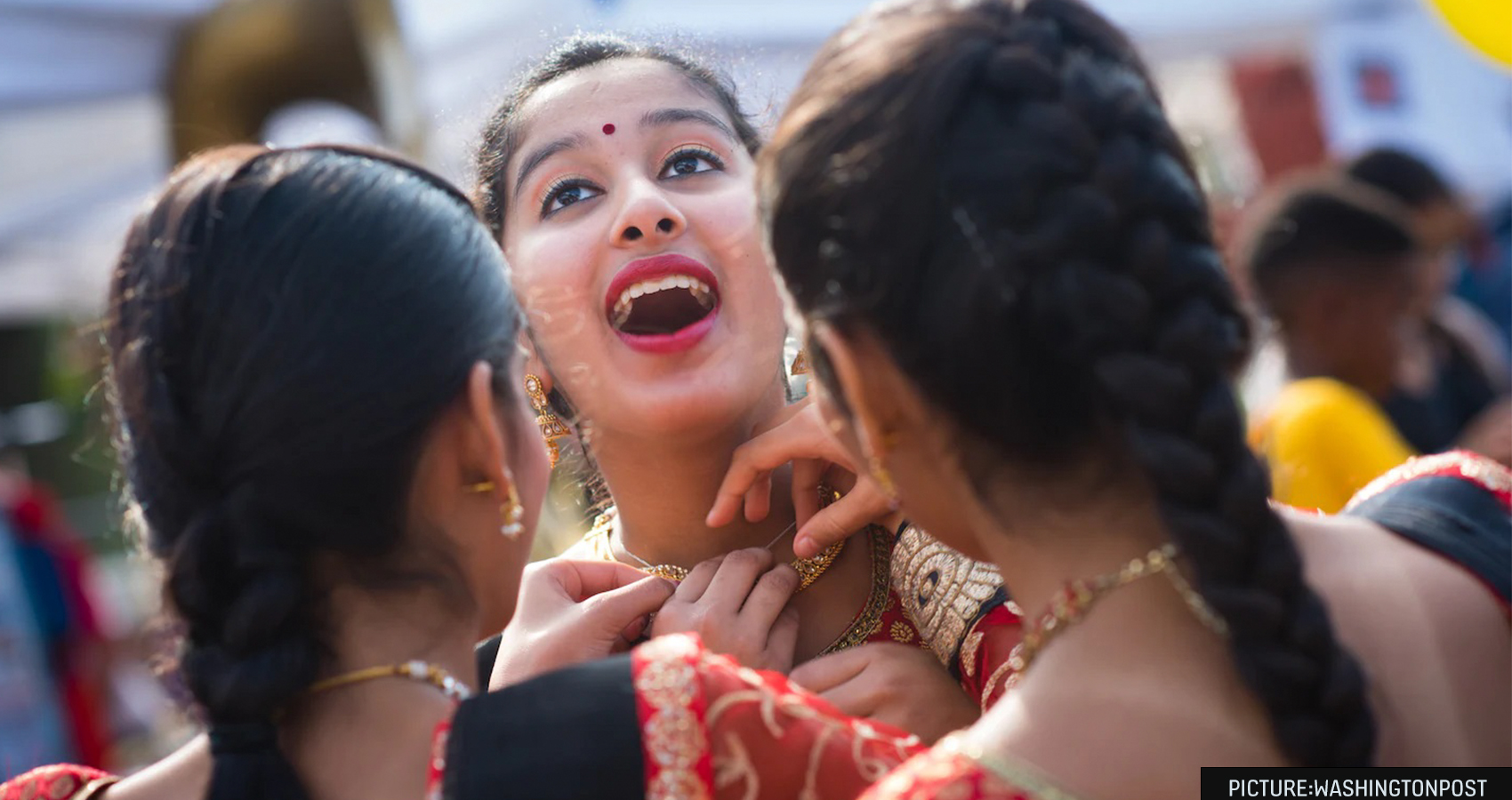
 Overall, the region’s population grew by 12.9% to 6.6 million, less than in past decades. Loudoun County led northern Virginia and the metro area with an increase of 38.4%, while in the Maryland suburbs of D.C., Howard County grew the most, 15.8%.
Overall, the region’s population grew by 12.9% to 6.6 million, less than in past decades. Loudoun County led northern Virginia and the metro area with an increase of 38.4%, while in the Maryland suburbs of D.C., Howard County grew the most, 15.8%.
 The figures released Thursday by the U.S. Census Bureau offered the most detailed portrait yet of how the country has changed since 2010 and will also be instrumental in redrawing the nation’s political maps.
The figures released Thursday by the U.S. Census Bureau offered the most detailed portrait yet of how the country has changed since 2010 and will also be instrumental in redrawing the nation’s political maps.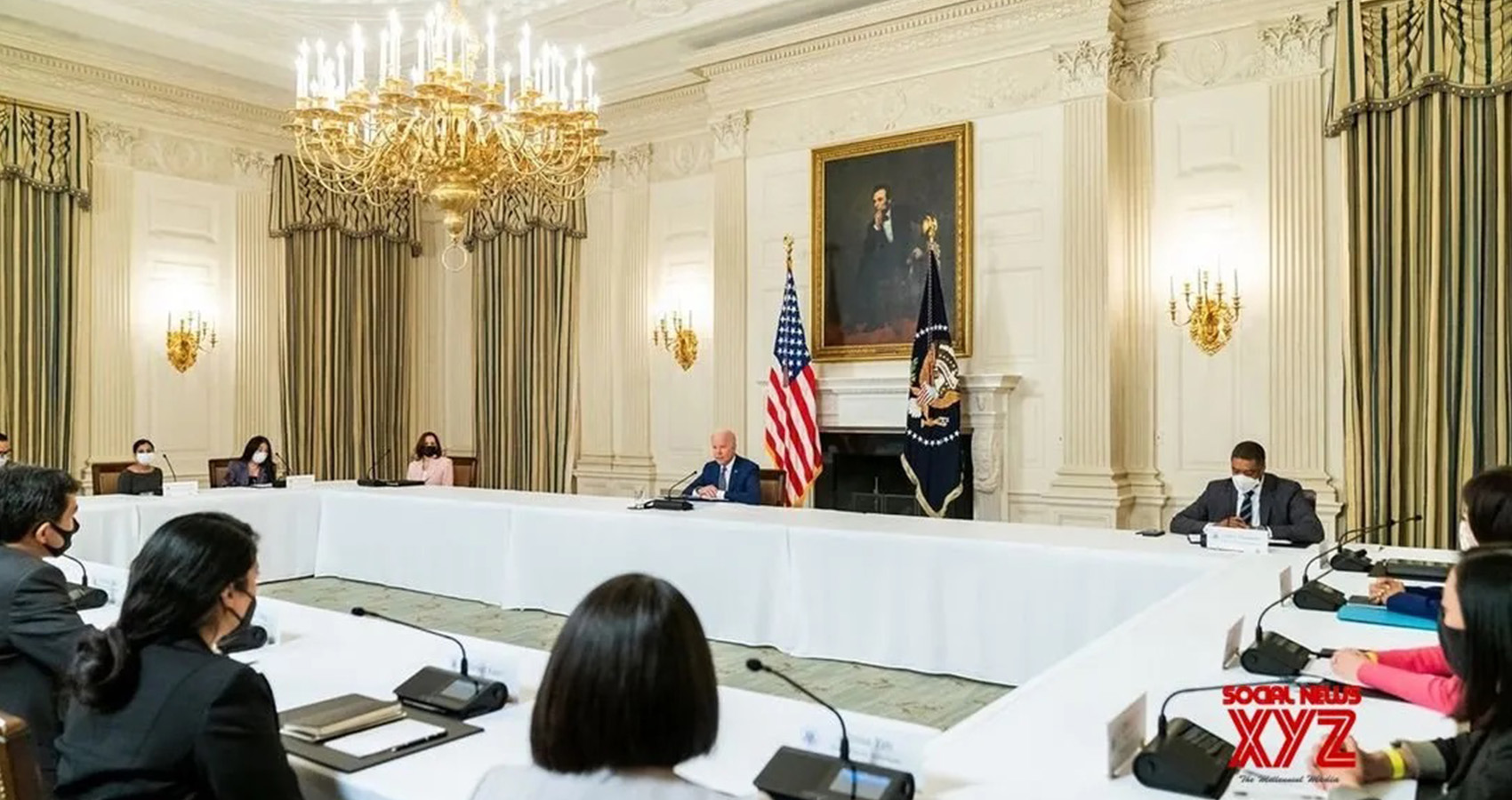
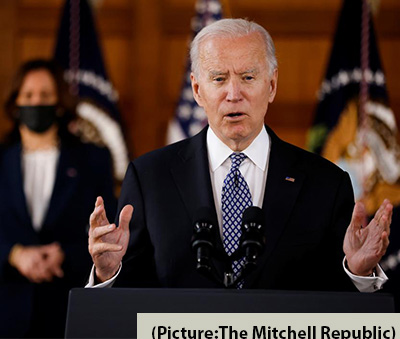 Biden and Harris said they backed achieving this by using the budget process known to get the necessary legislation for it through the Senate, where the Democrats do not have the 60 votes needed for passing a separate law for it.
Biden and Harris said they backed achieving this by using the budget process known to get the necessary legislation for it through the Senate, where the Democrats do not have the 60 votes needed for passing a separate law for it.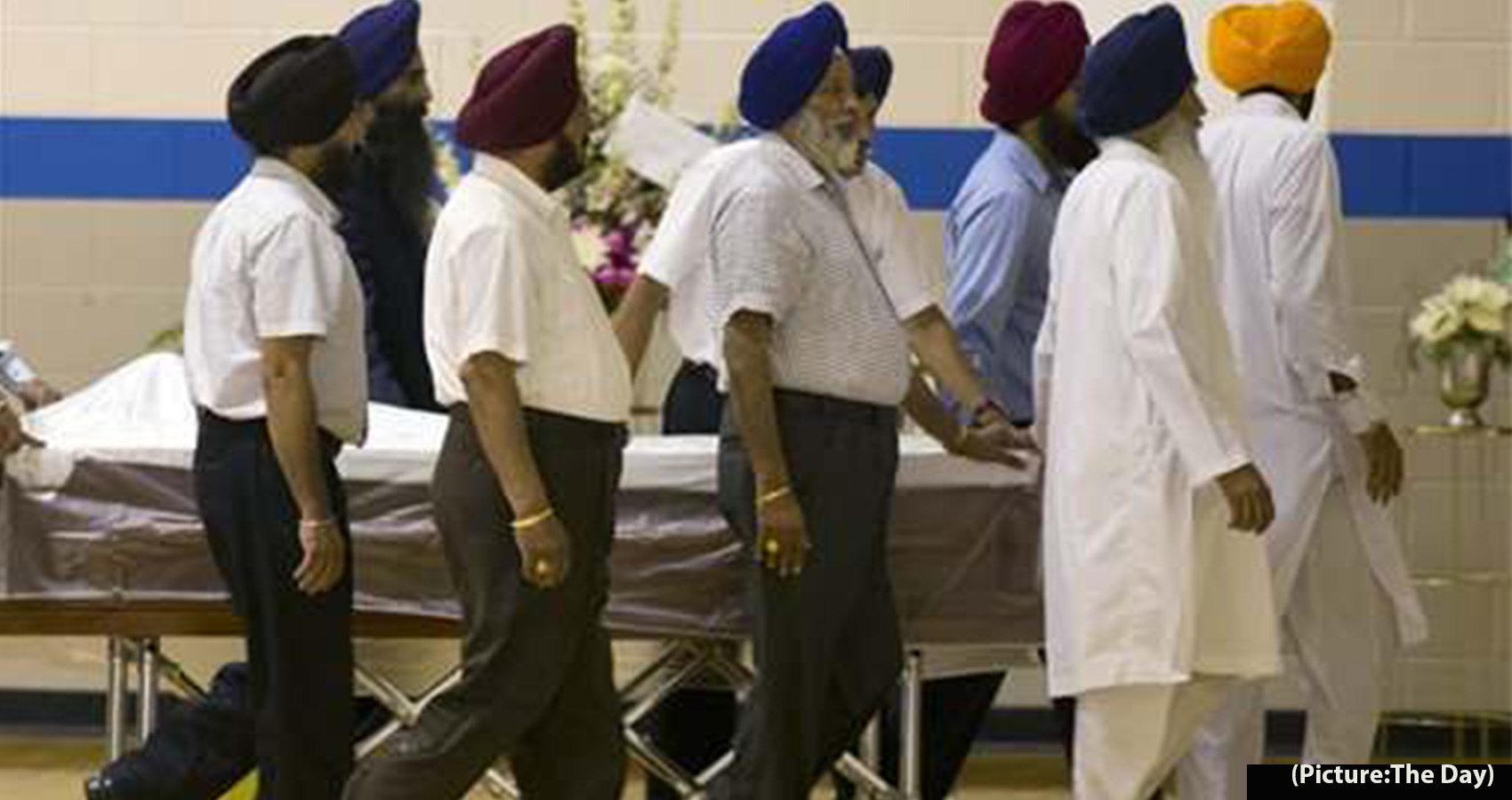
 The commemoration took place on Thursday, August 5th during a meeting with representatives of the Asian, Hawaiian and Pacific Islander community during which they discussed combating hate crimes against Asians, the White House said.
The commemoration took place on Thursday, August 5th during a meeting with representatives of the Asian, Hawaiian and Pacific Islander community during which they discussed combating hate crimes against Asians, the White House said.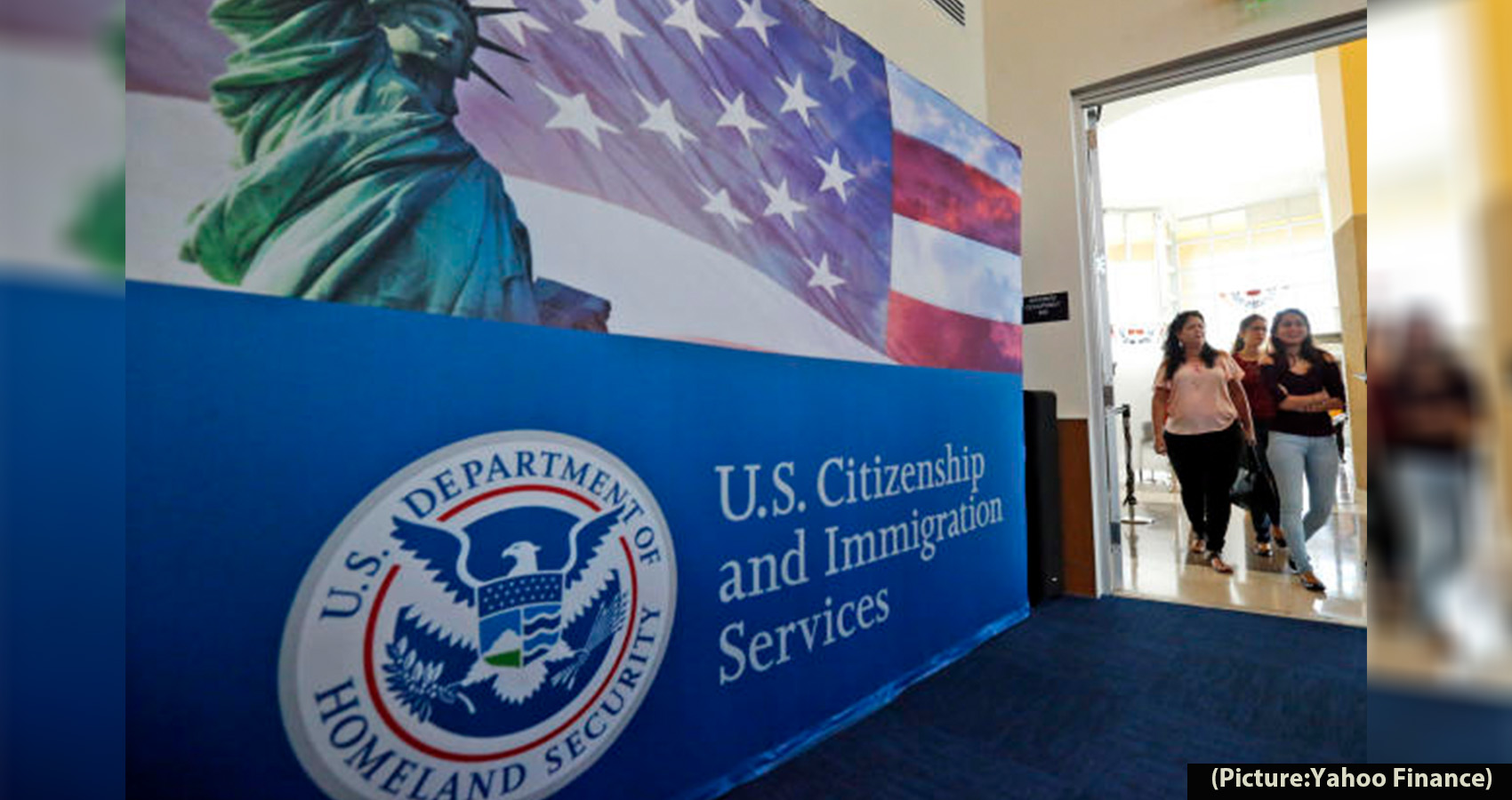

 The recommendation comes because “assigning sex using a binary variable and placing it on the public portion of the birth certificate perpetuates a view that it is immutable,” the AMA’s LGBTQ+ advisory committee stated in a
The recommendation comes because “assigning sex using a binary variable and placing it on the public portion of the birth certificate perpetuates a view that it is immutable,” the AMA’s LGBTQ+ advisory committee stated in a 
 “Ultimately we realized our case worker was not able to make anything happen,” Wages says. “We’d spent hours refreshing the page to get appointments, and nothing was becoming available. We decided there was no way [we could still go on the trip].”
“Ultimately we realized our case worker was not able to make anything happen,” Wages says. “We’d spent hours refreshing the page to get appointments, and nothing was becoming available. We decided there was no way [we could still go on the trip].”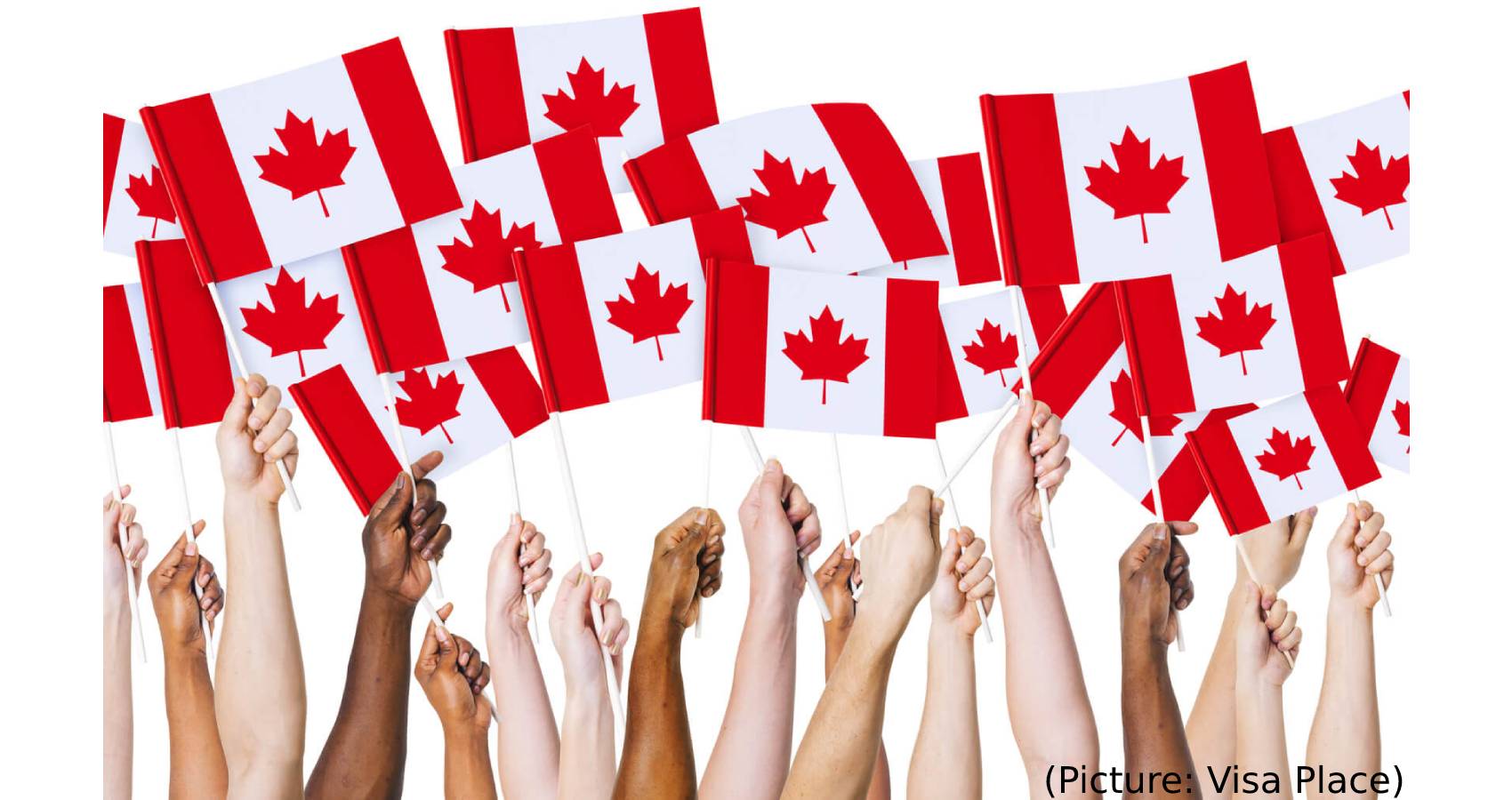
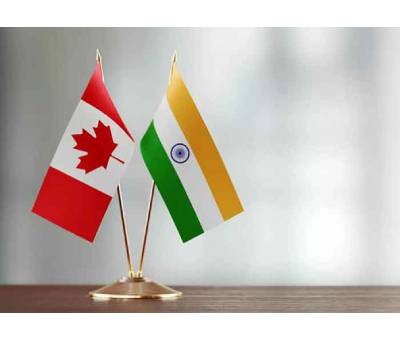 Since Indo-Canadians are one of the fastest growing communities in Canada, they will be the major beneficiaries of the program. Applications can be submitted online over a two-week period, starting September 20.
Since Indo-Canadians are one of the fastest growing communities in Canada, they will be the major beneficiaries of the program. Applications can be submitted online over a two-week period, starting September 20.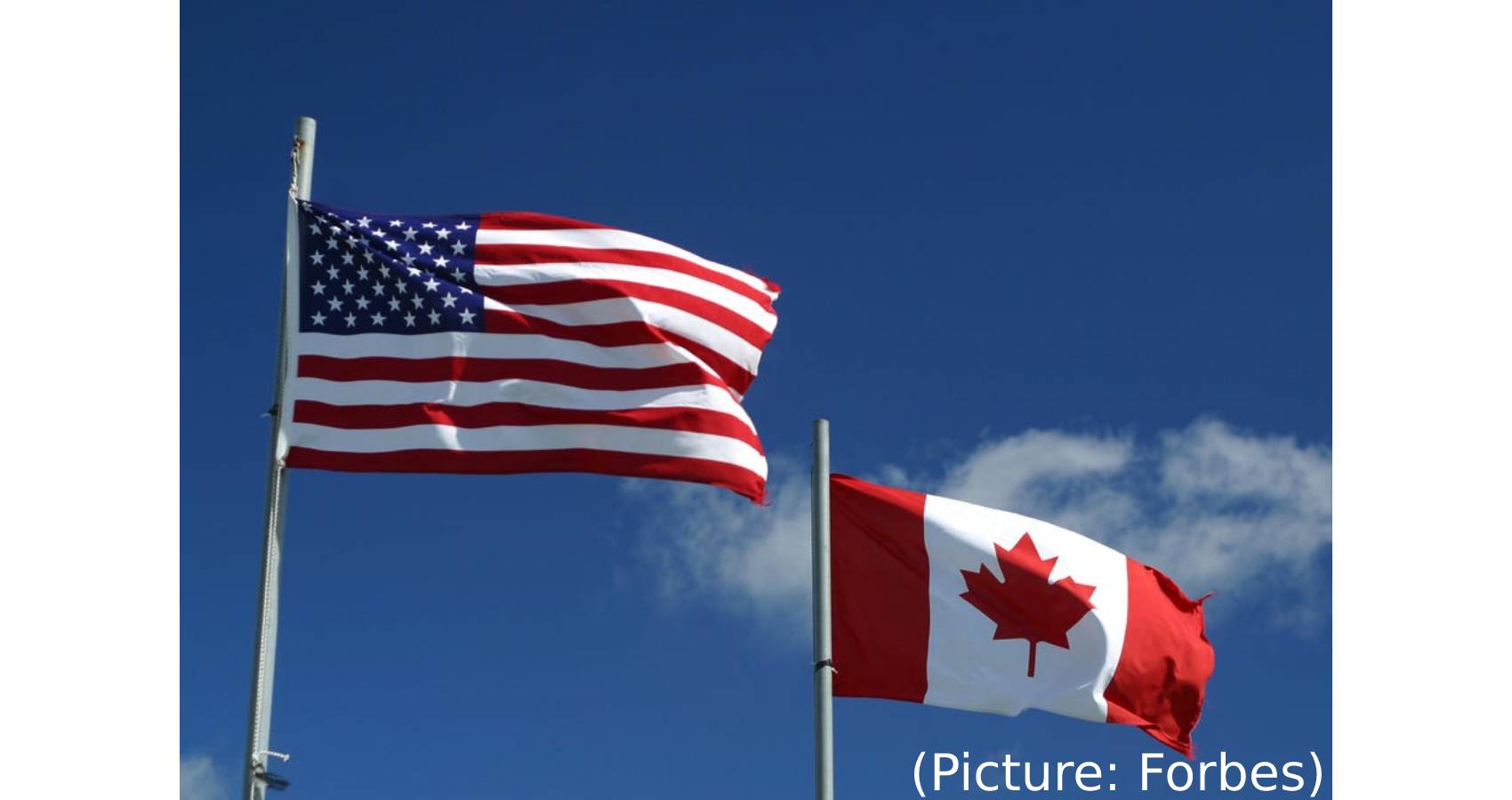
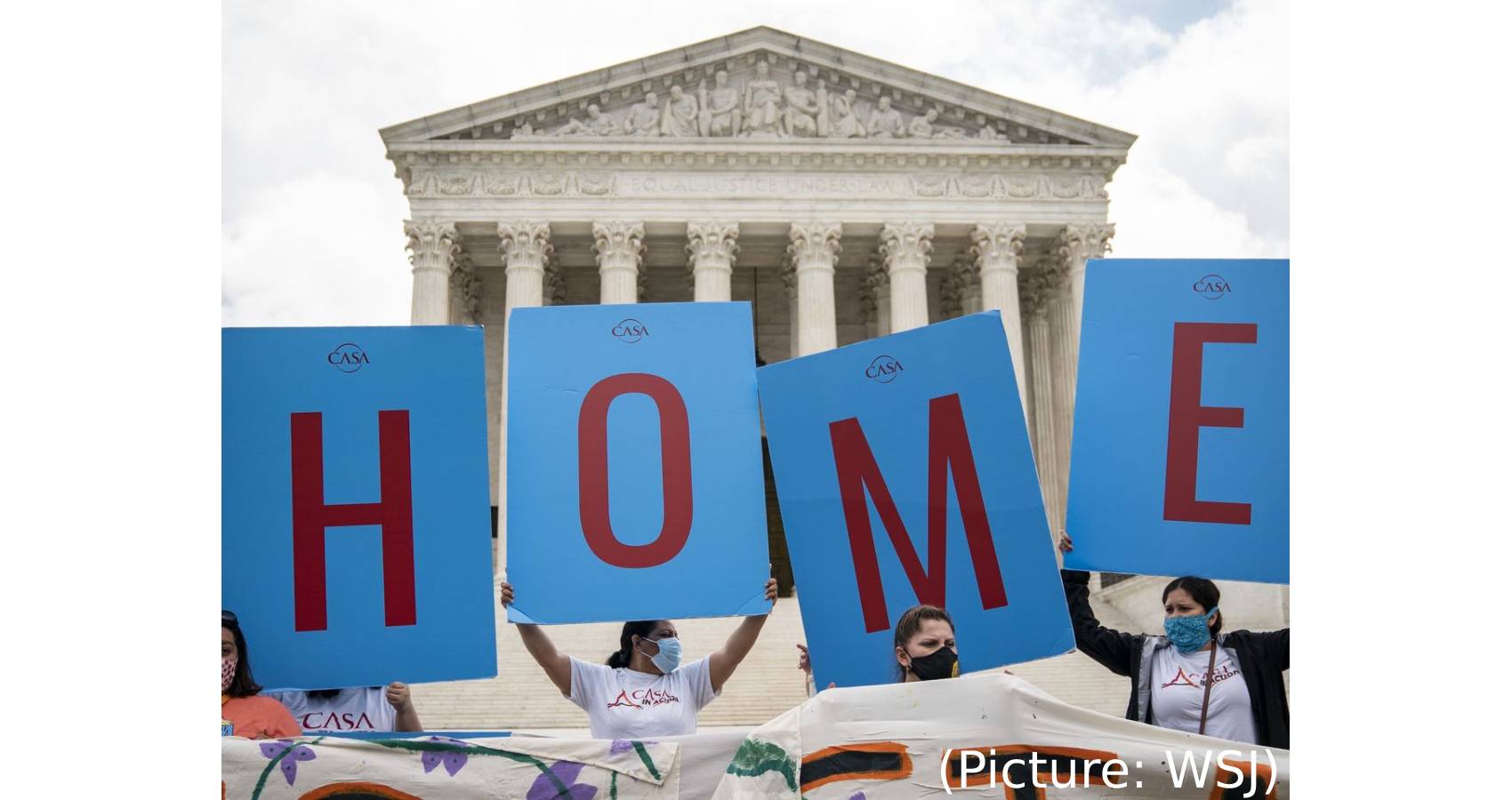
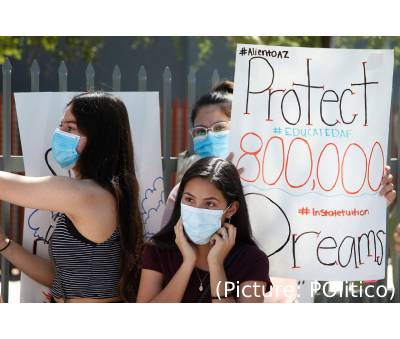 The Biden administration had no immediate response to Friday’s ruling. But the long-awaited knockdown spurred a political outcry and intensified pressure on the White House and Congress to pass an immigration measure this year. Immigrants brought to this country as children, known as “dreamers,” are among the most sympathetic of the 11 million immigrants in the United States illegally. Still, Republican and Democratic lawmakers have been unable to agree on whether to grant them legal status despite months of negotiations.Democrats are considering whether to use a budget reconciliation measure to take that action, a move that would require only a simple majority vote in the evenly divided Senate.
The Biden administration had no immediate response to Friday’s ruling. But the long-awaited knockdown spurred a political outcry and intensified pressure on the White House and Congress to pass an immigration measure this year. Immigrants brought to this country as children, known as “dreamers,” are among the most sympathetic of the 11 million immigrants in the United States illegally. Still, Republican and Democratic lawmakers have been unable to agree on whether to grant them legal status despite months of negotiations.Democrats are considering whether to use a budget reconciliation measure to take that action, a move that would require only a simple majority vote in the evenly divided Senate.
